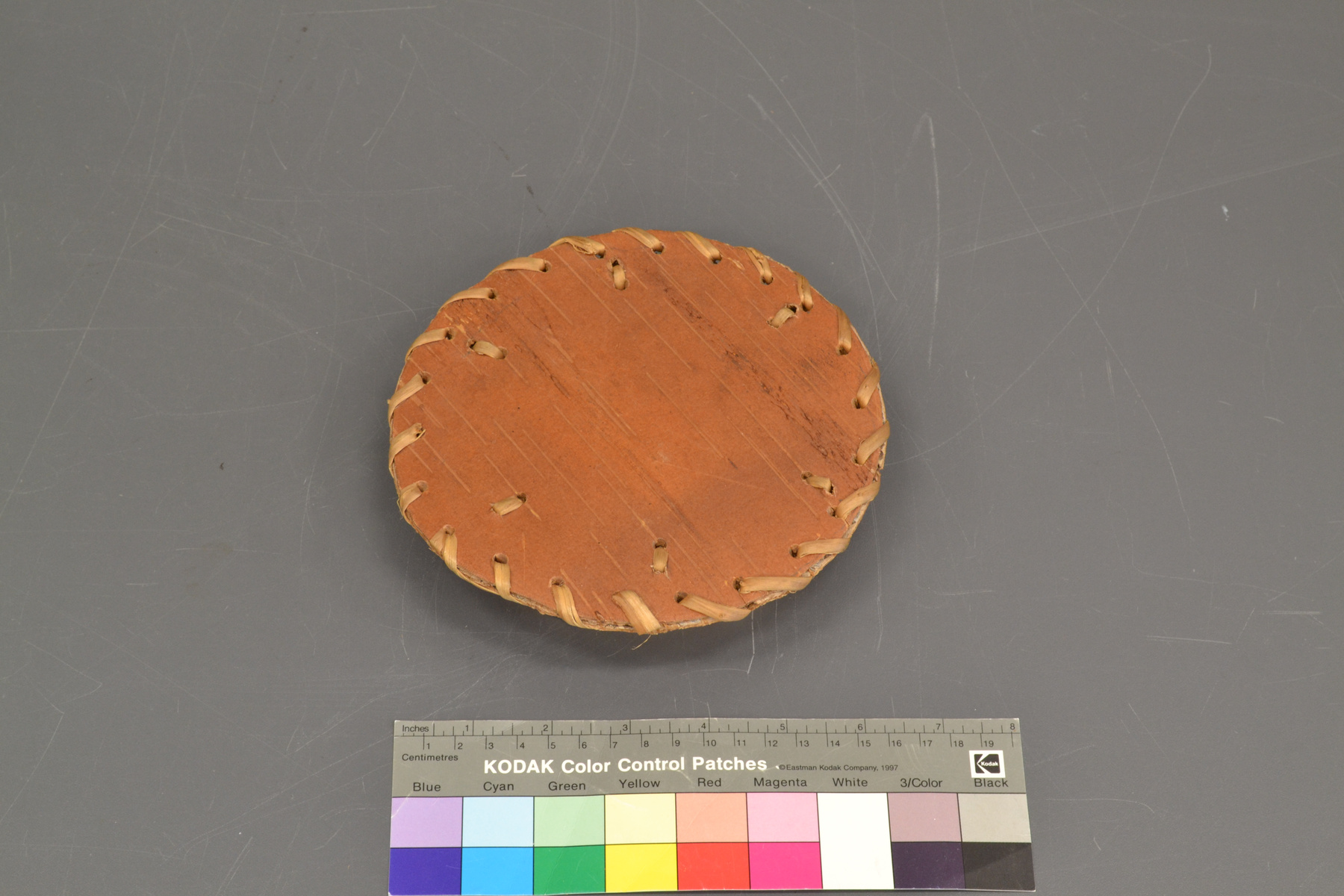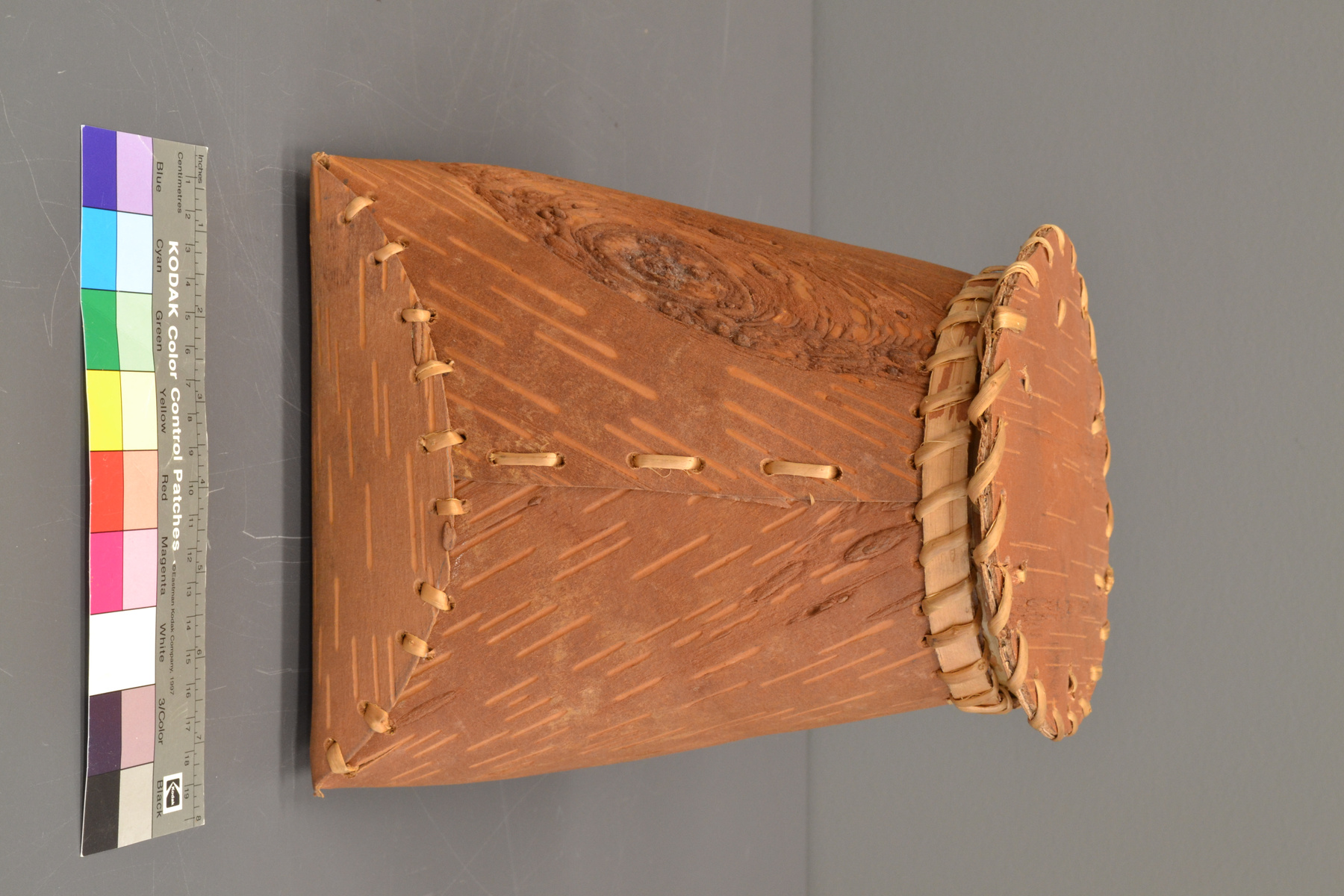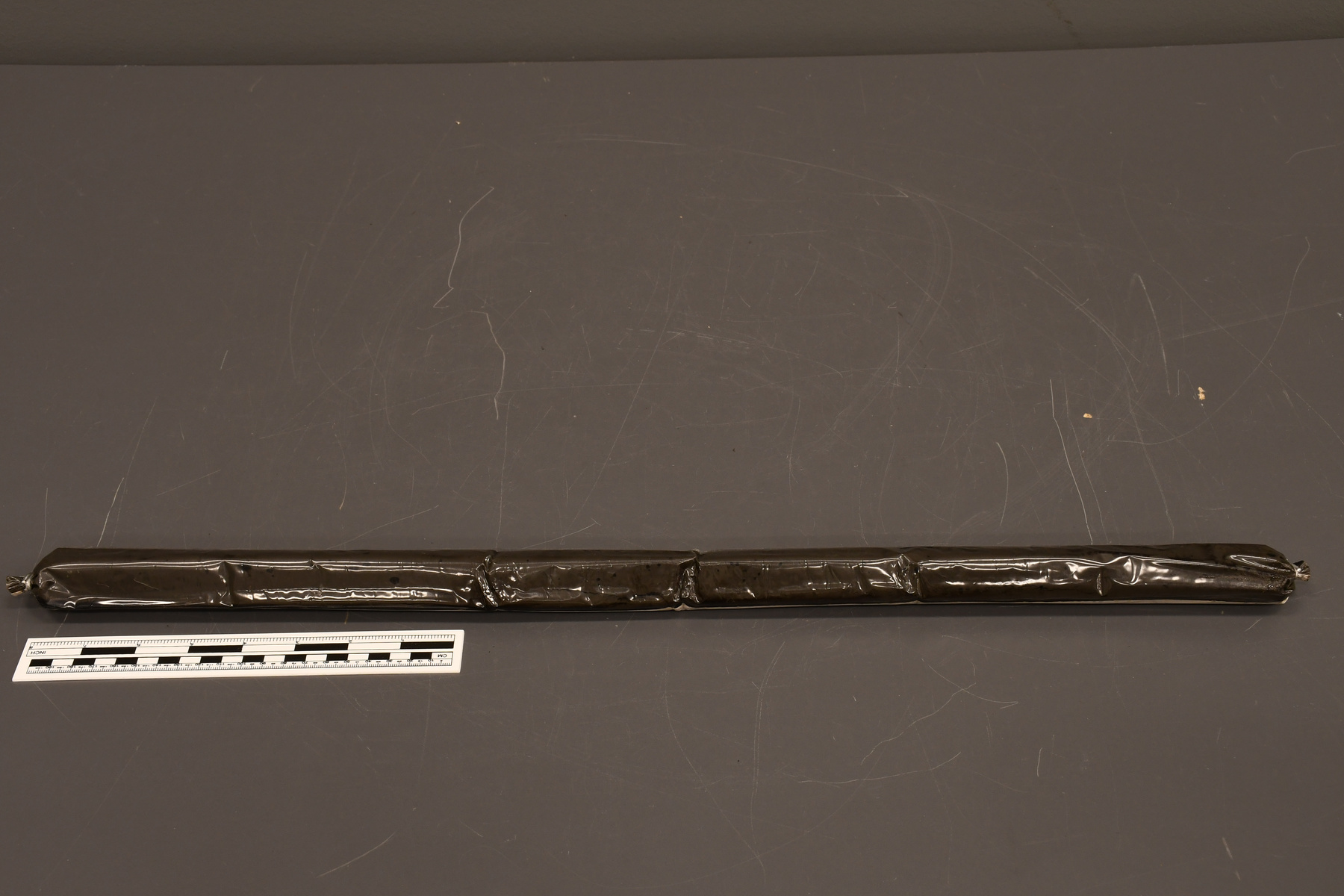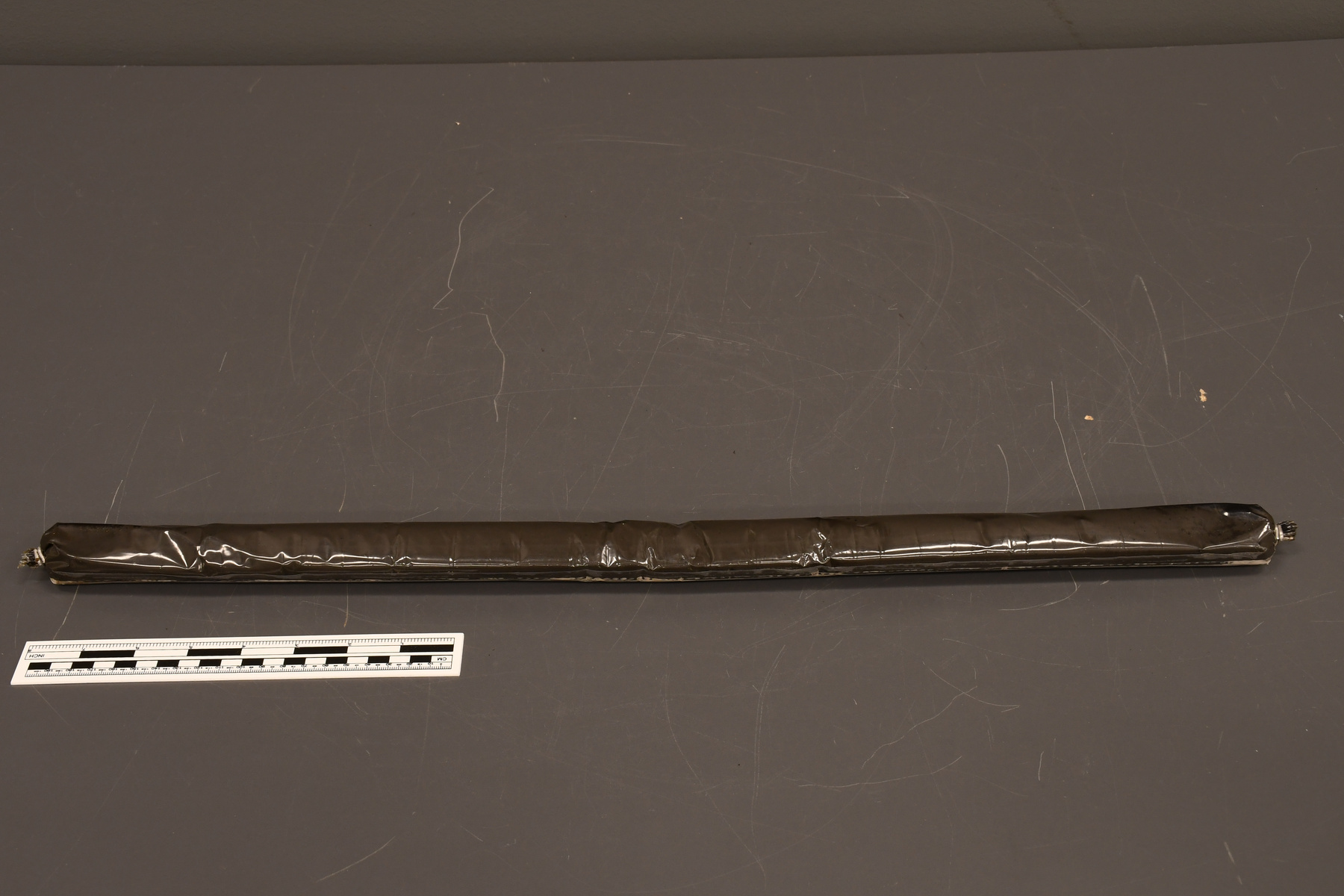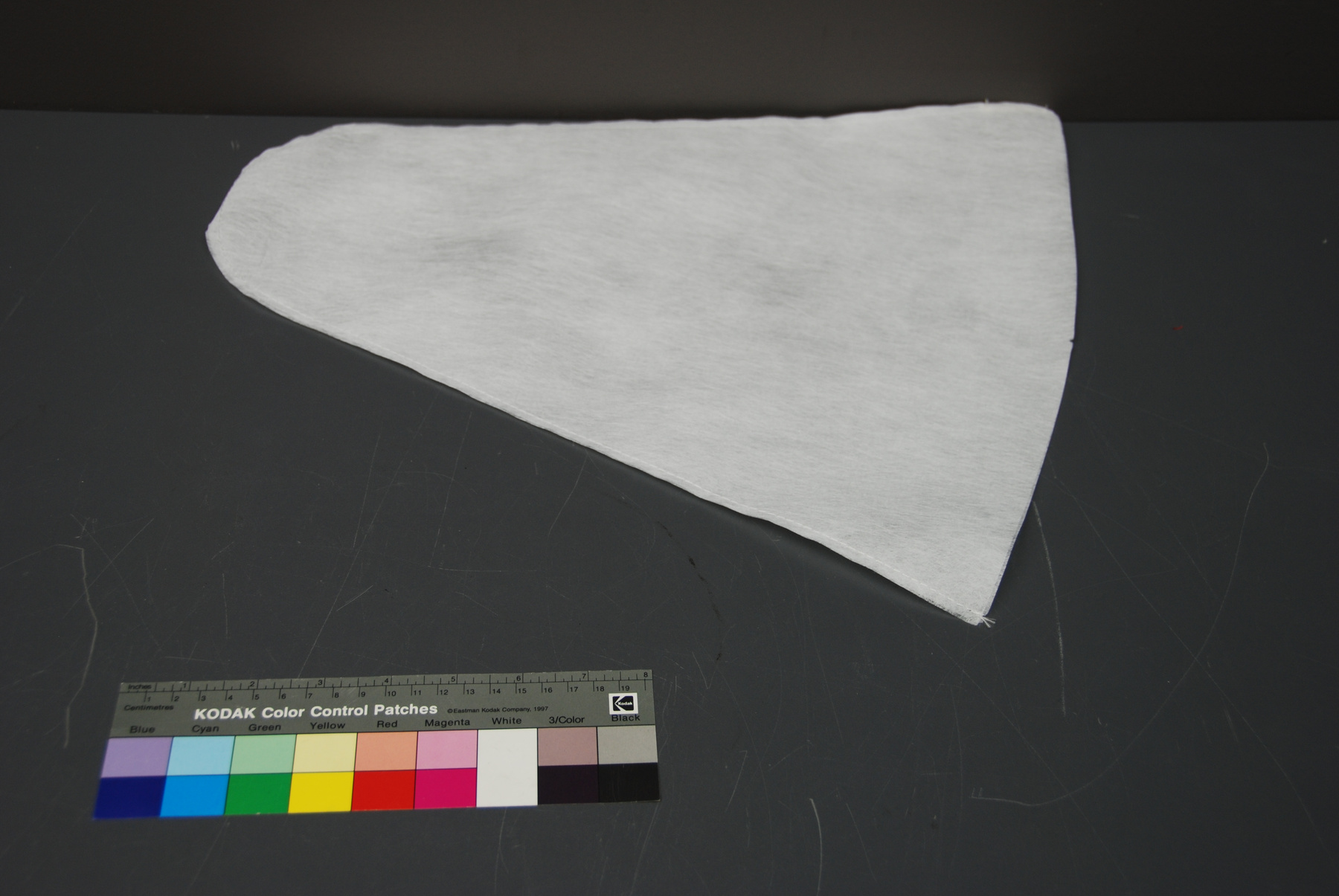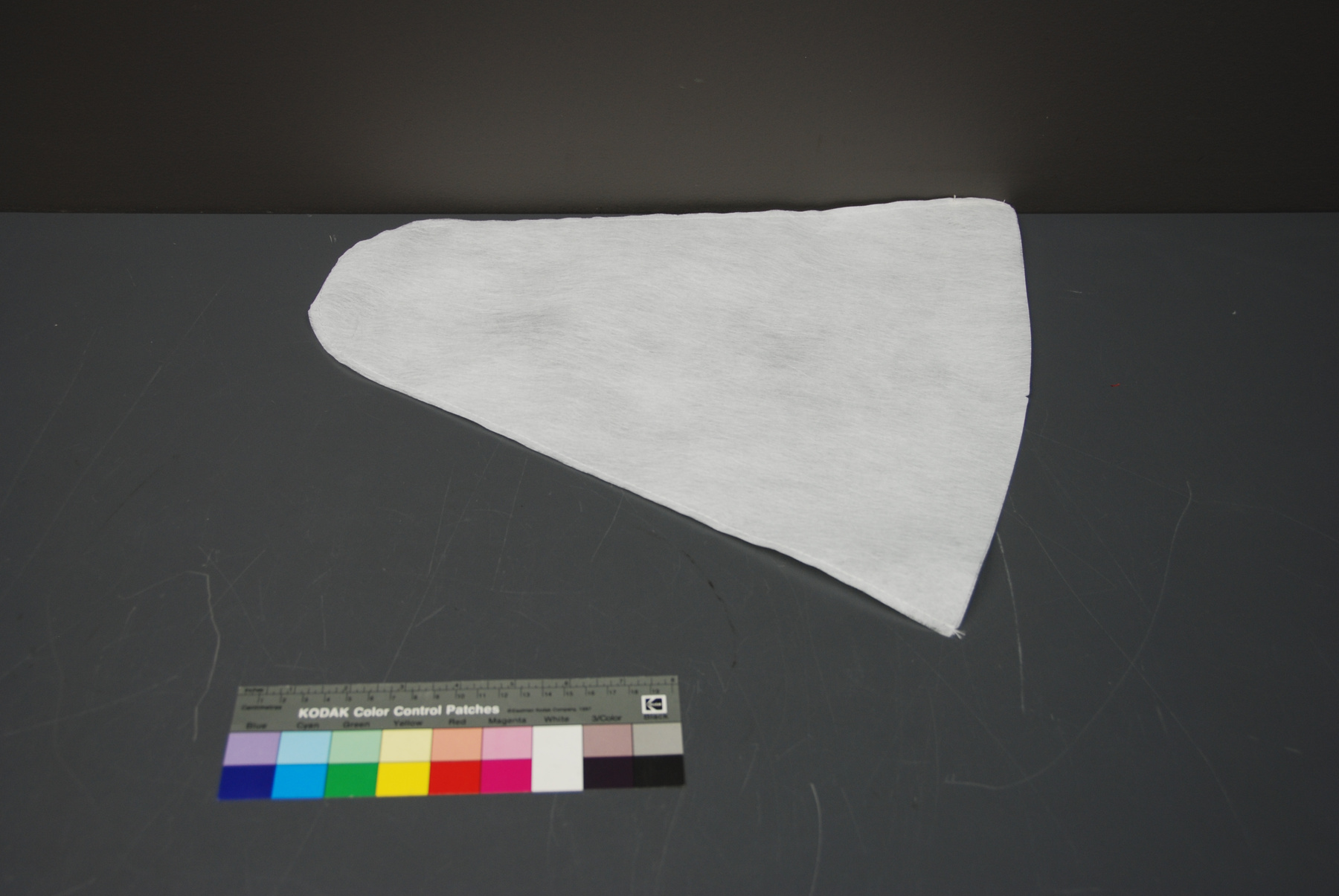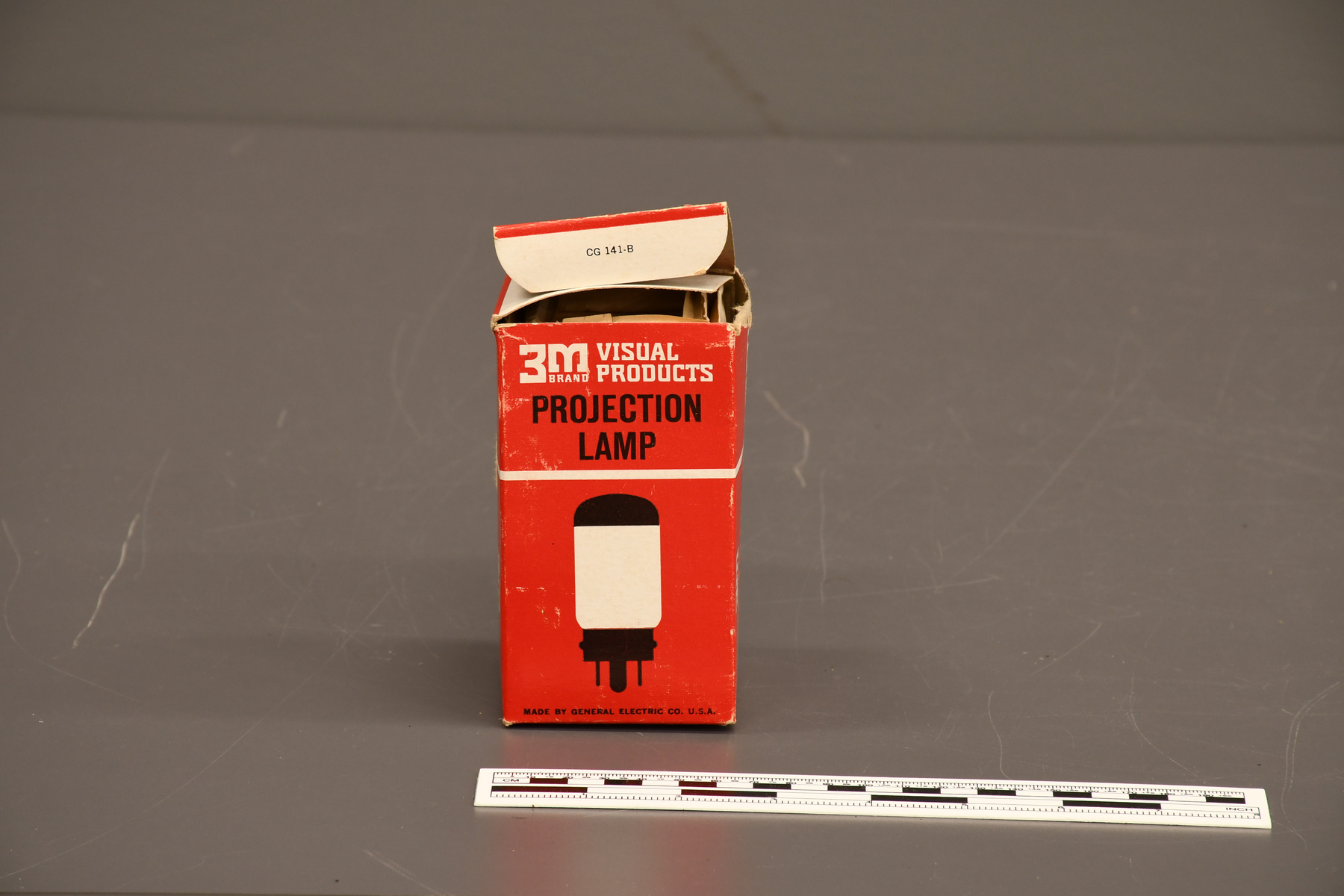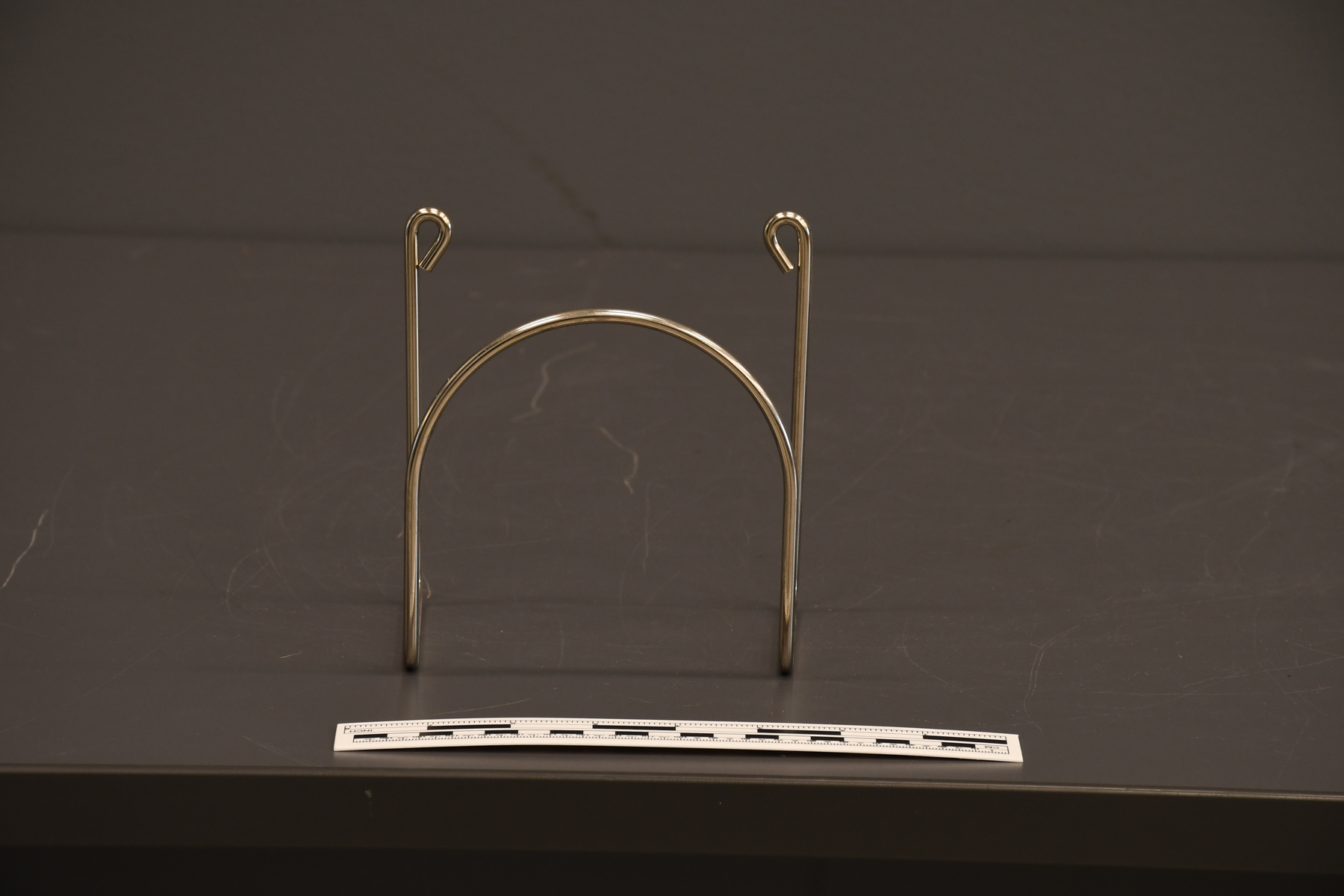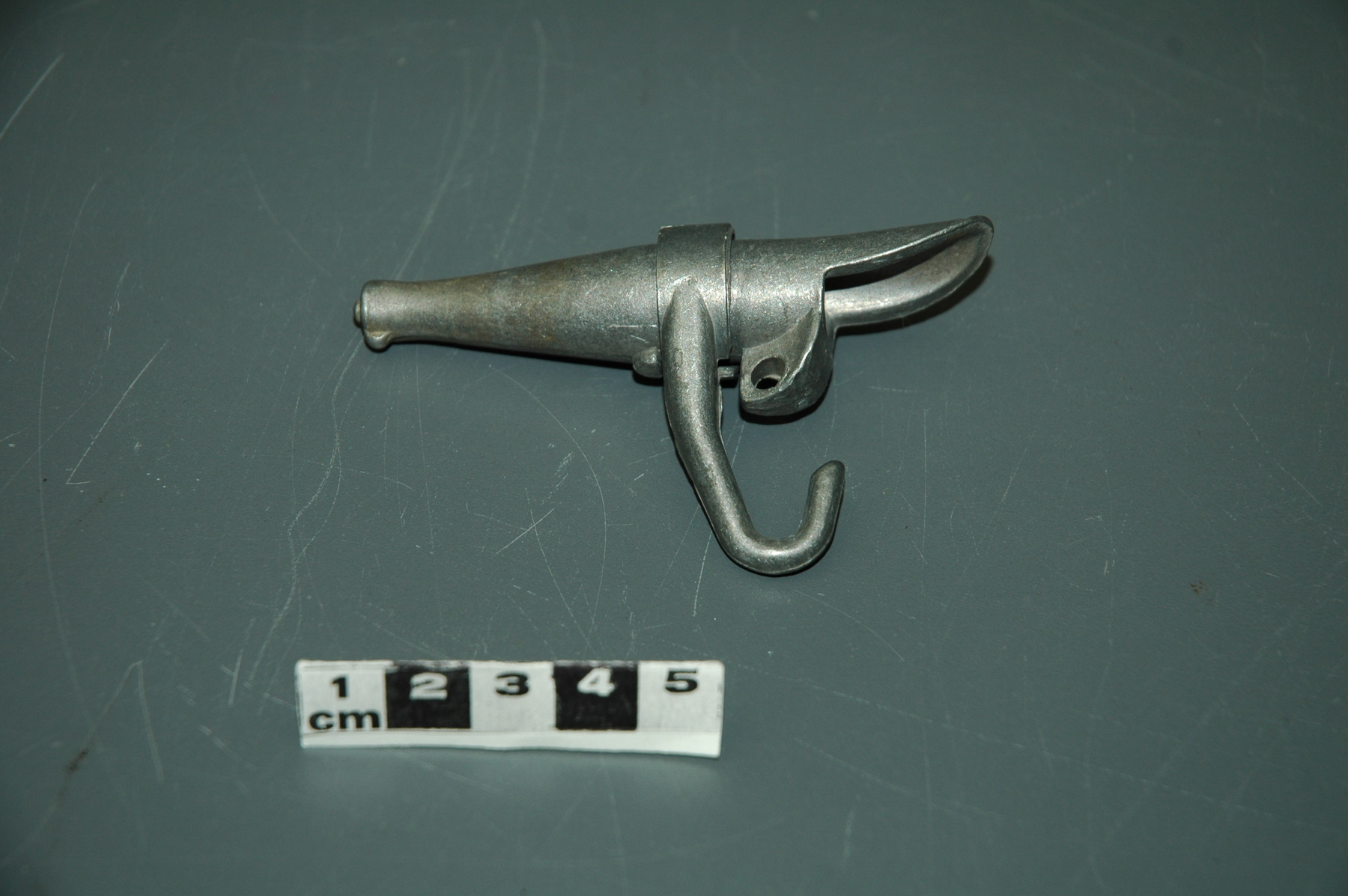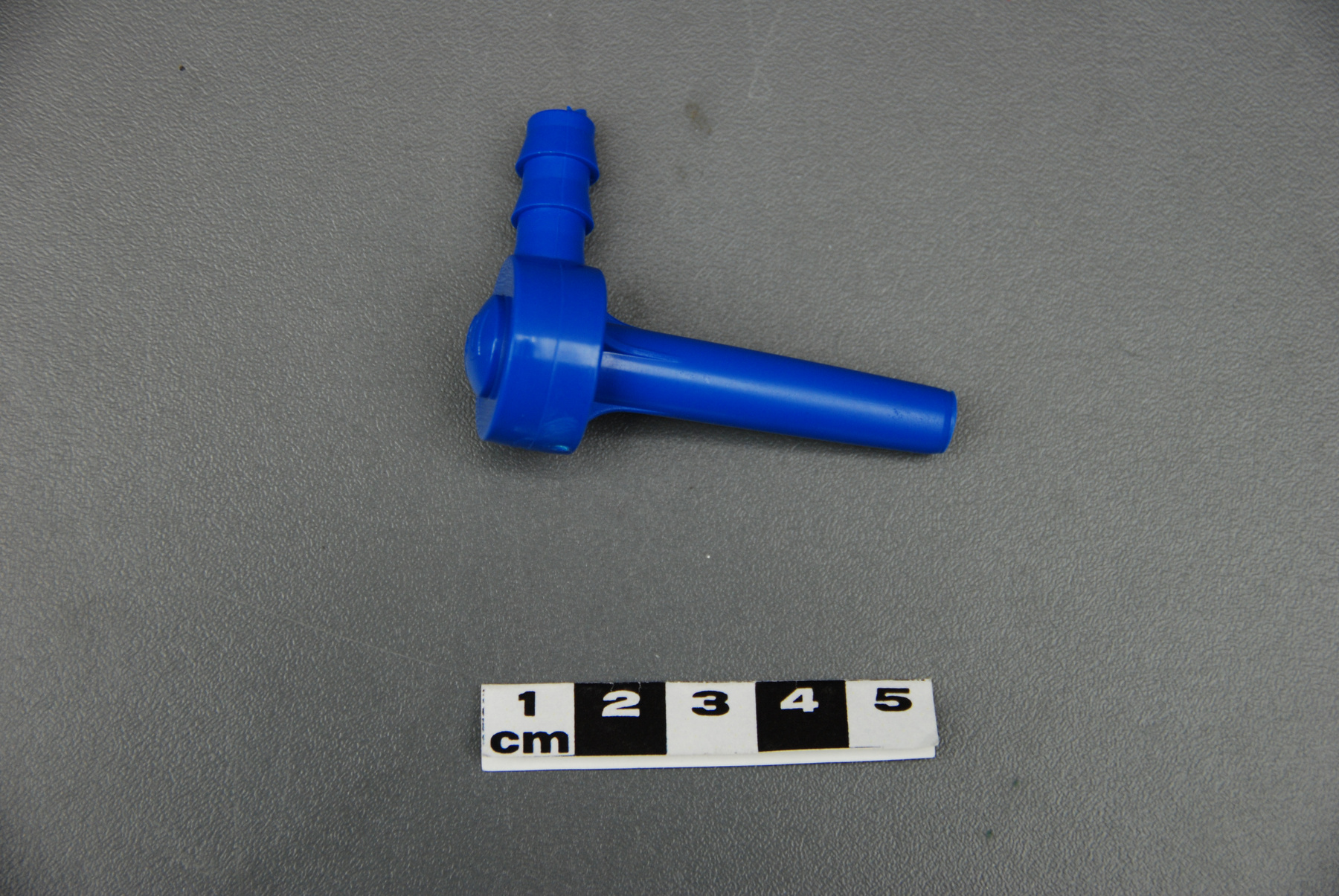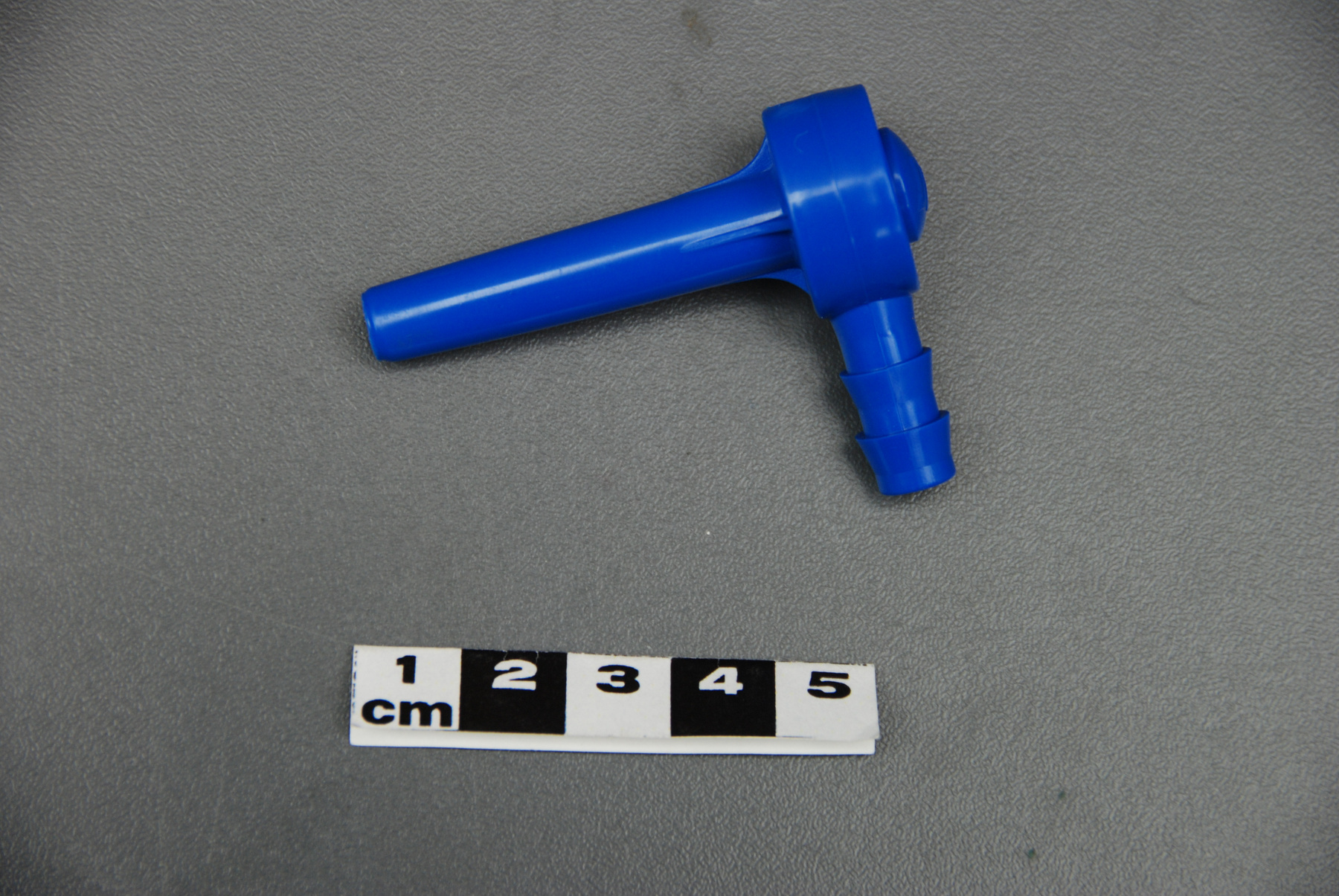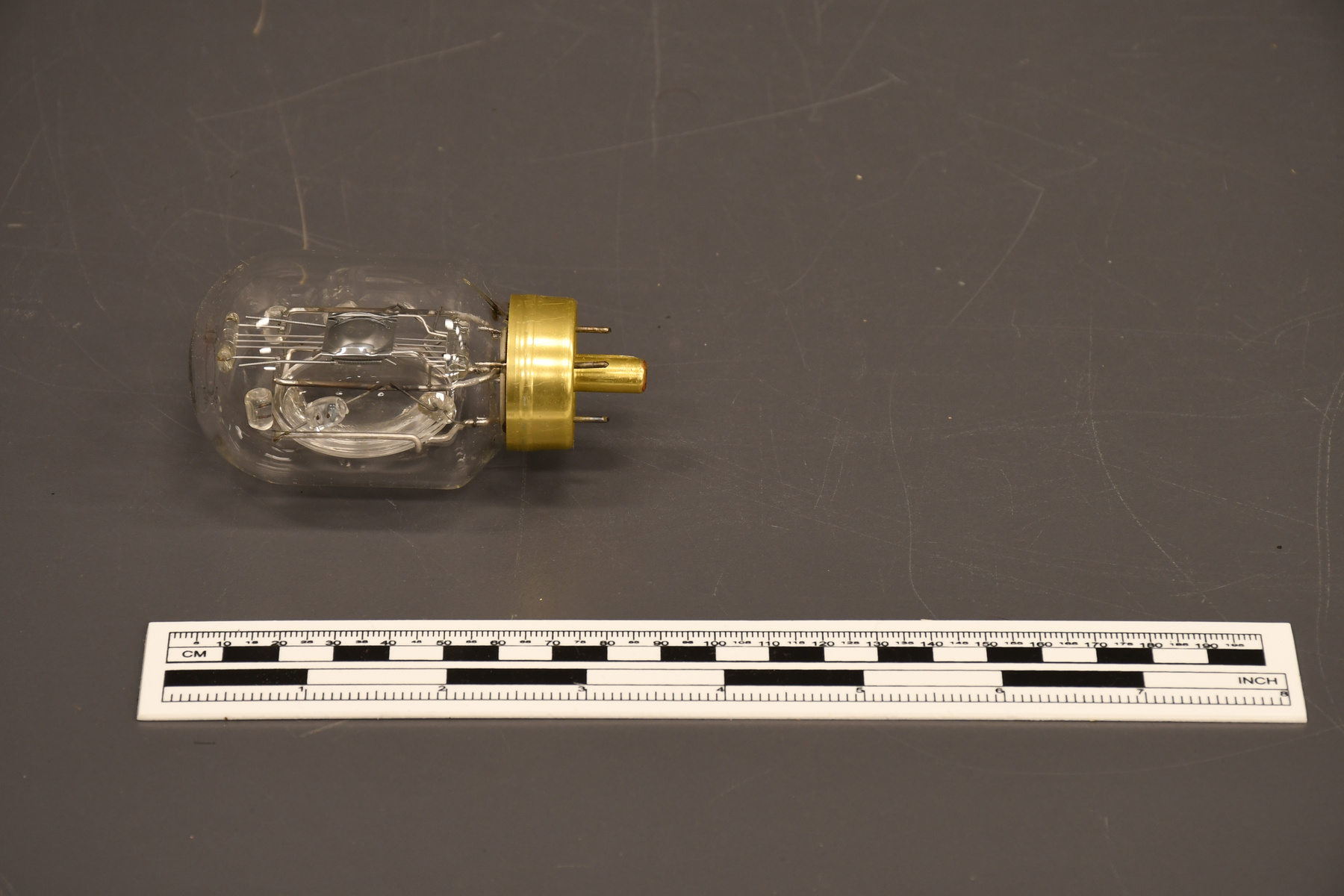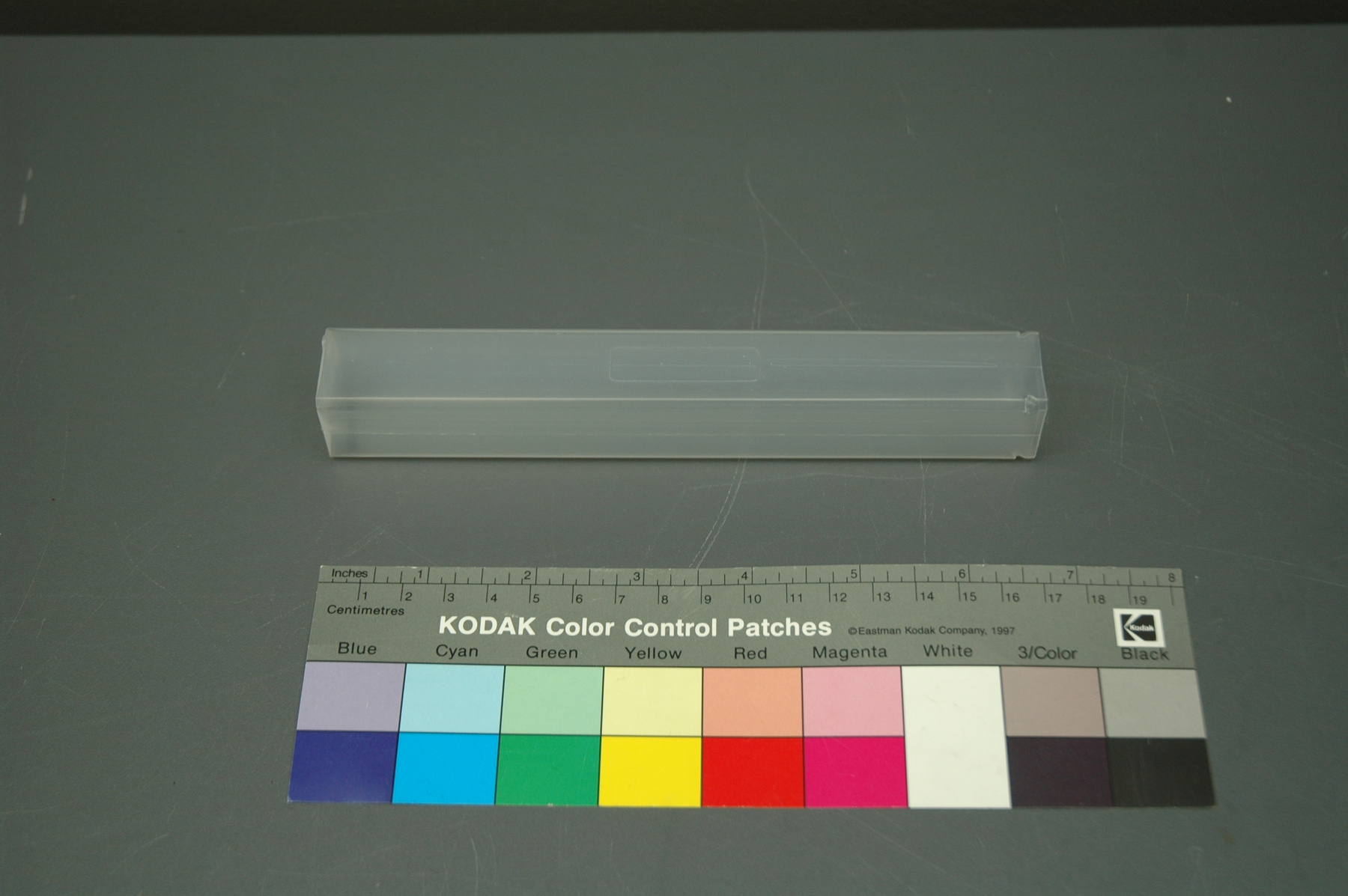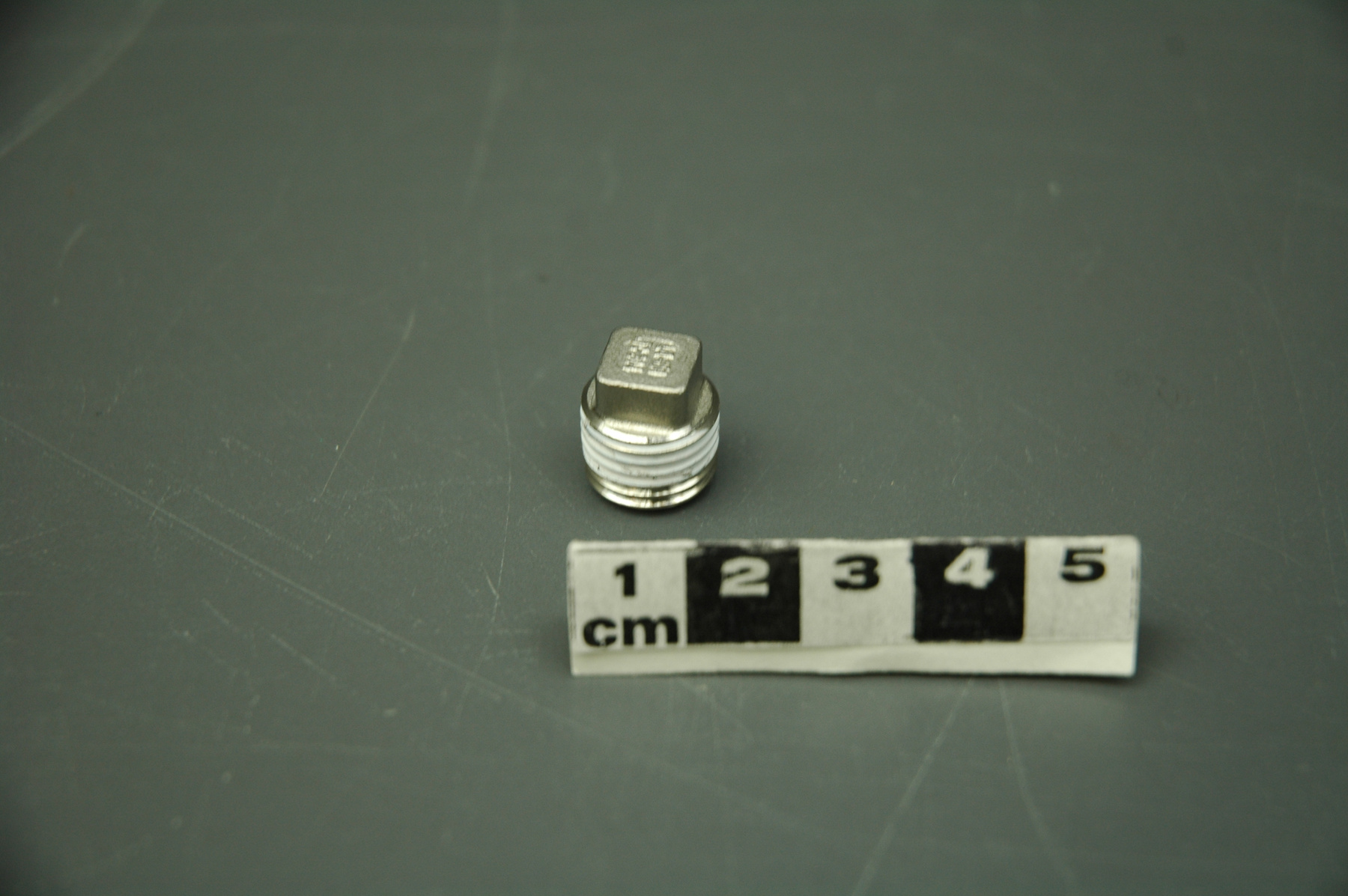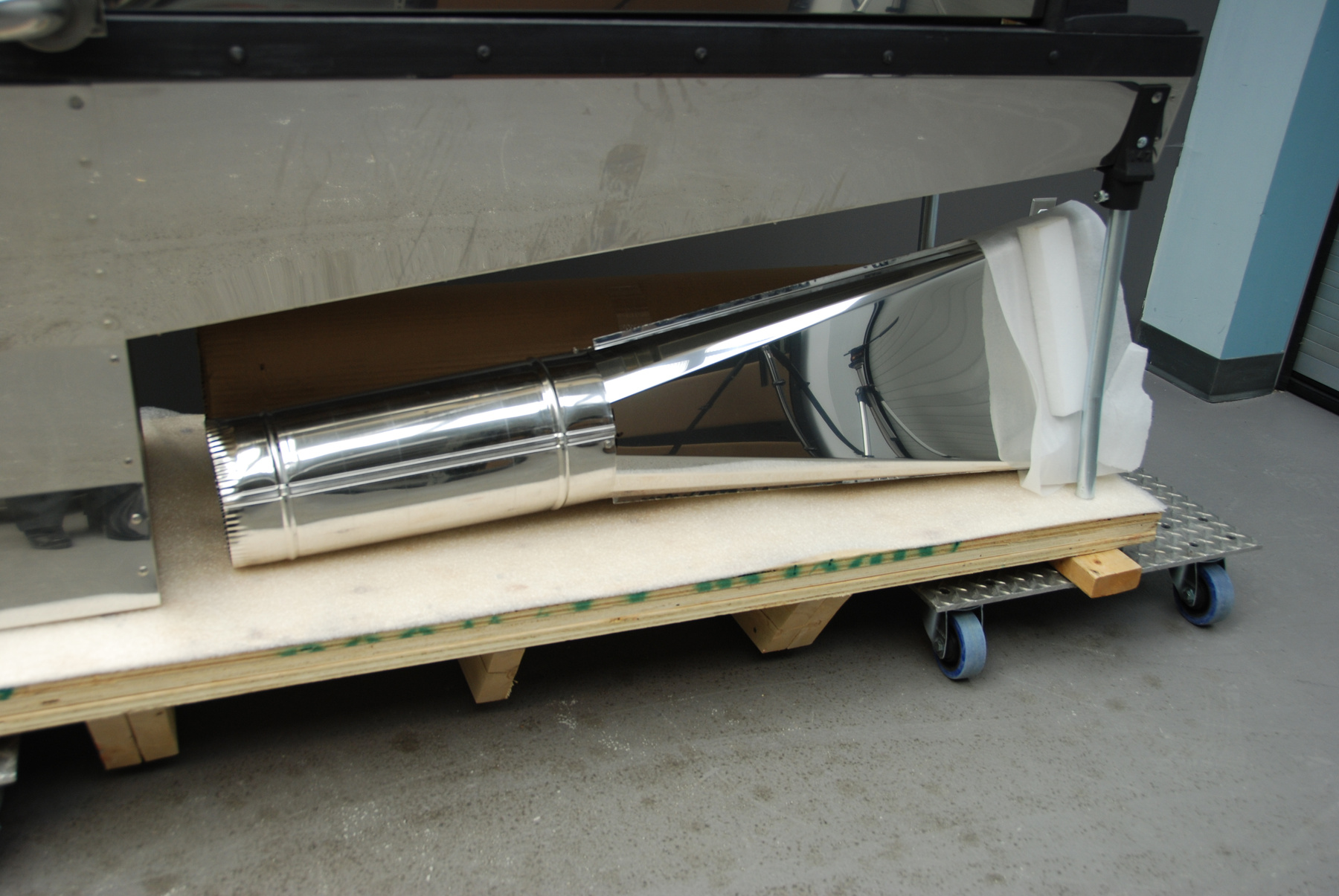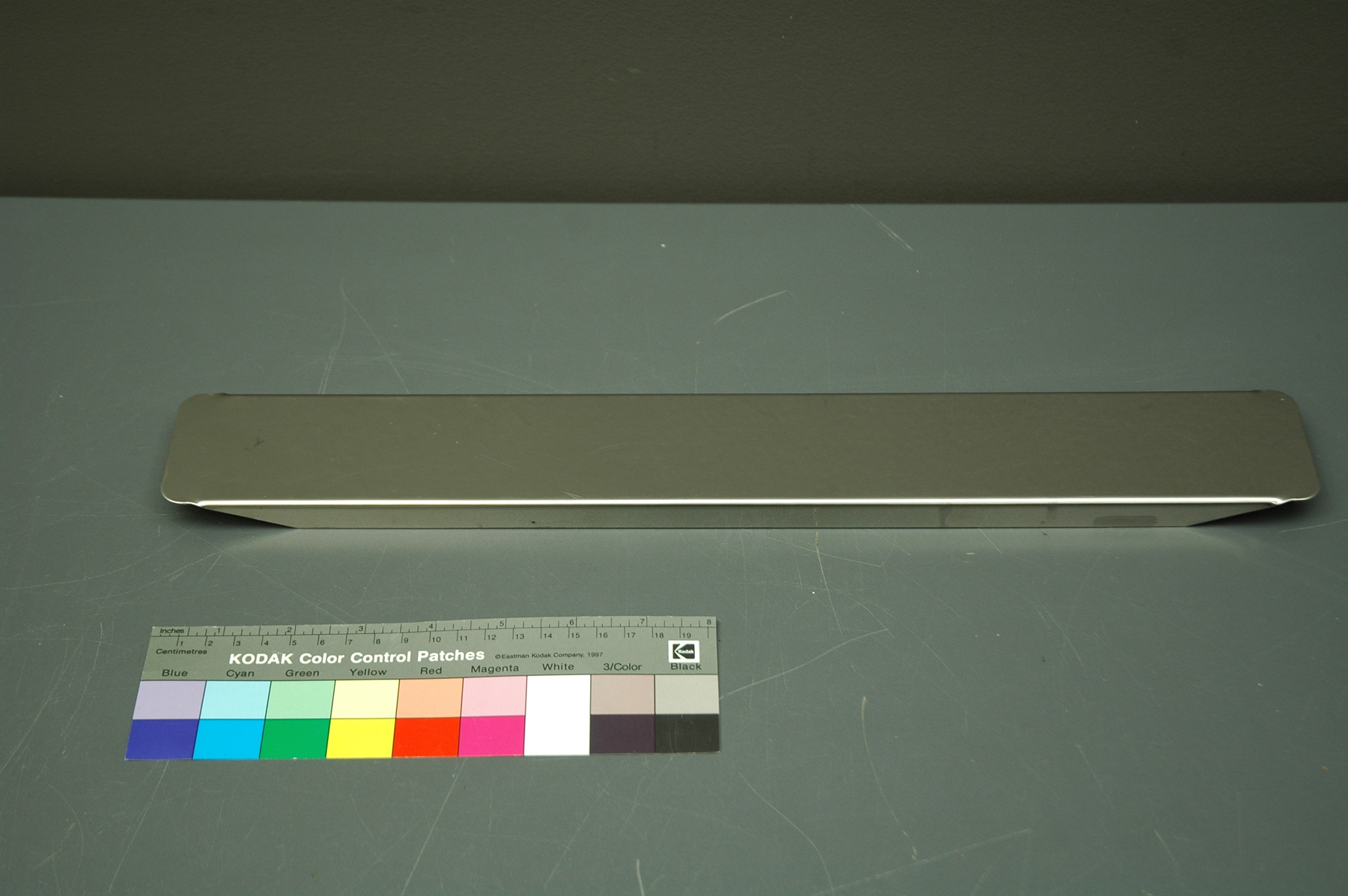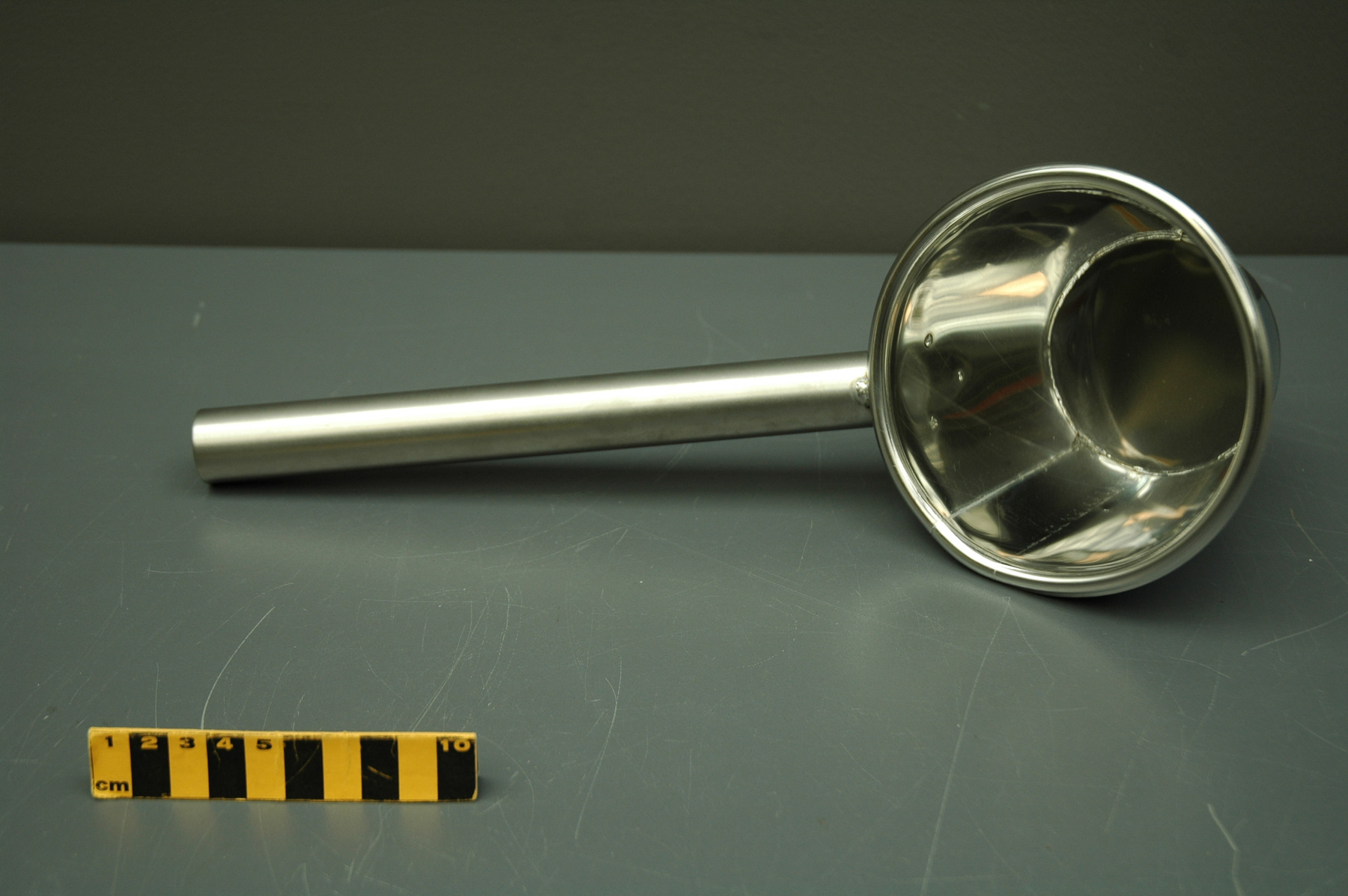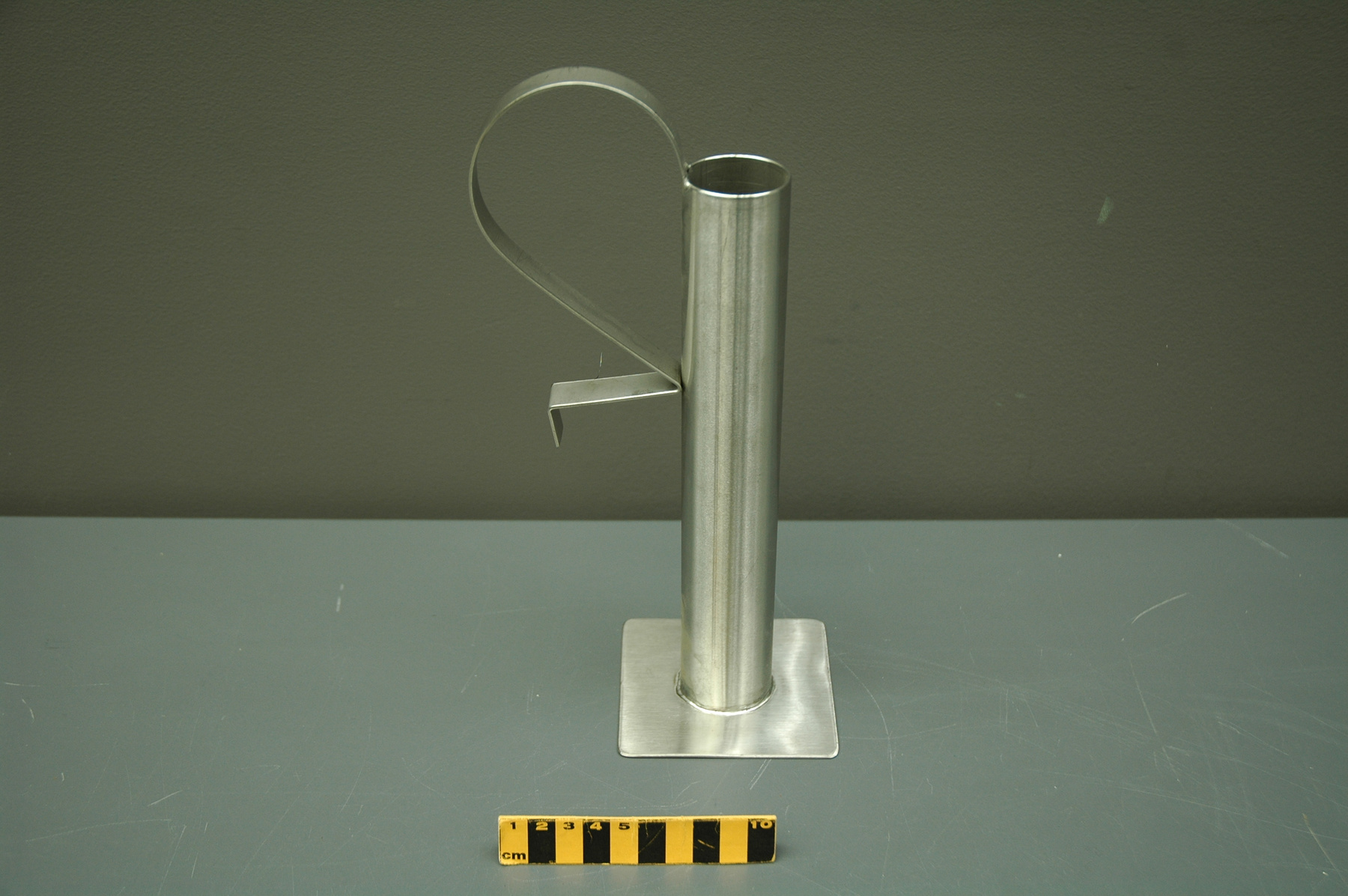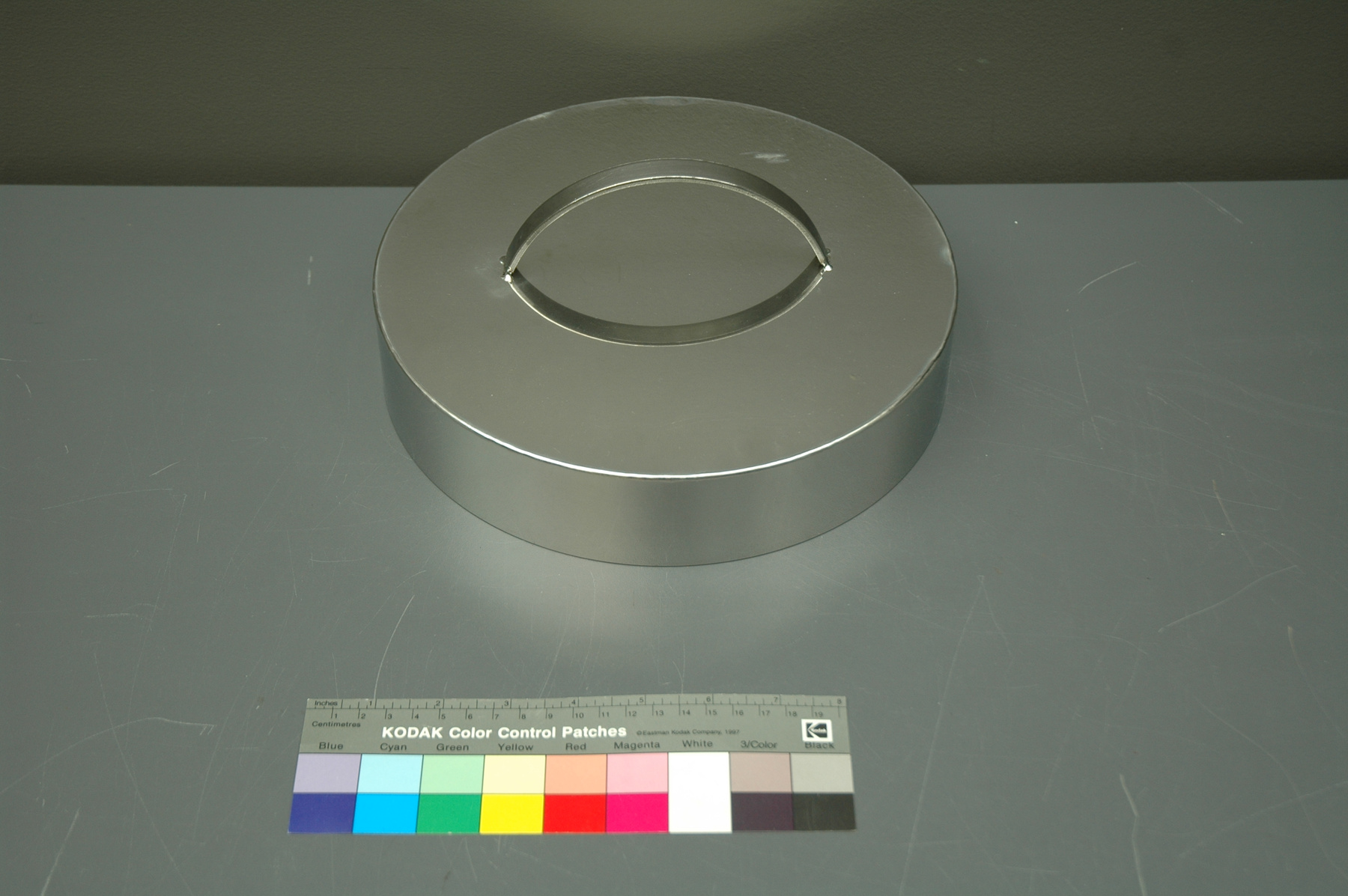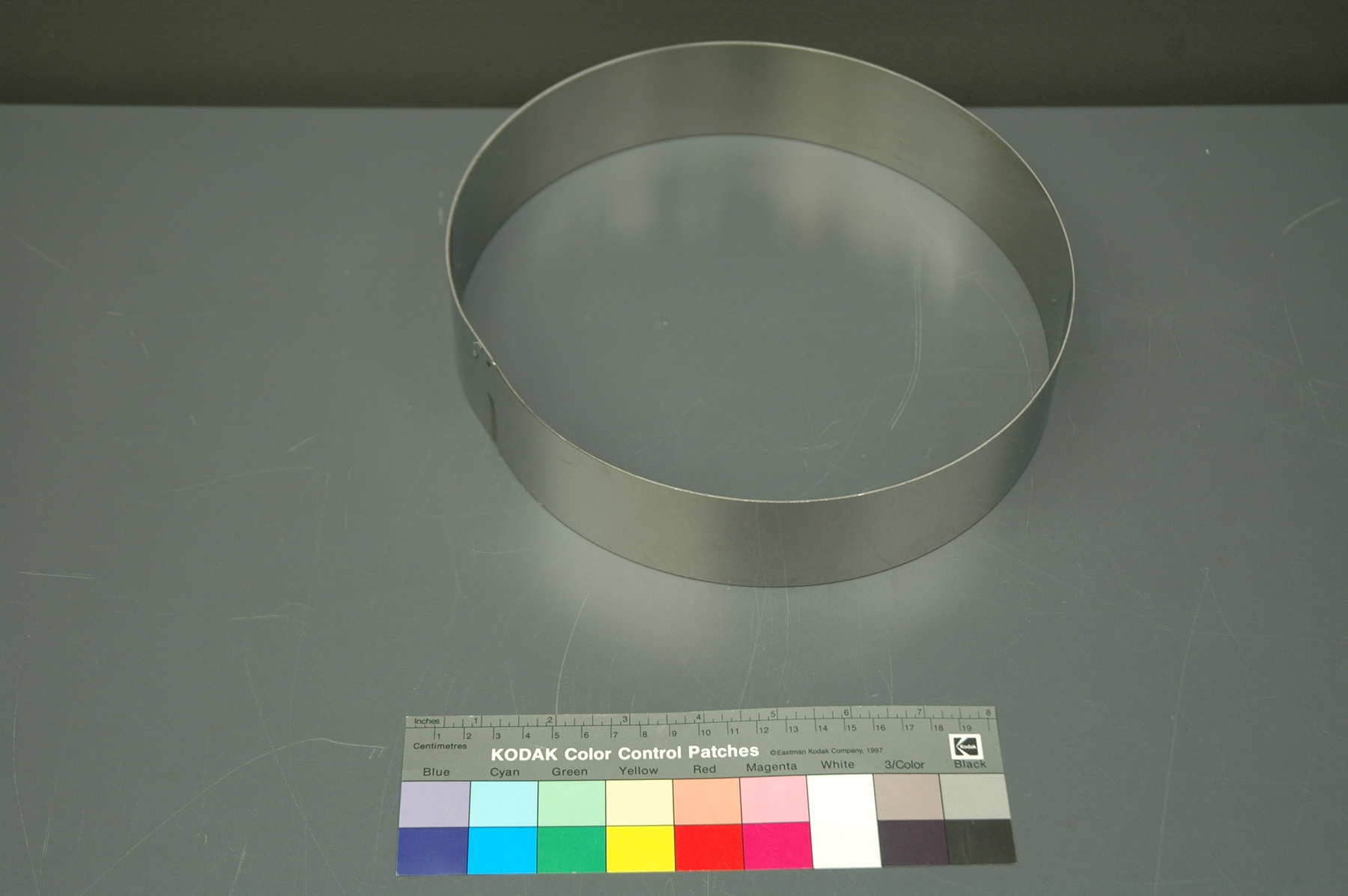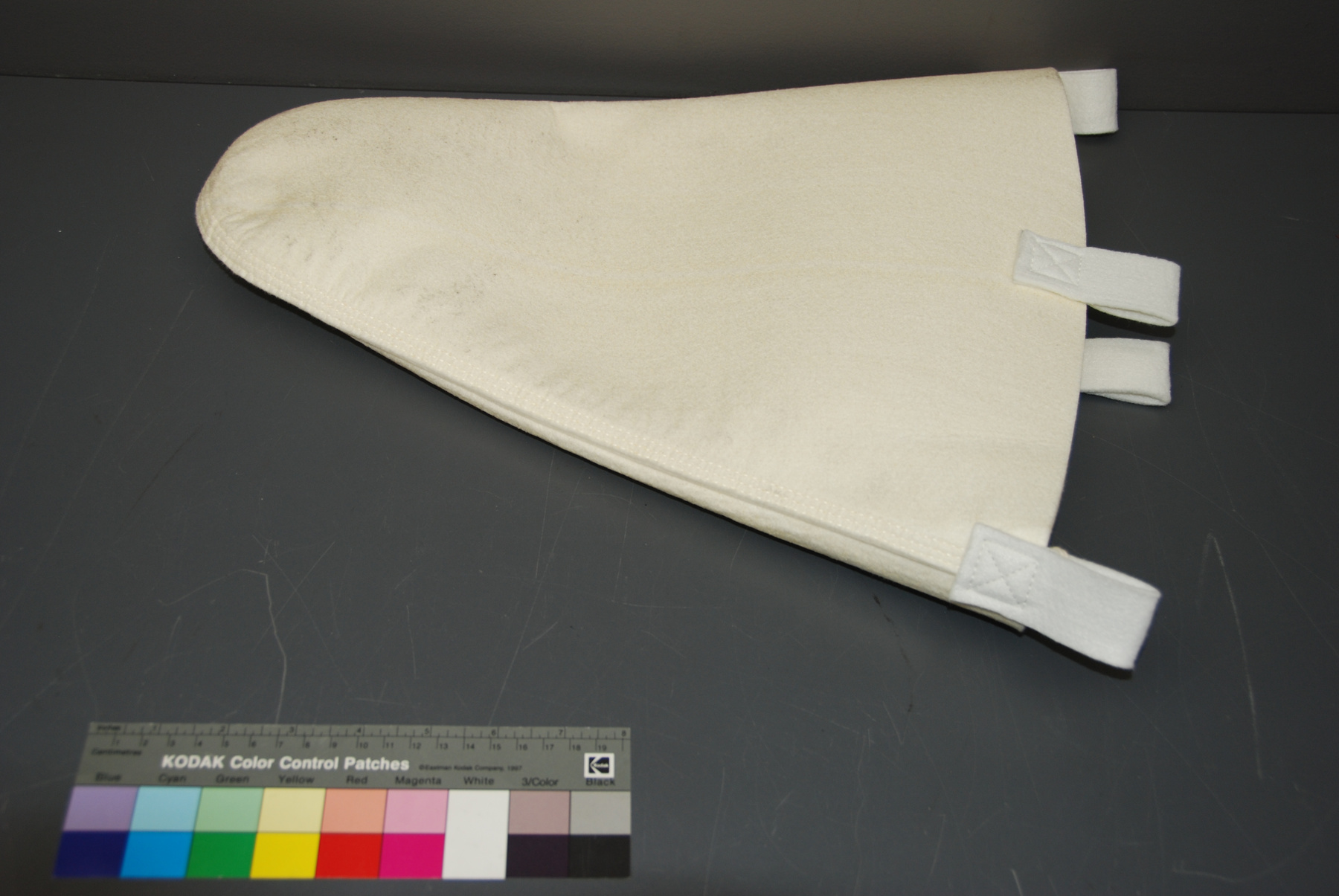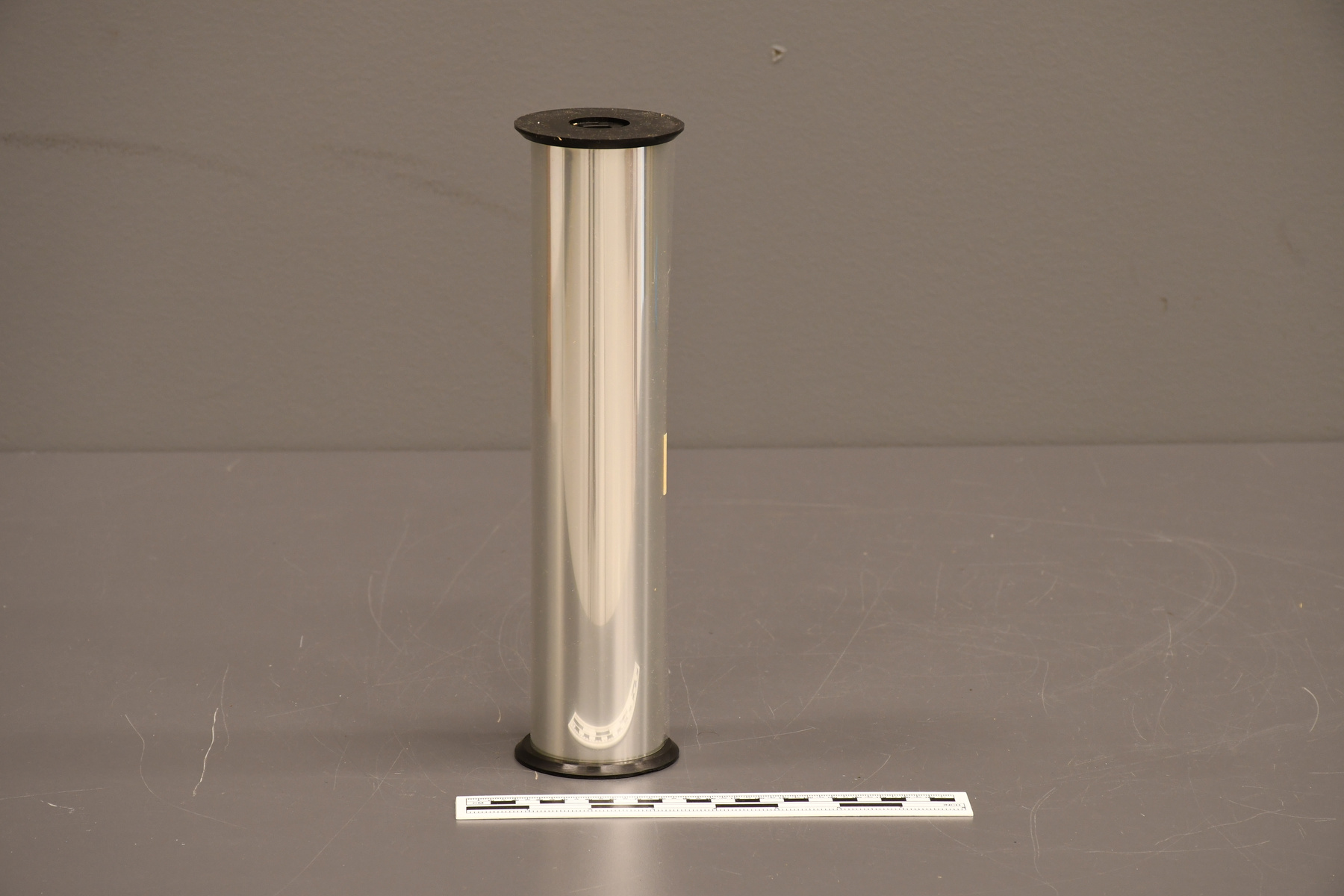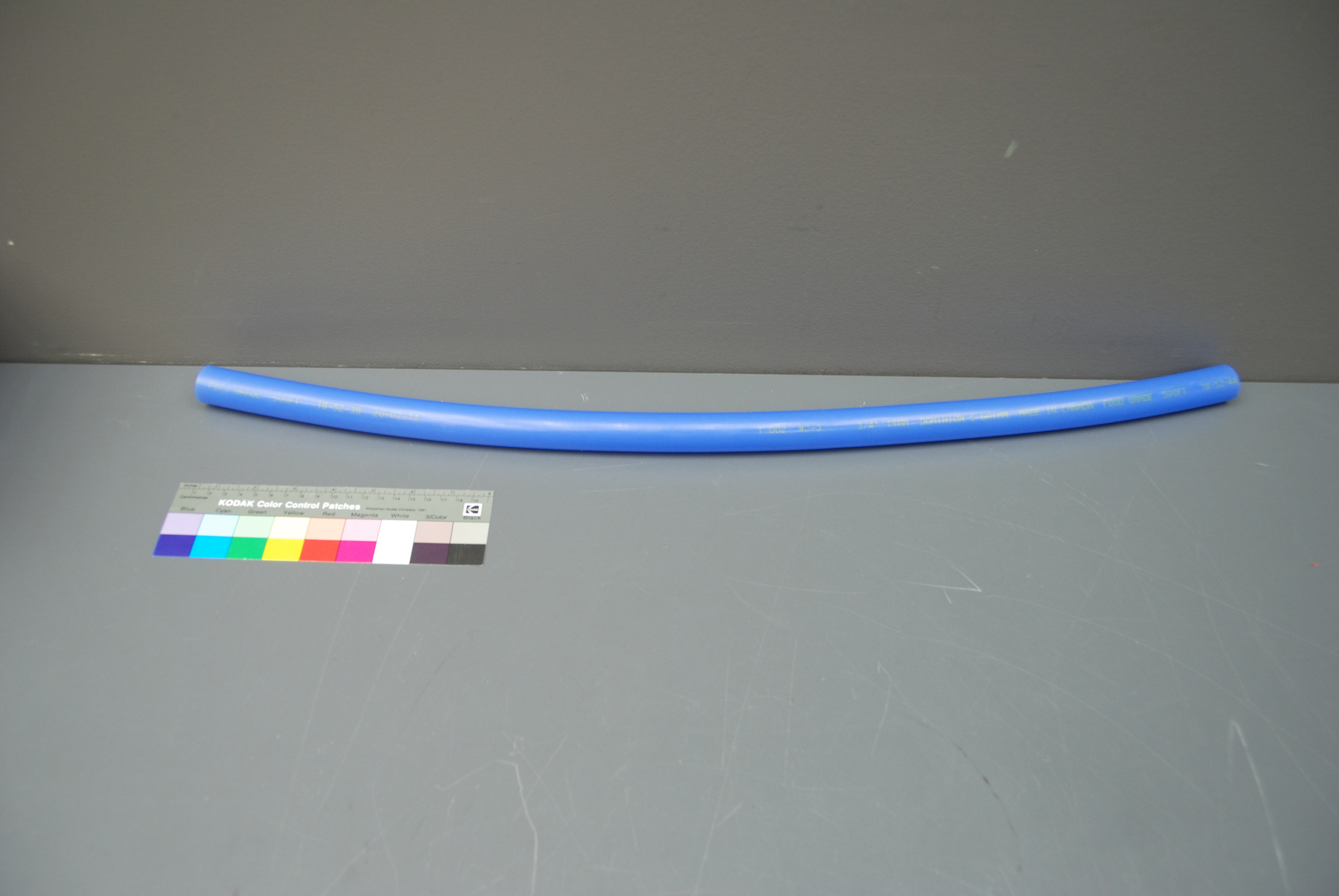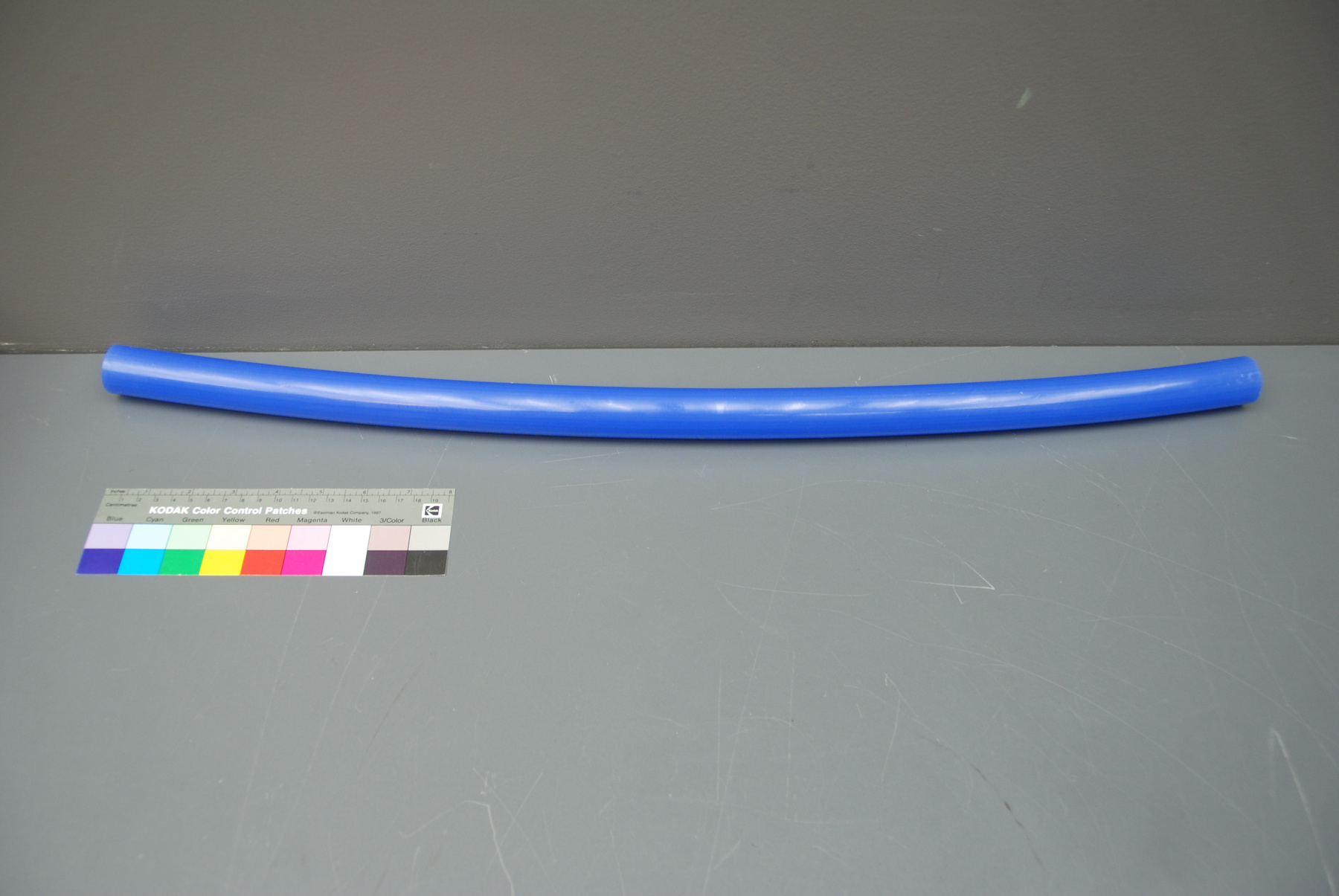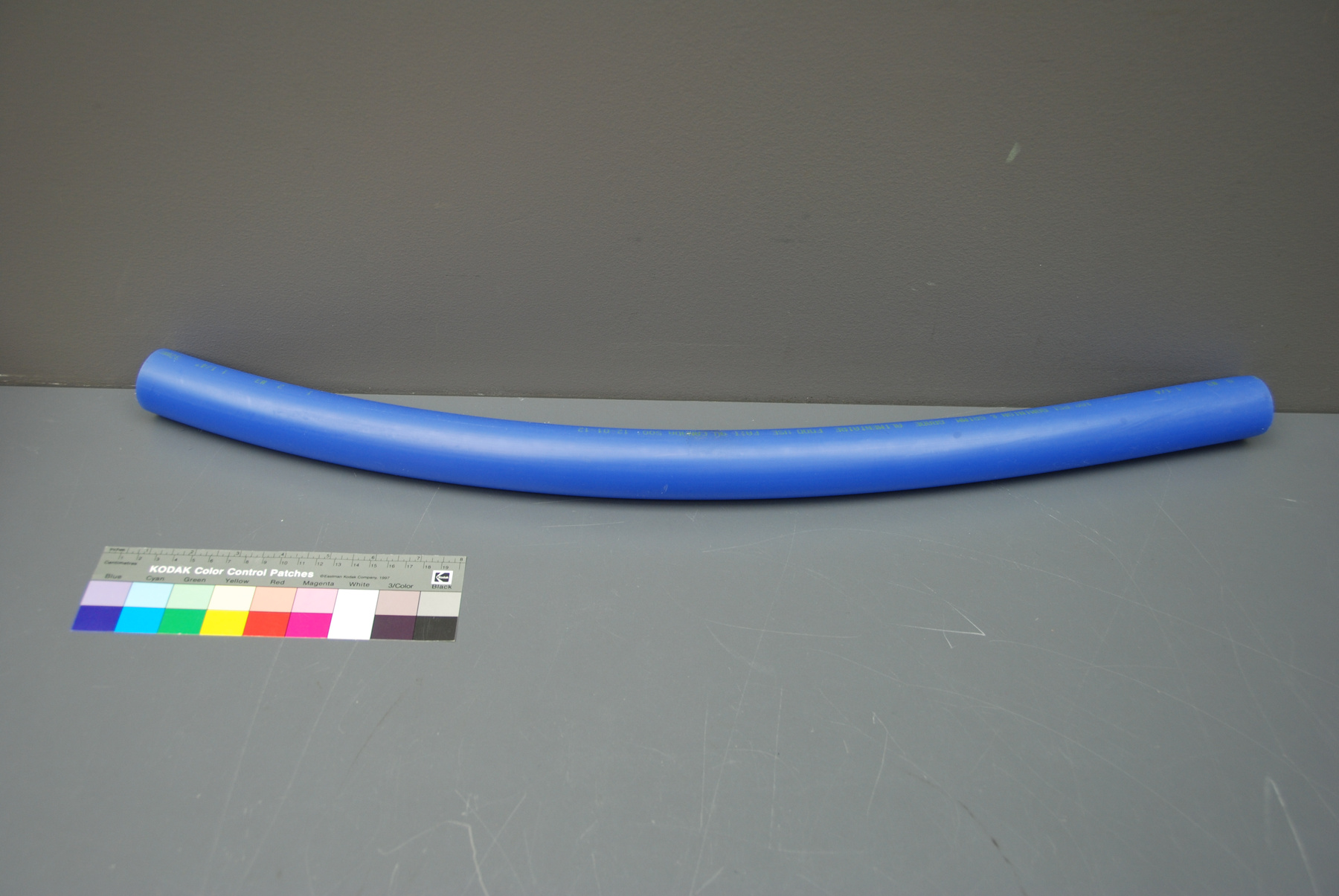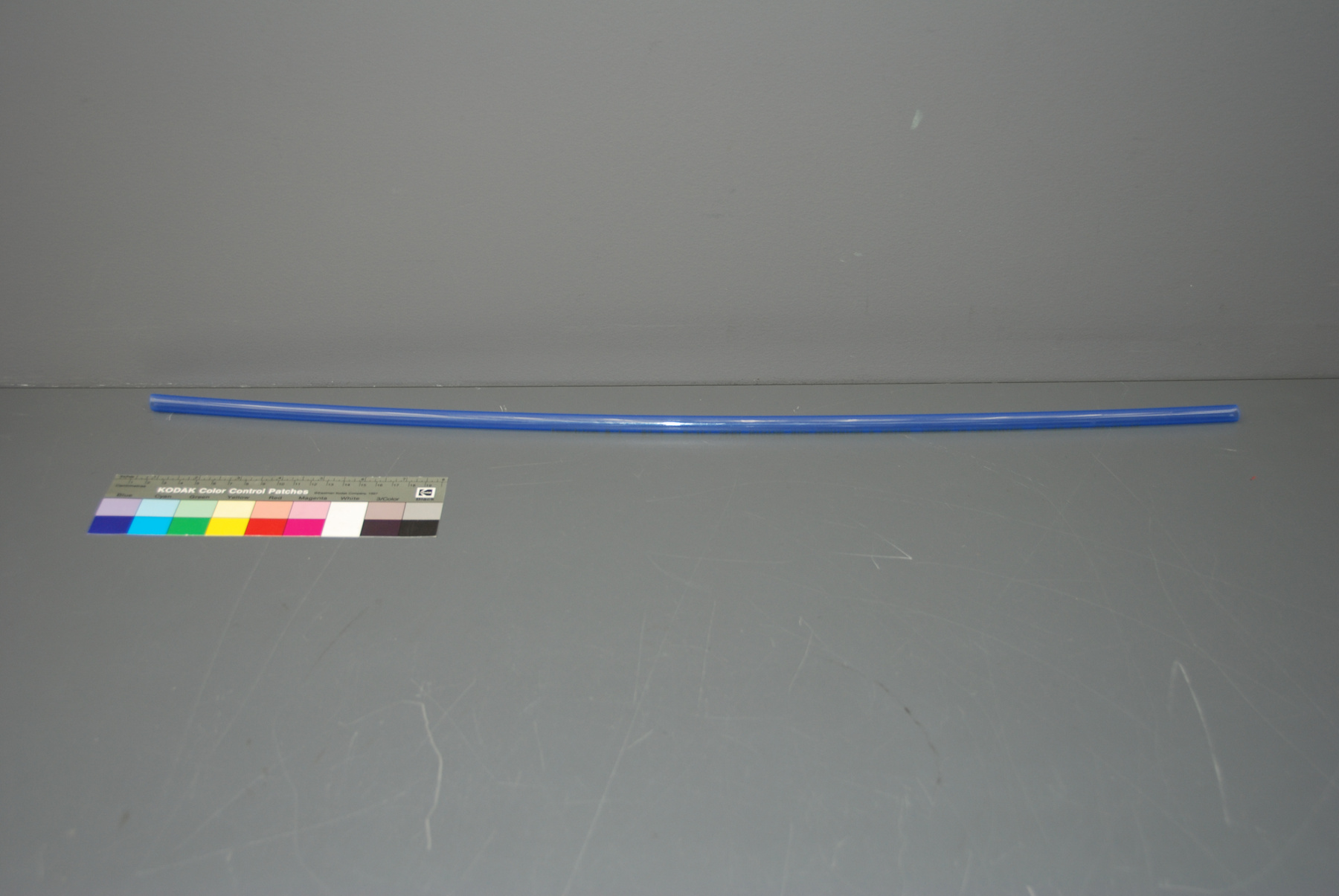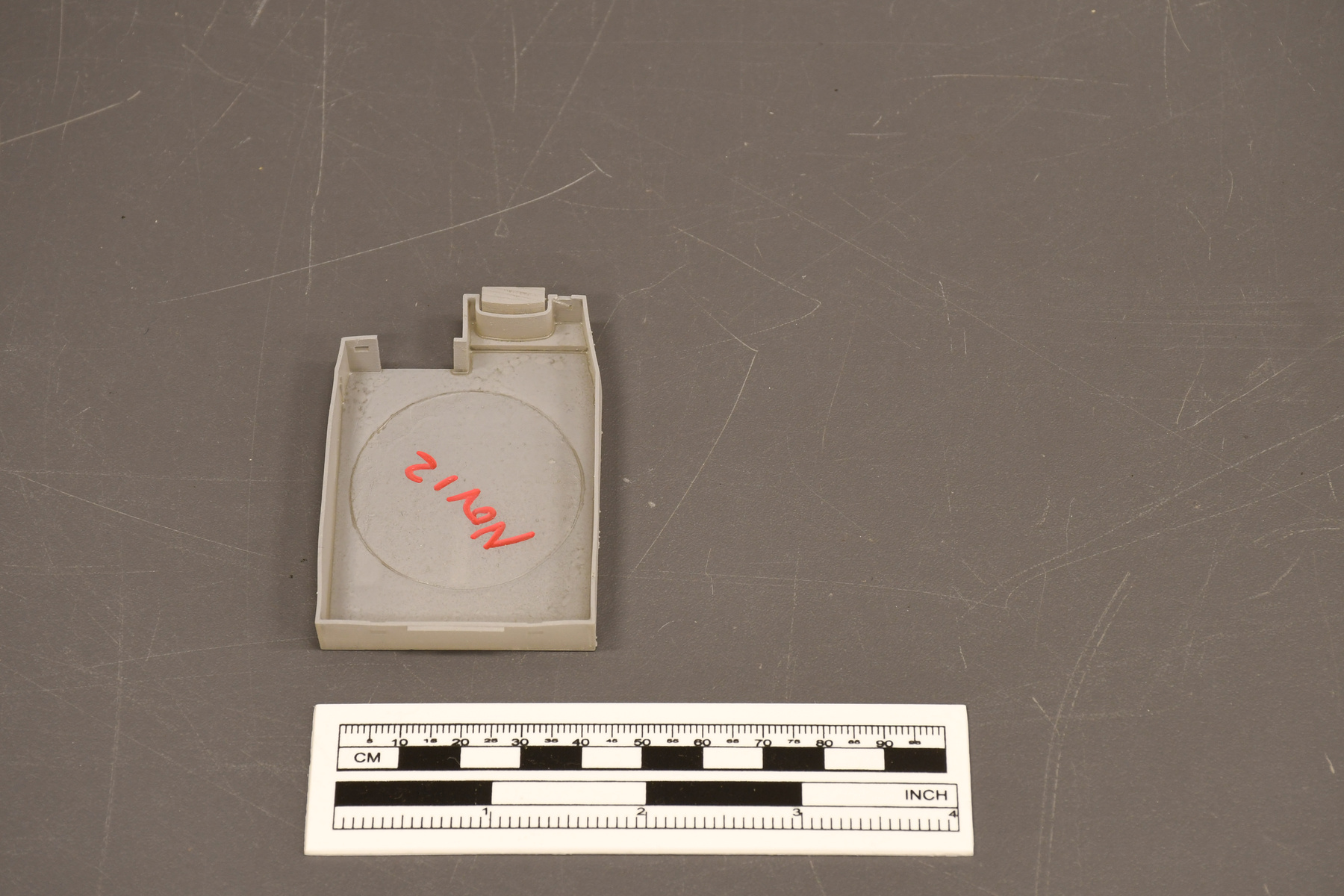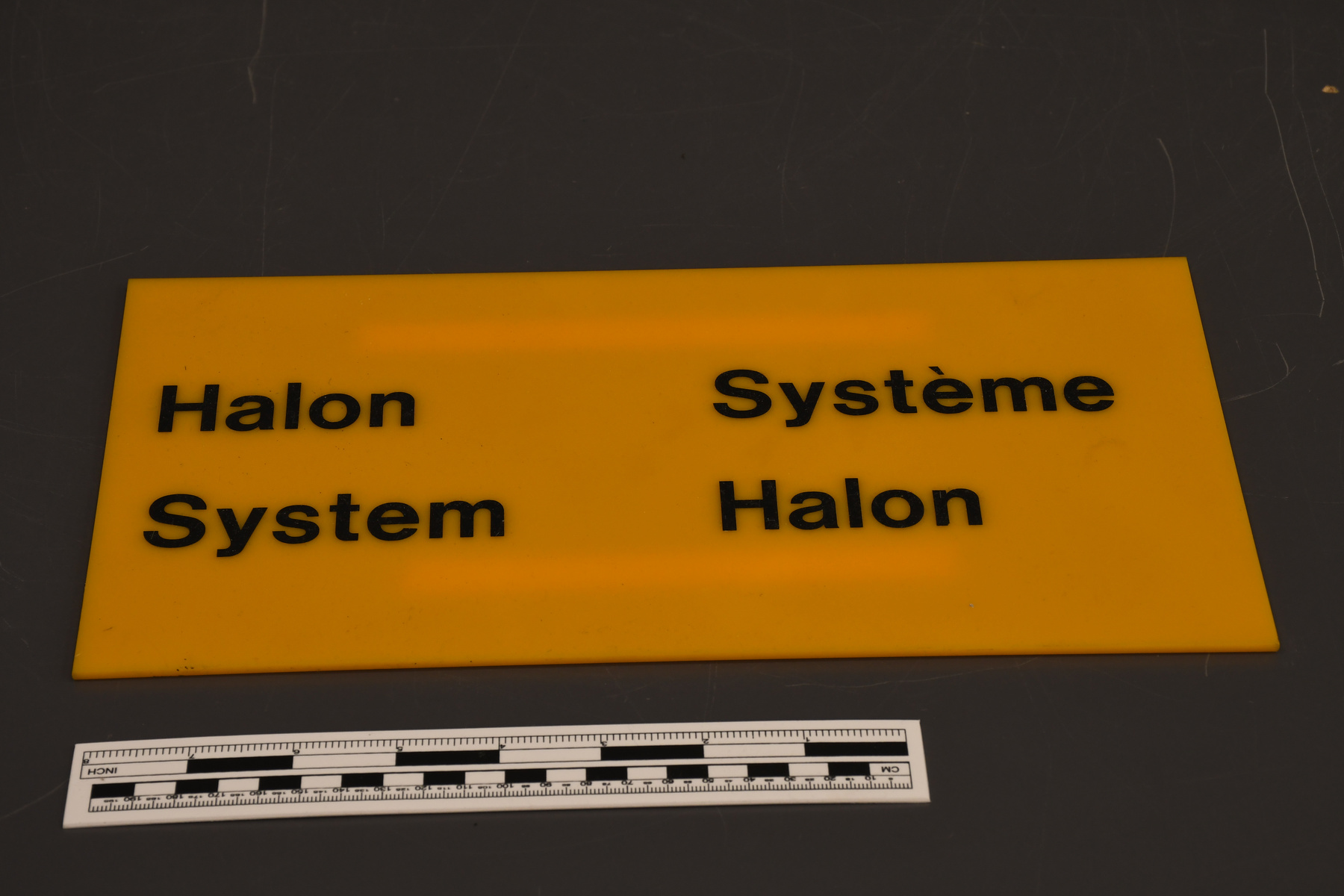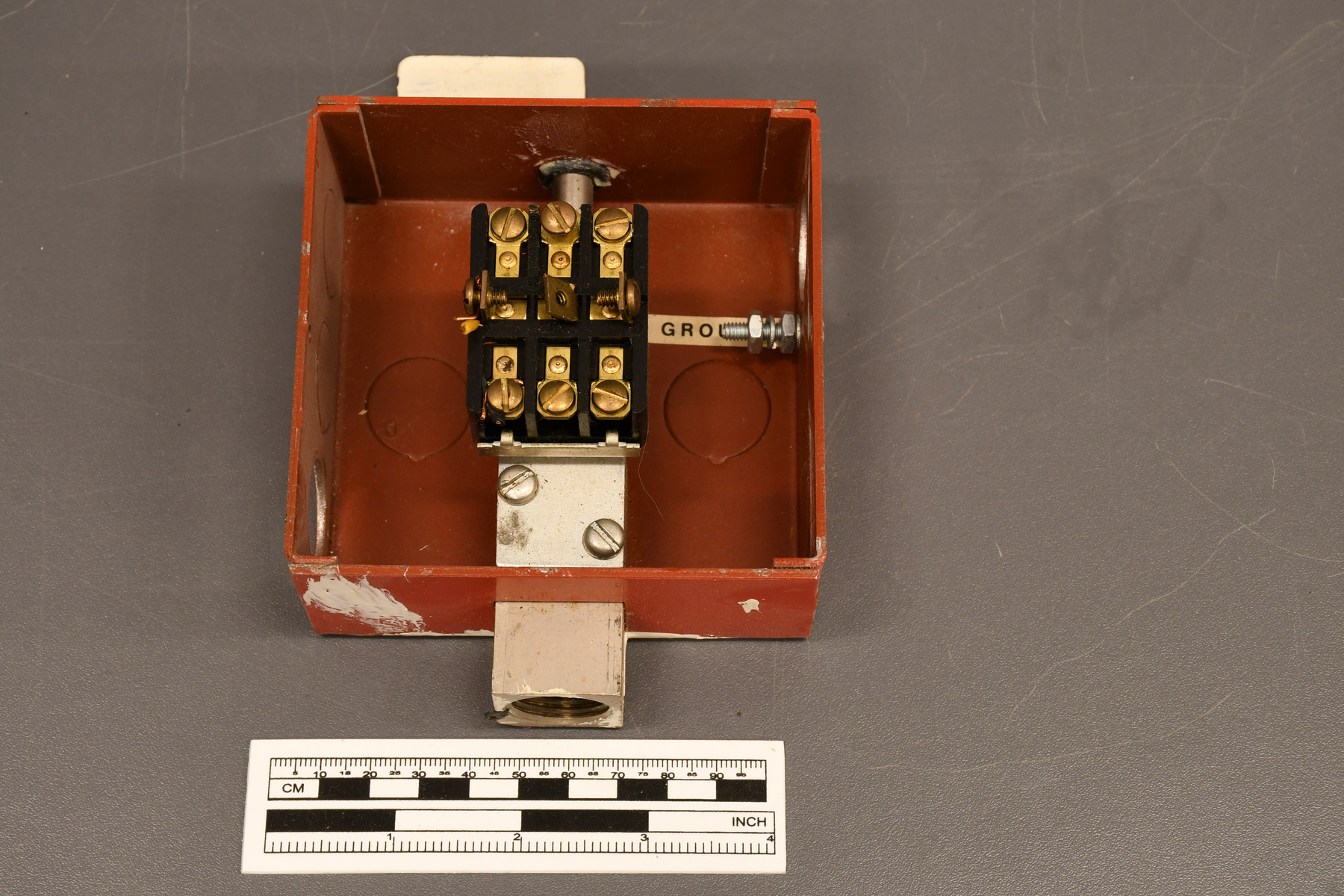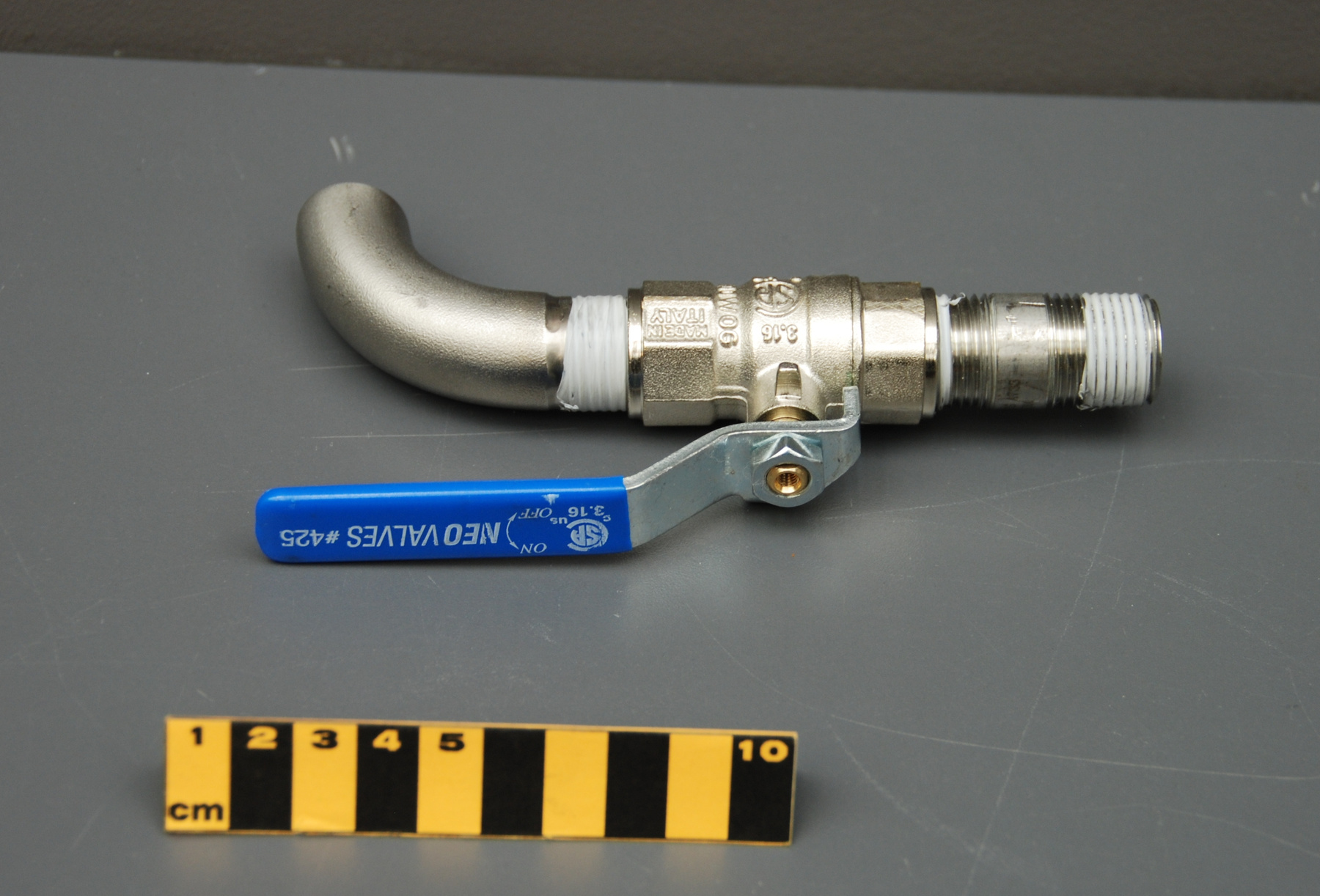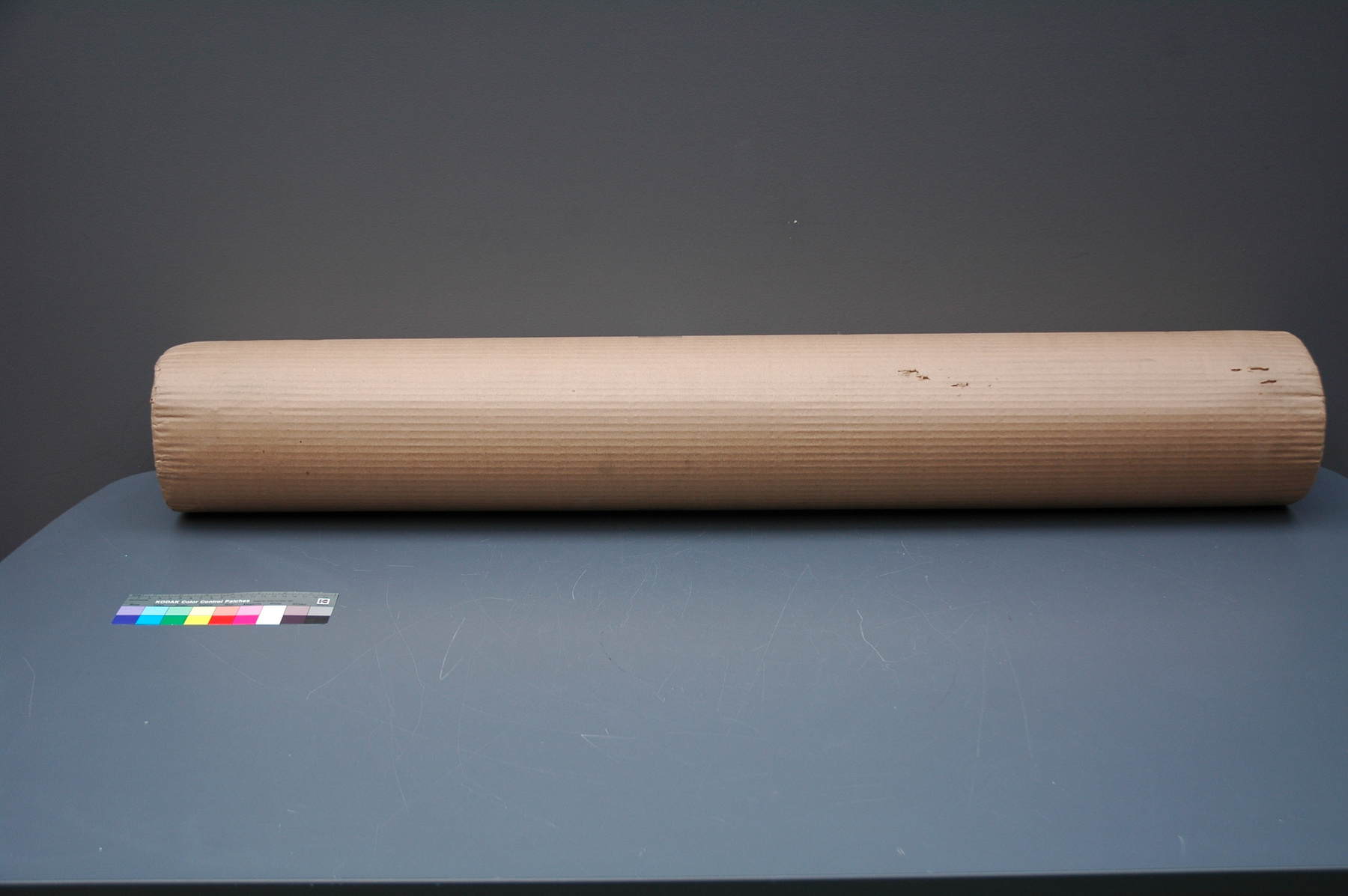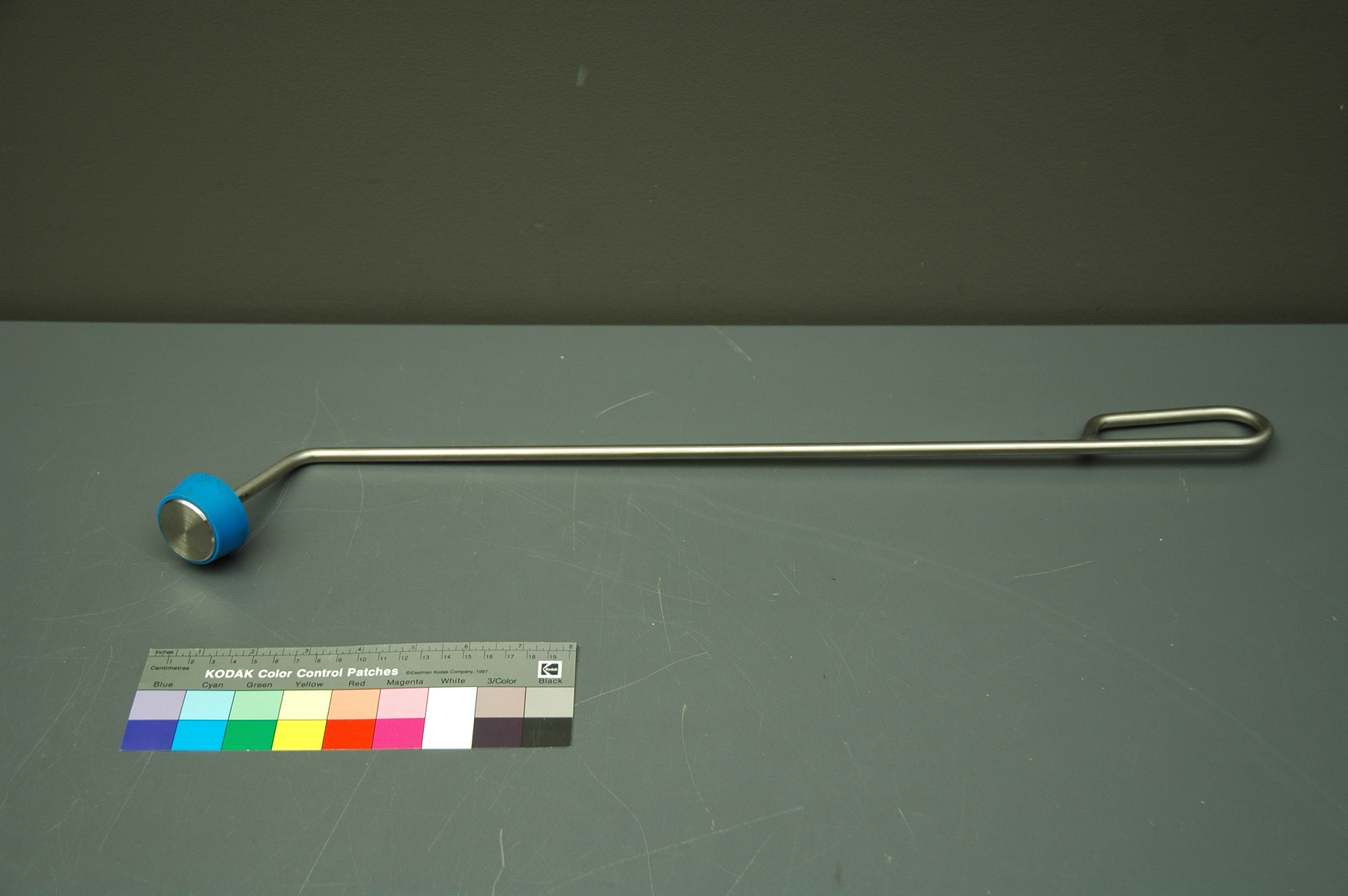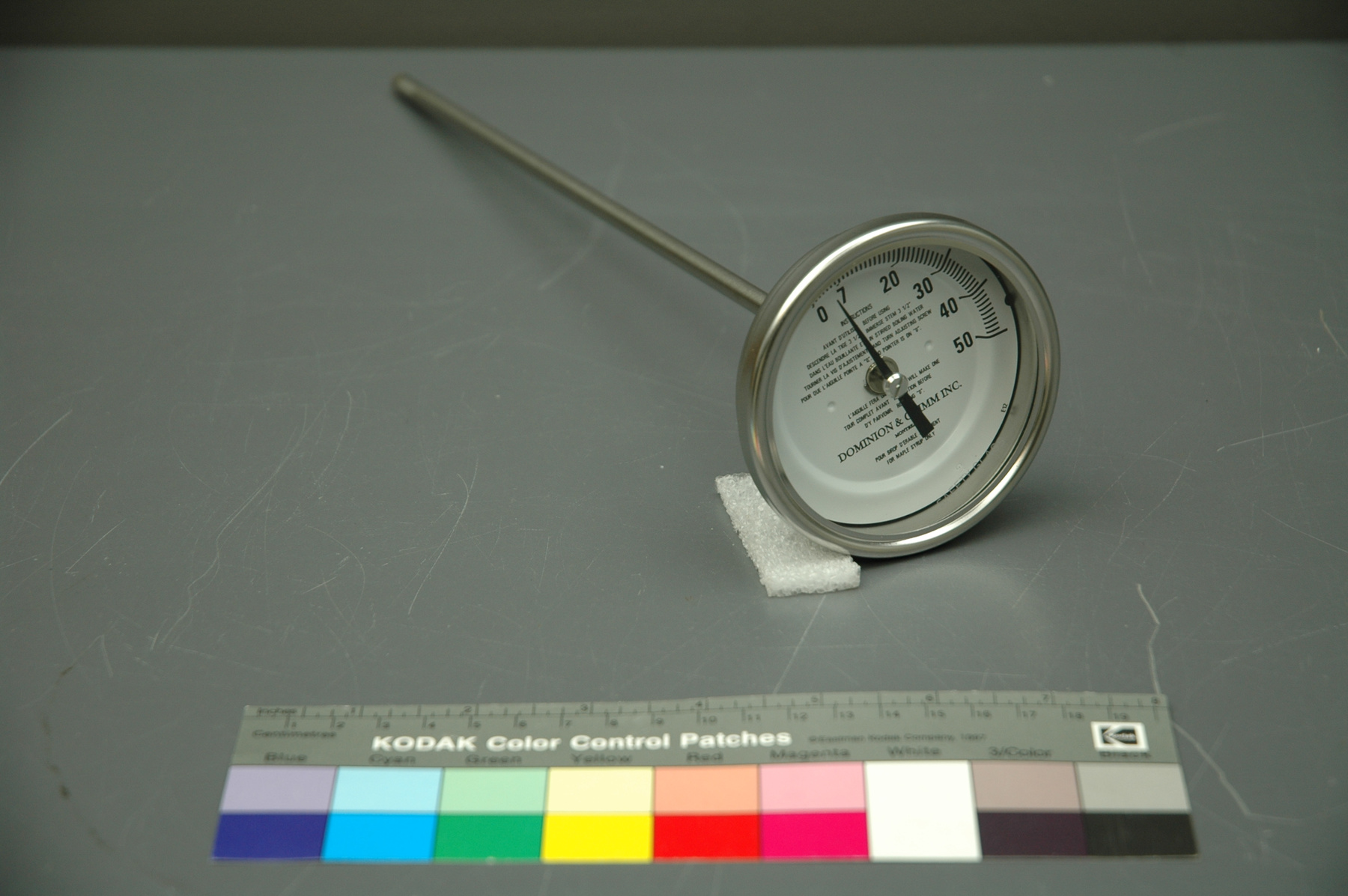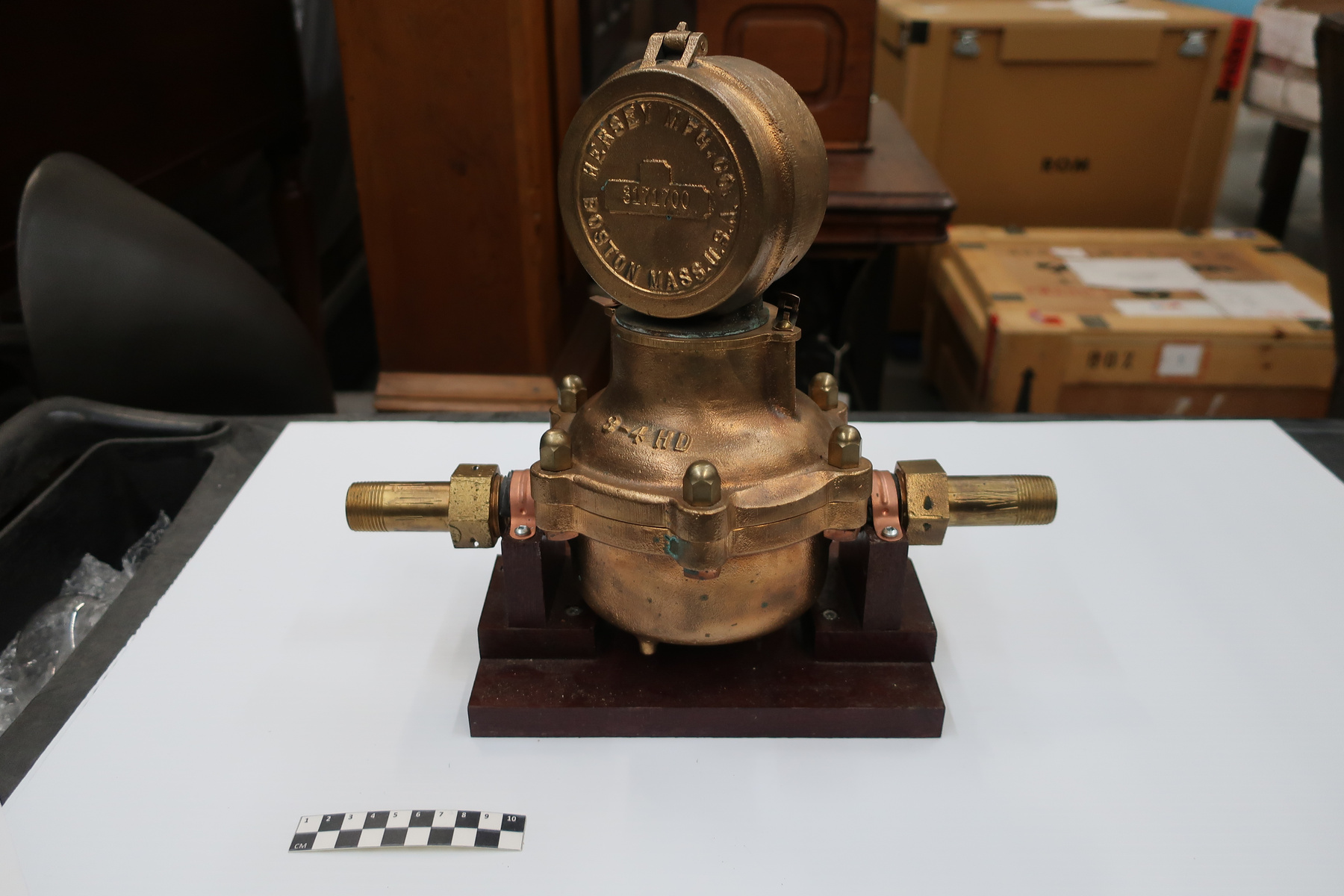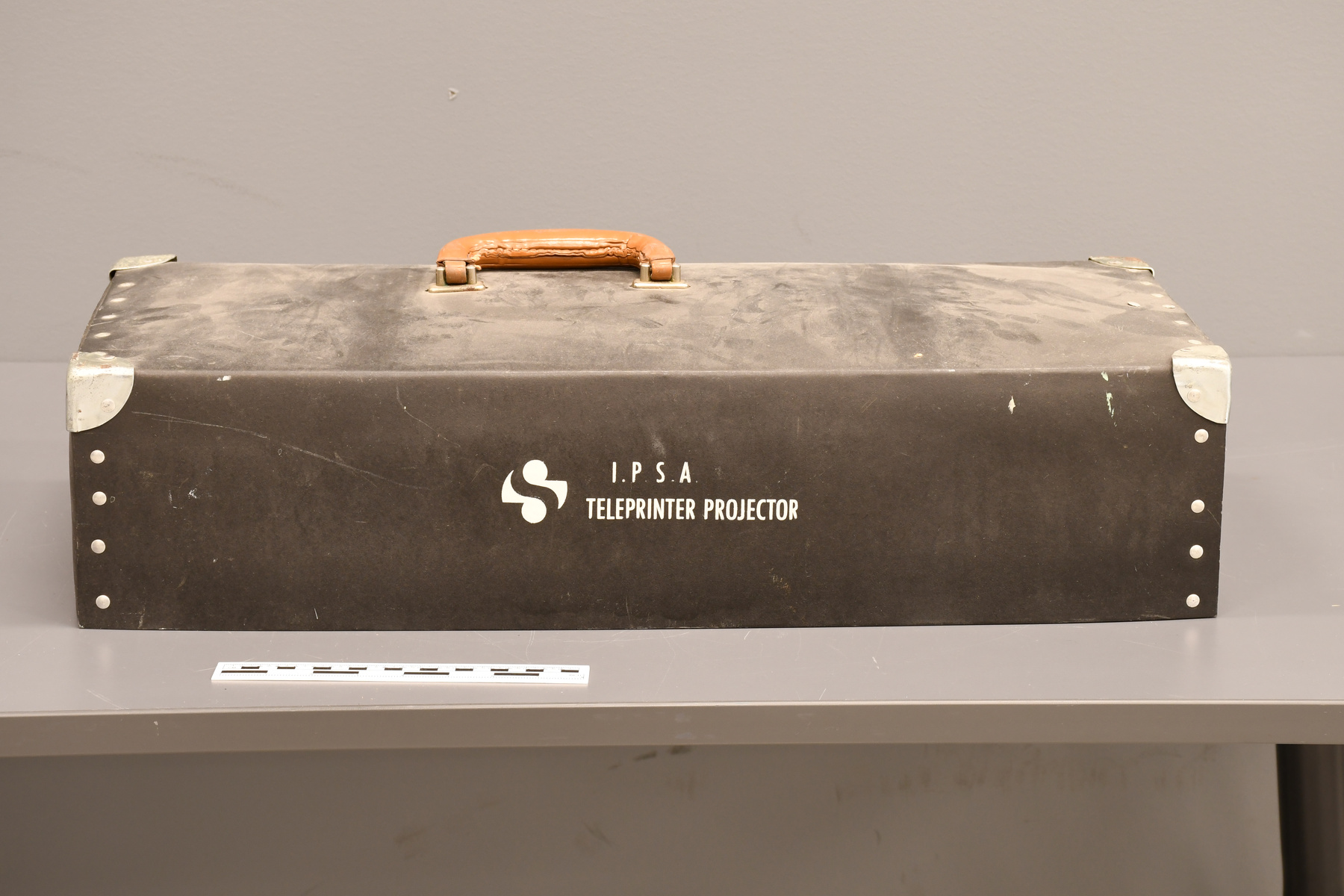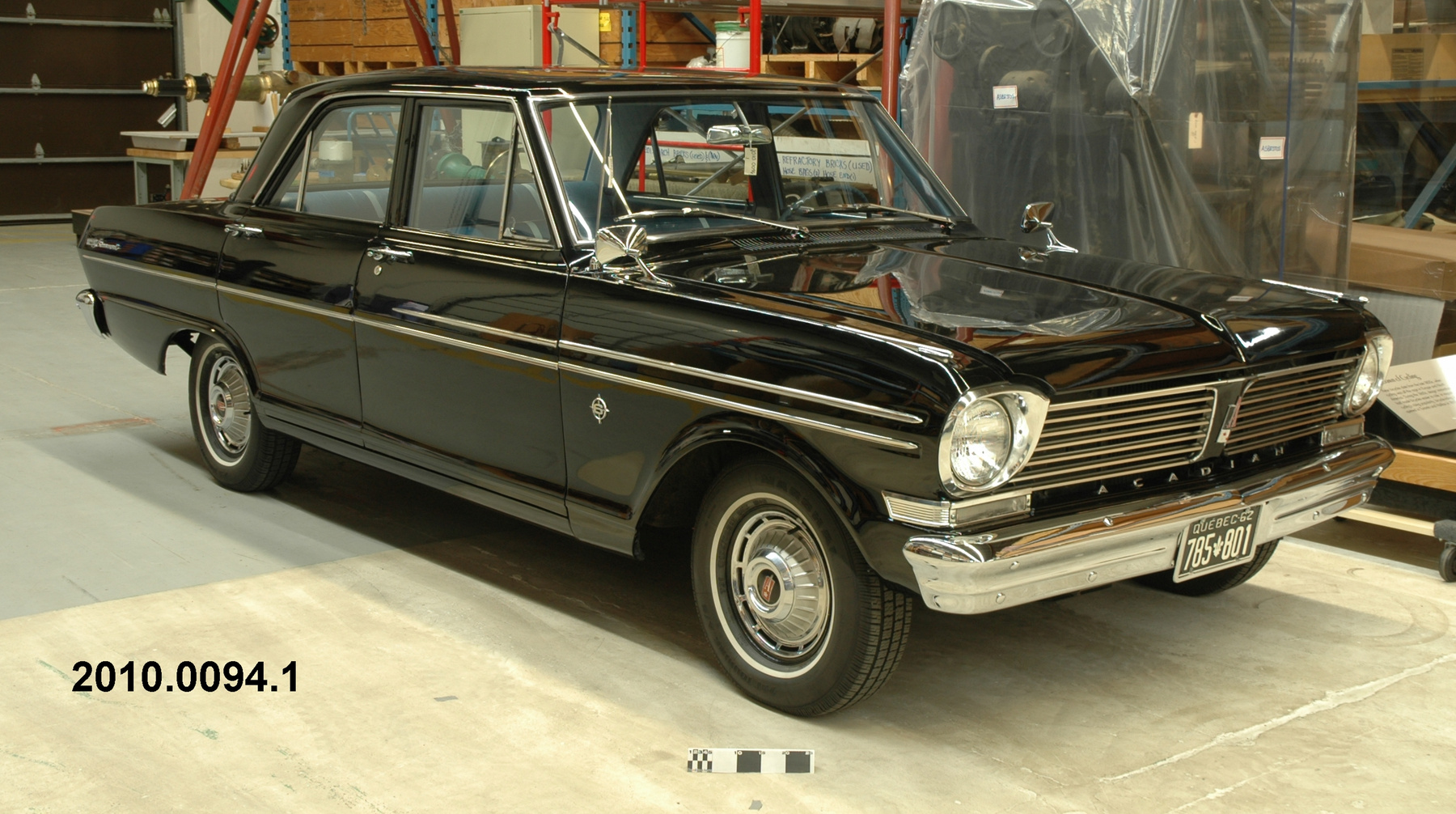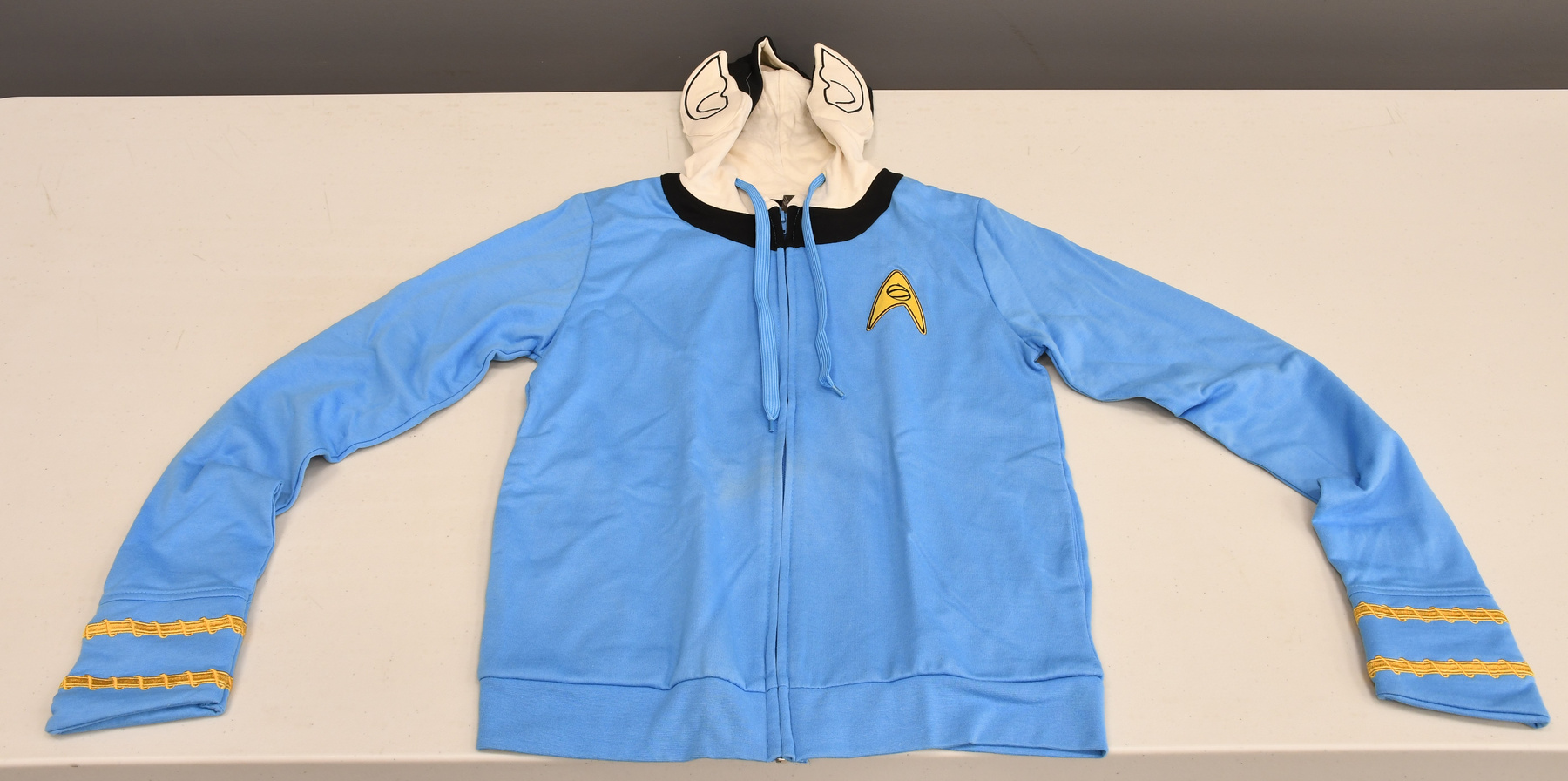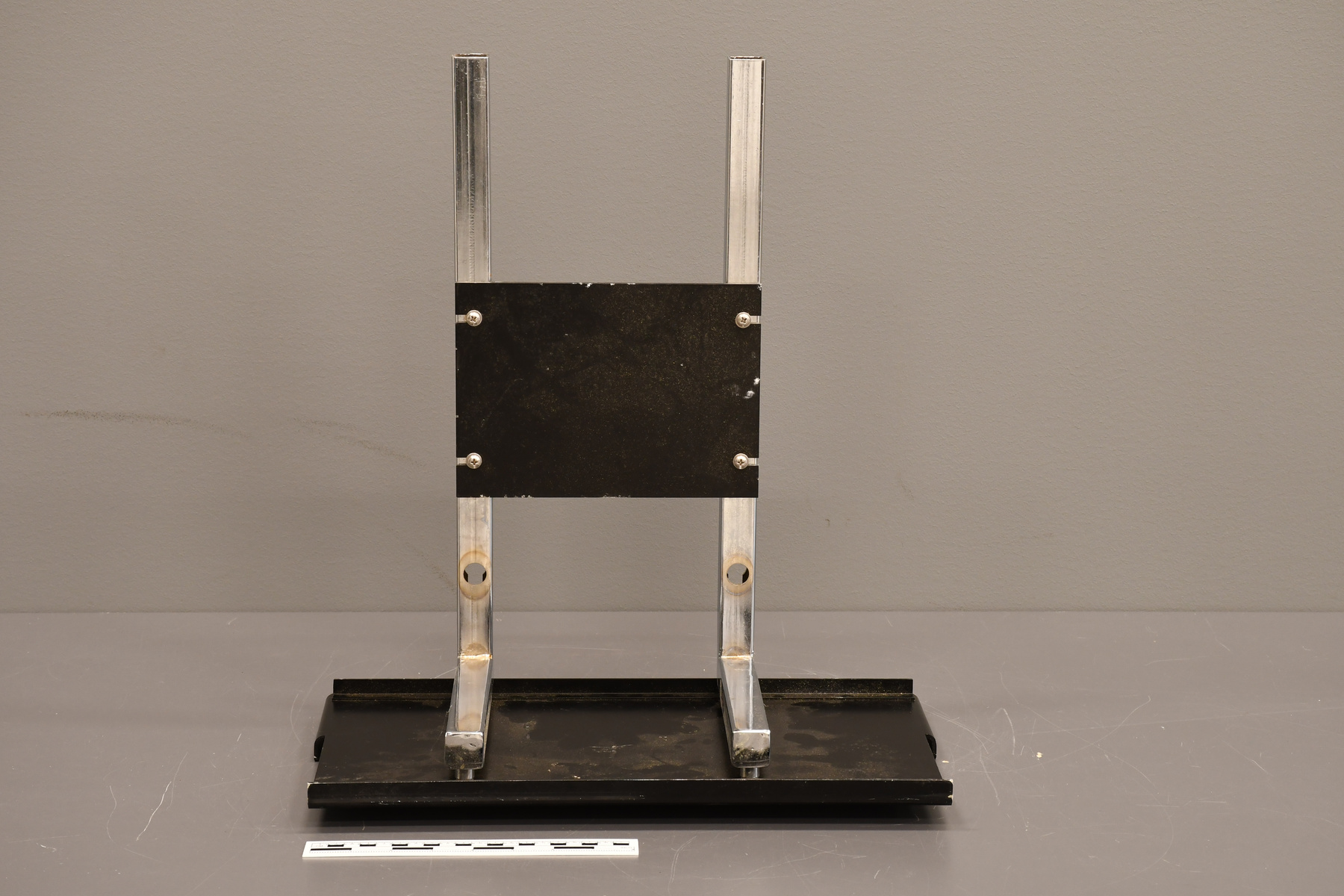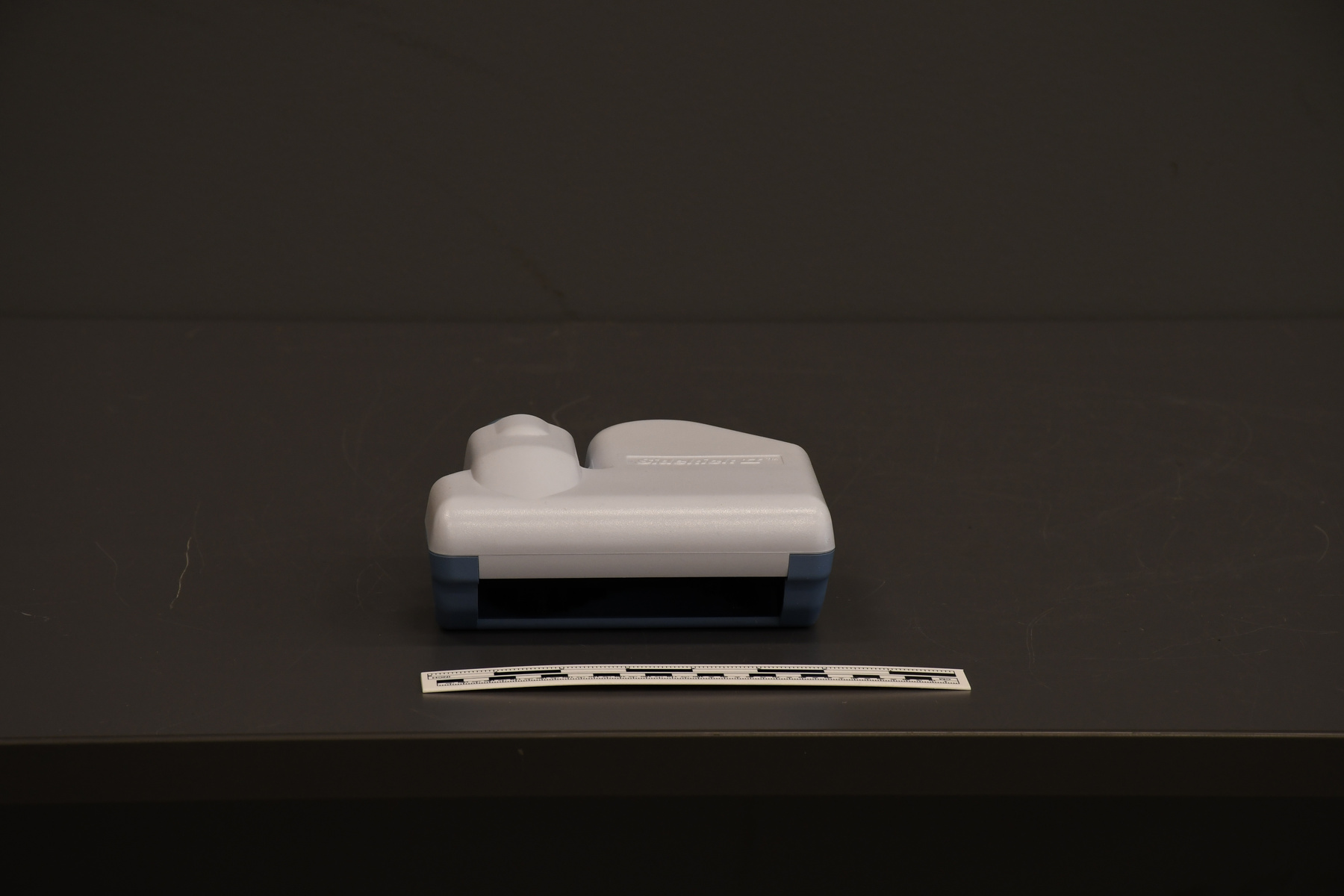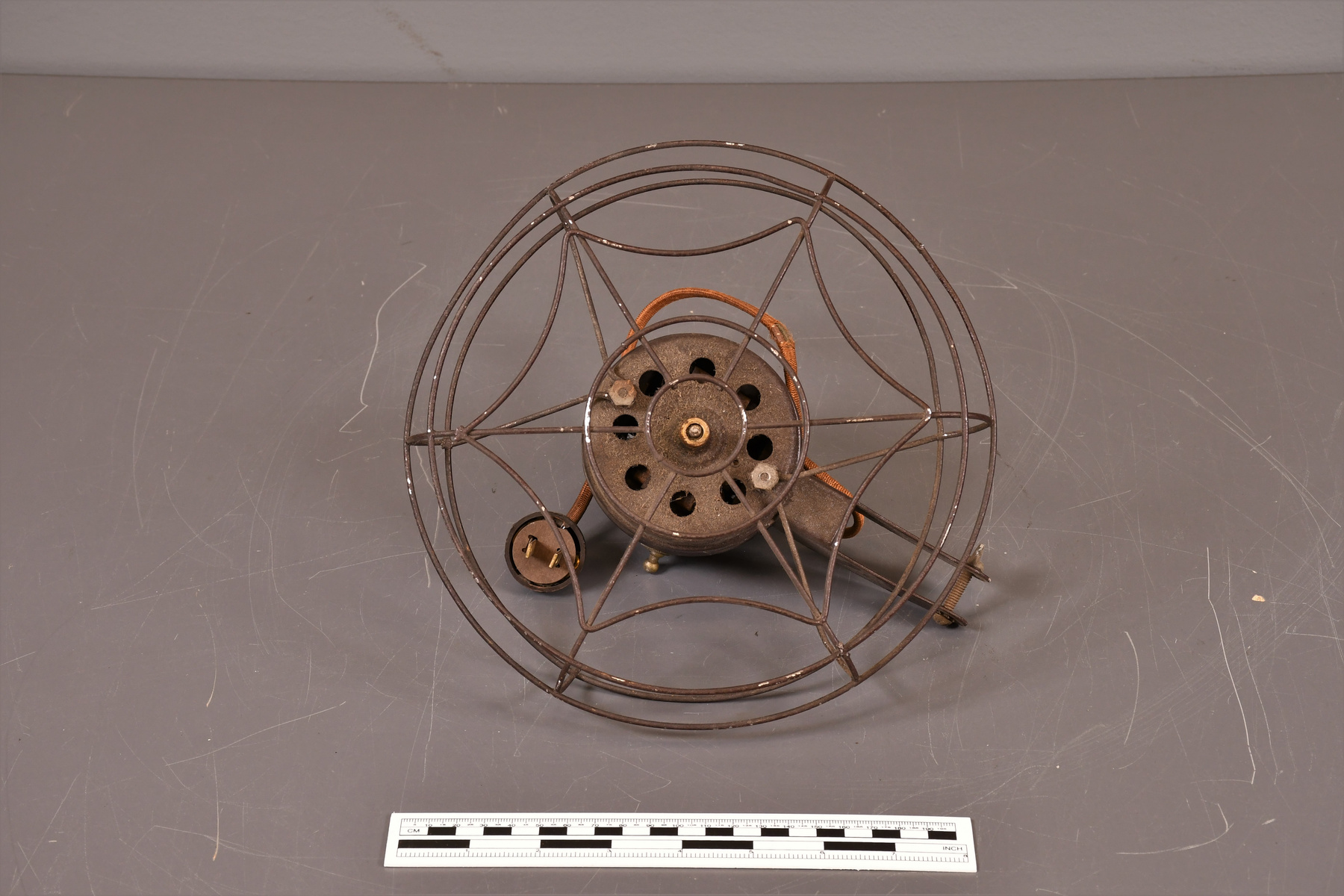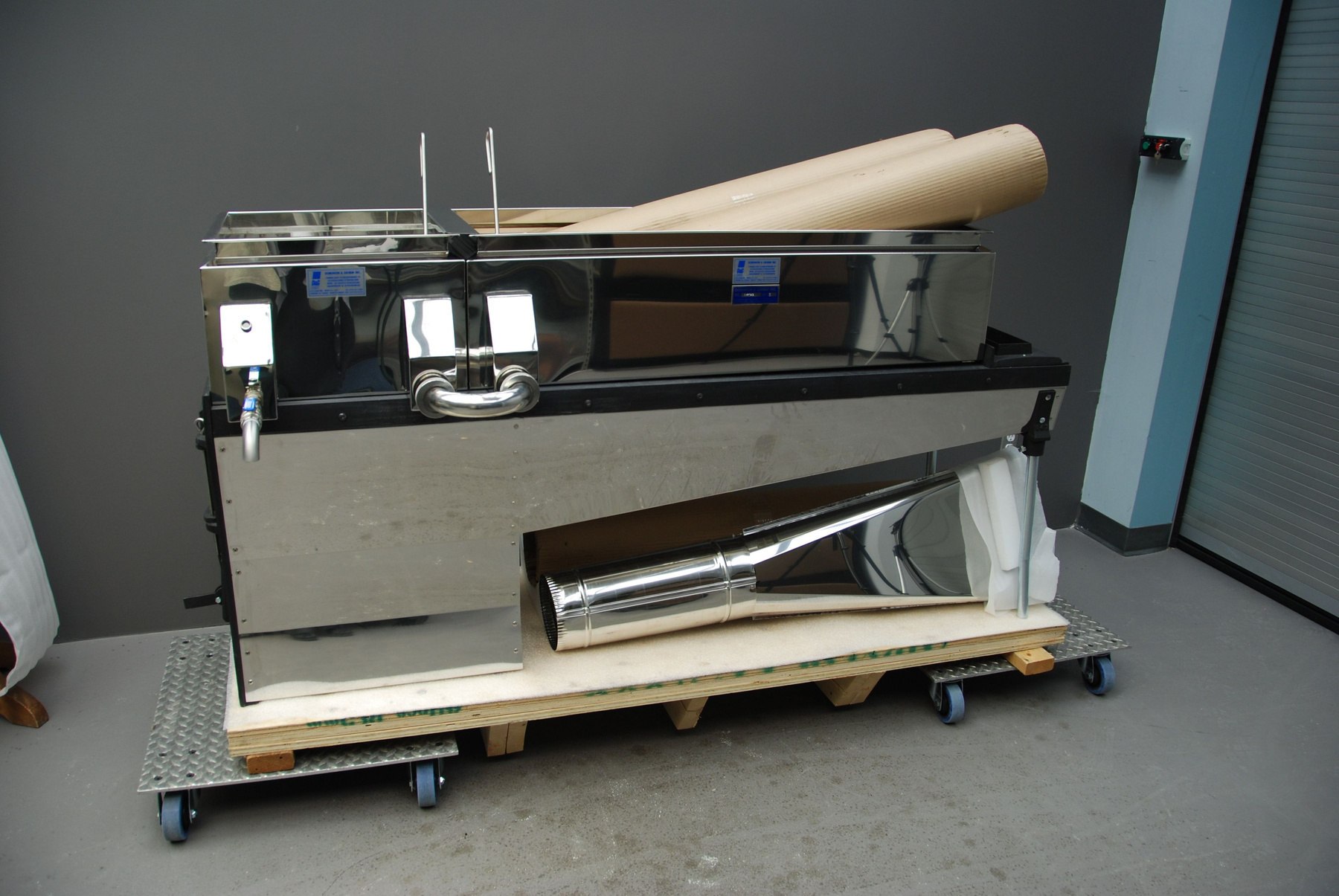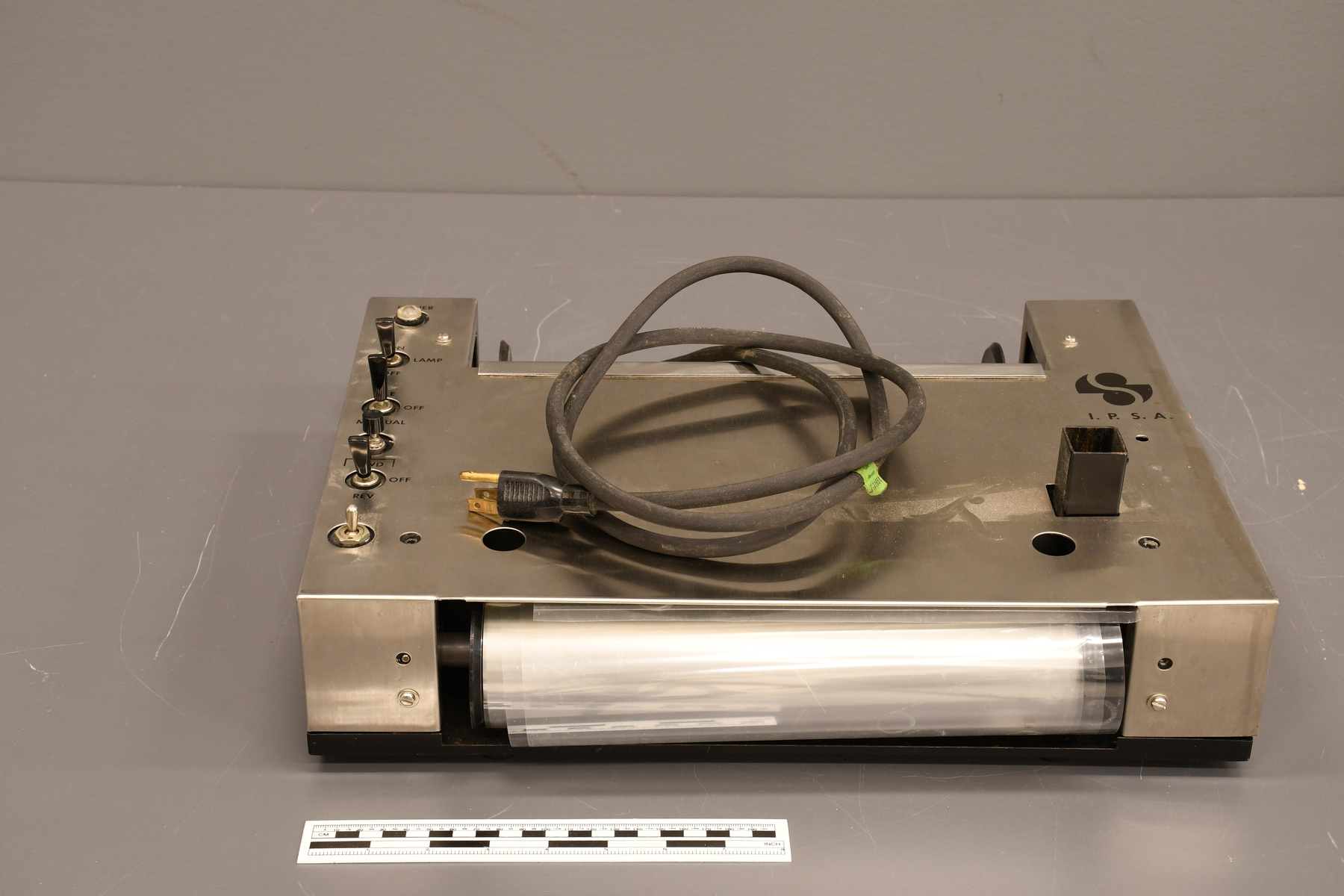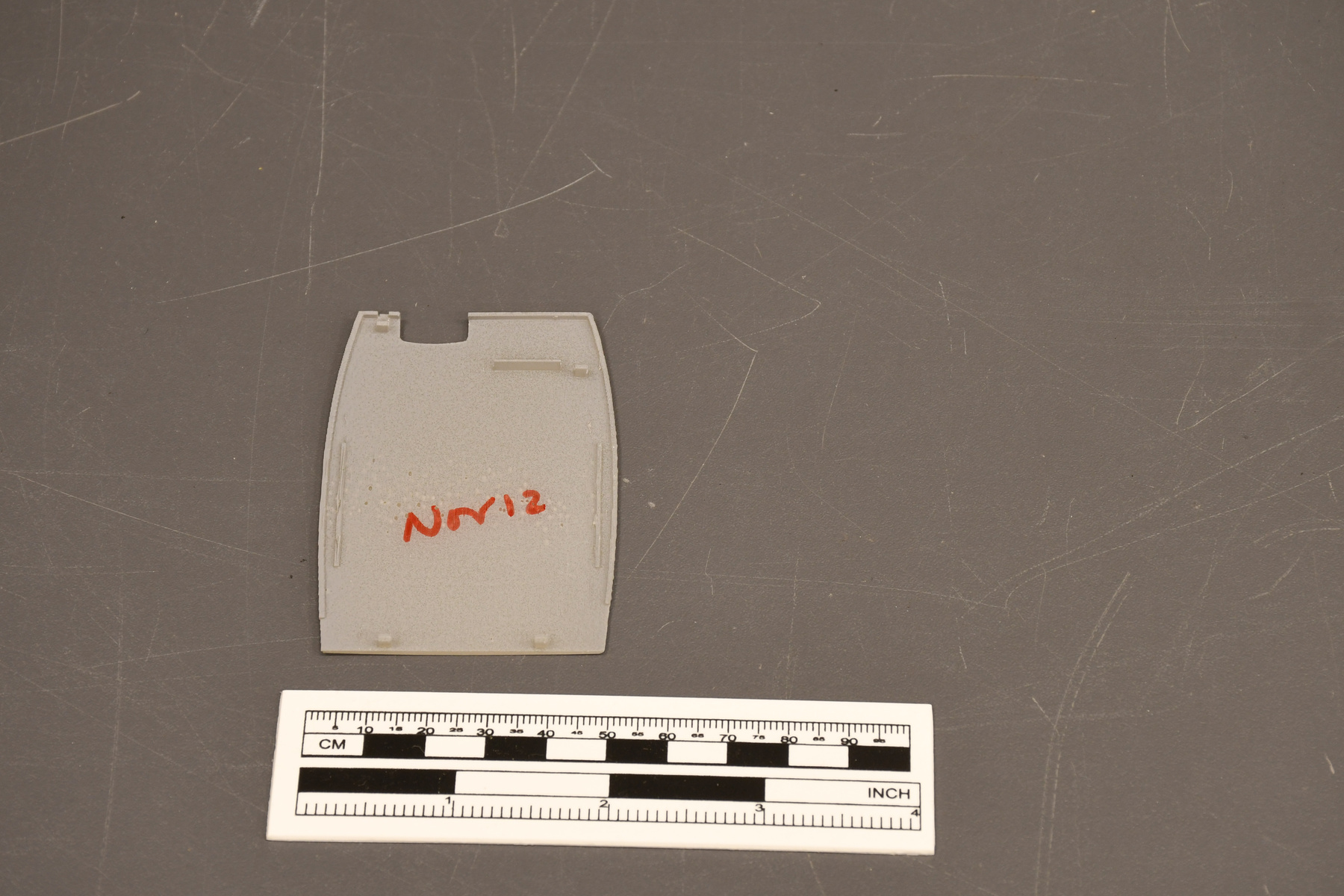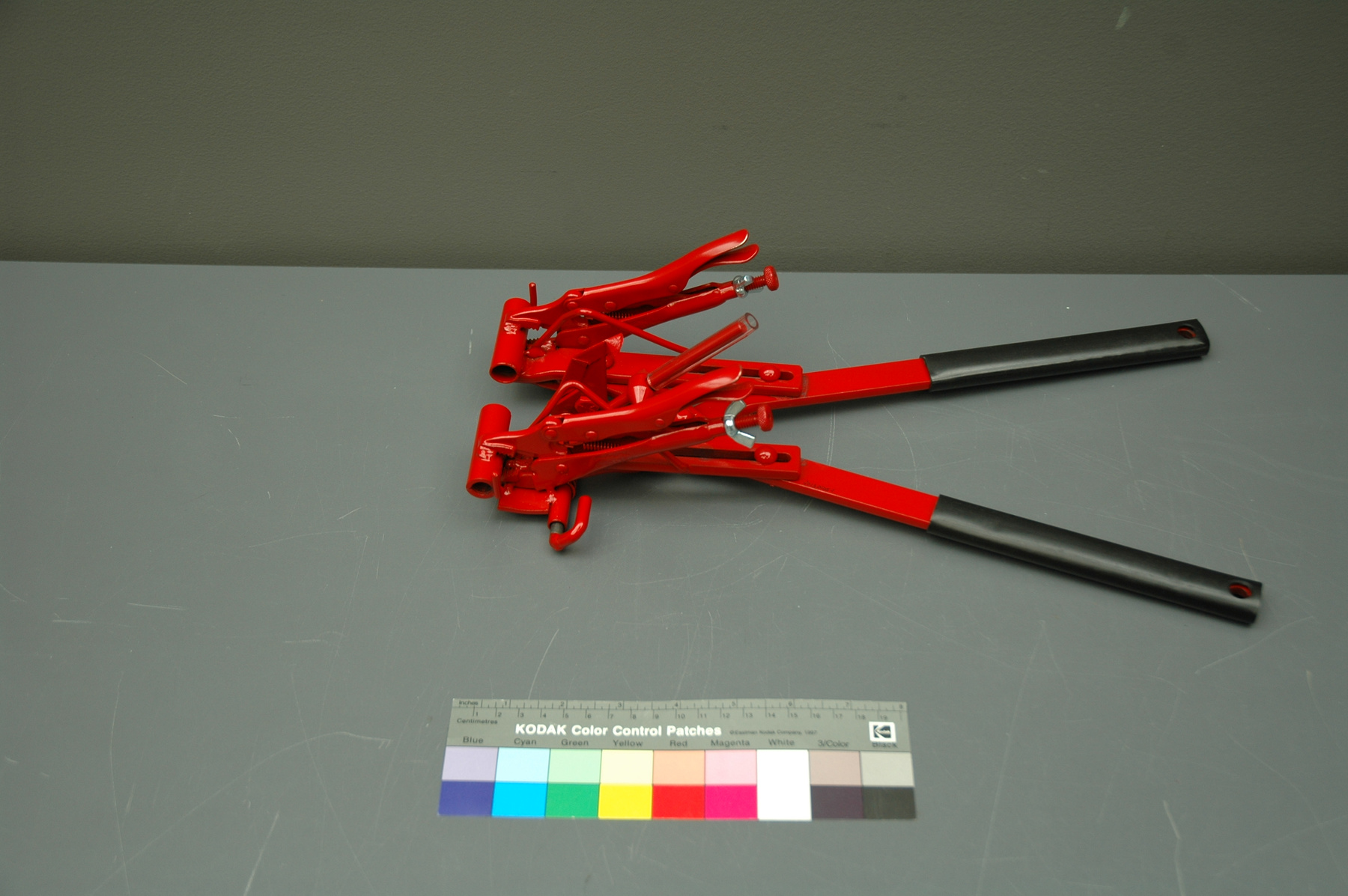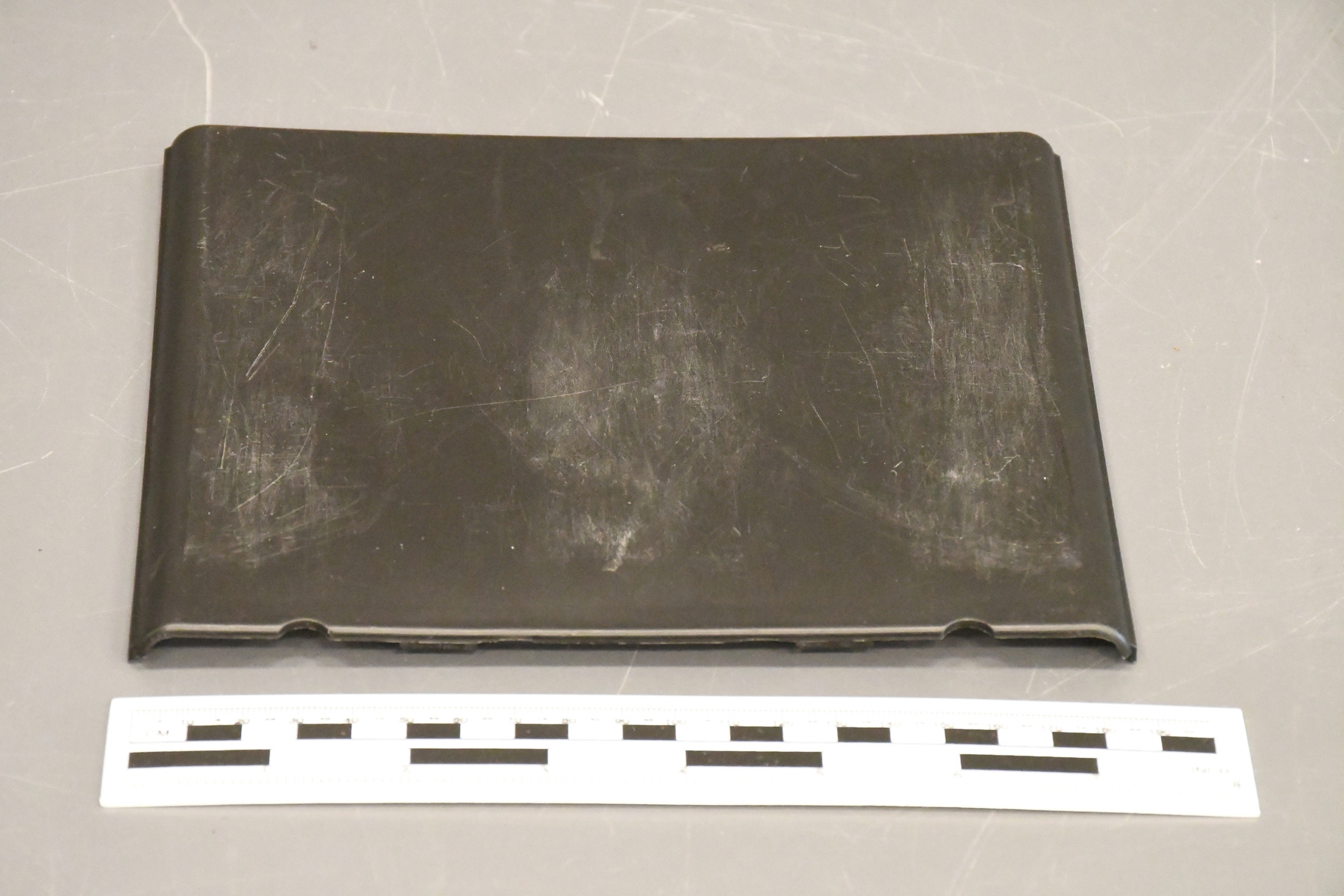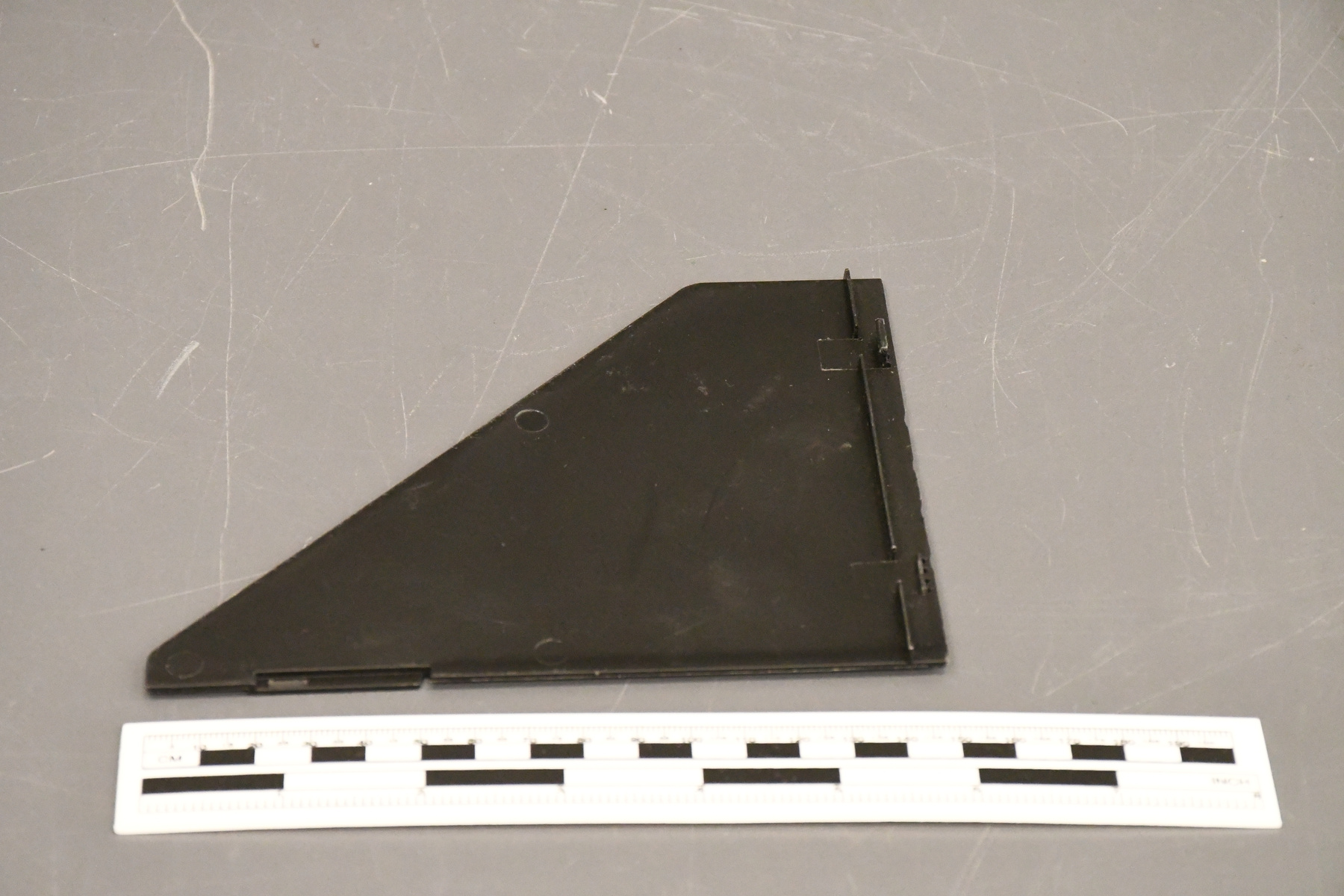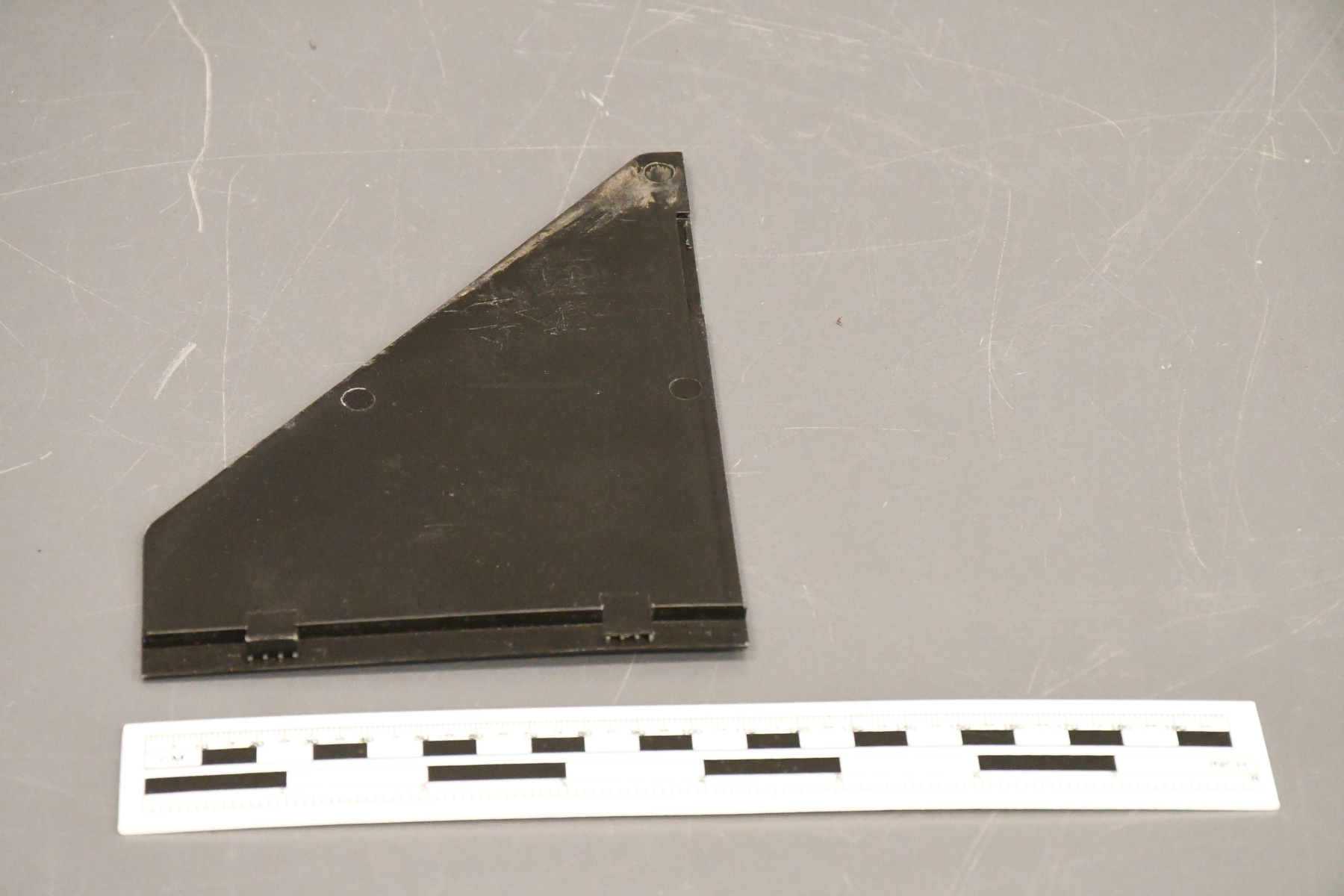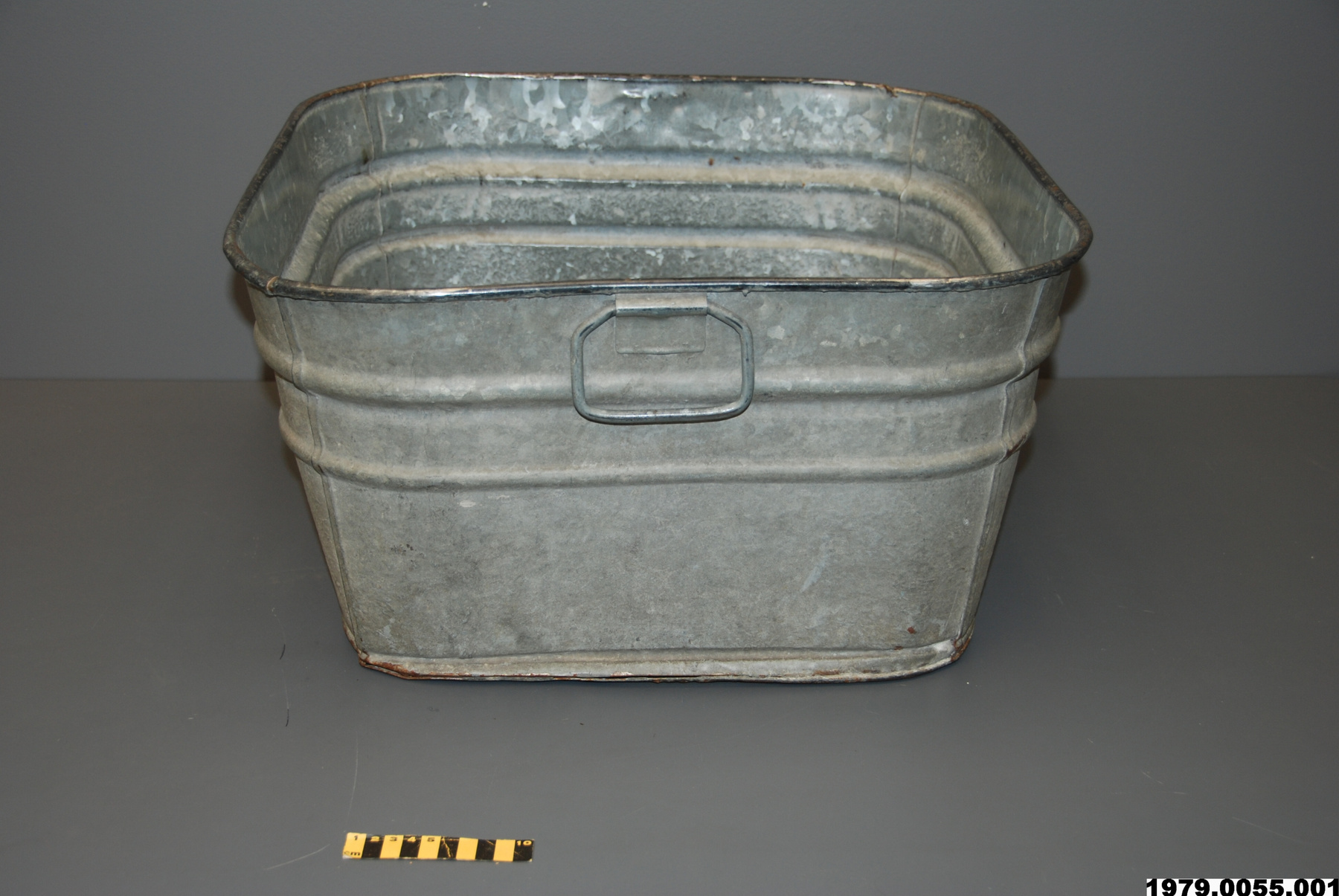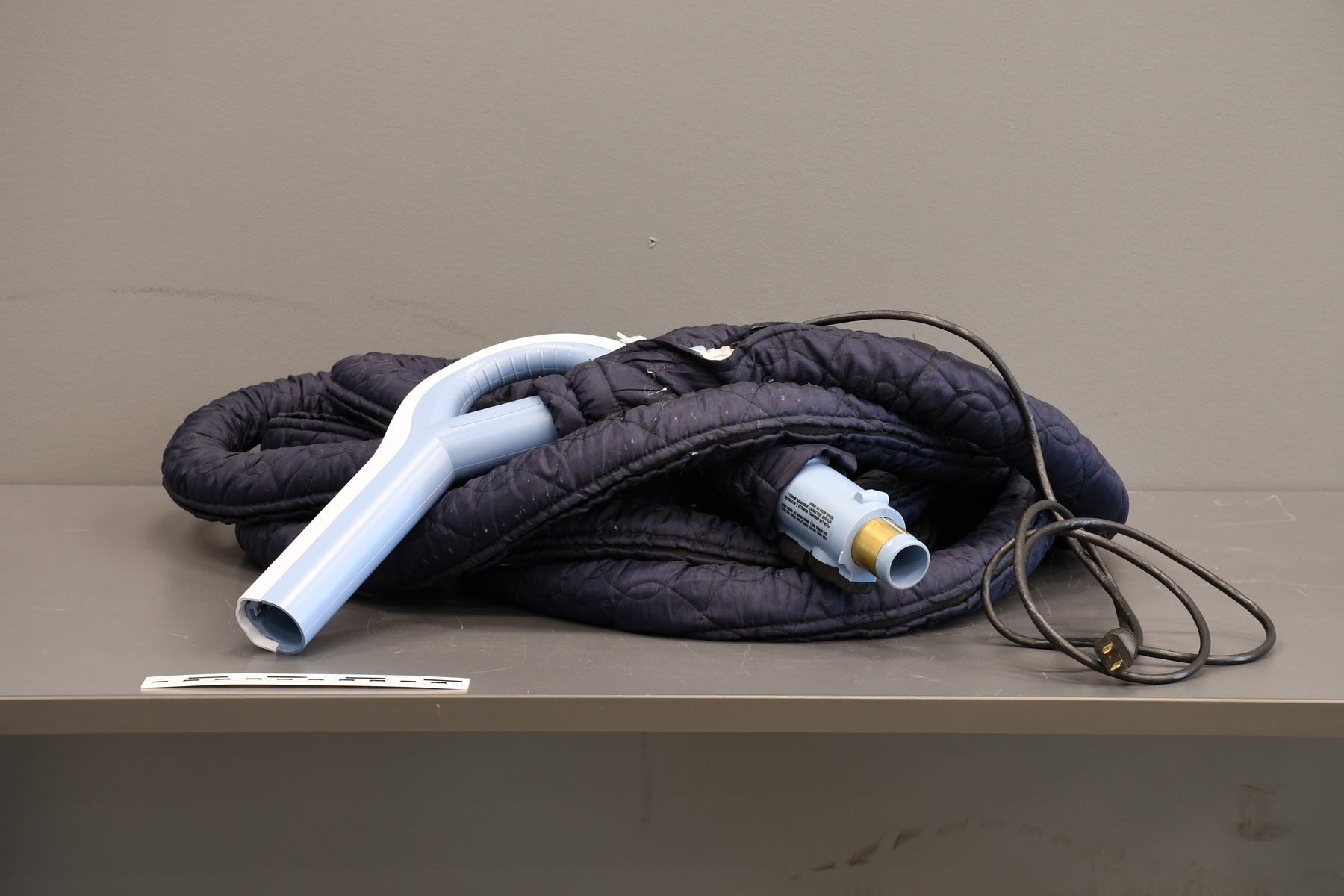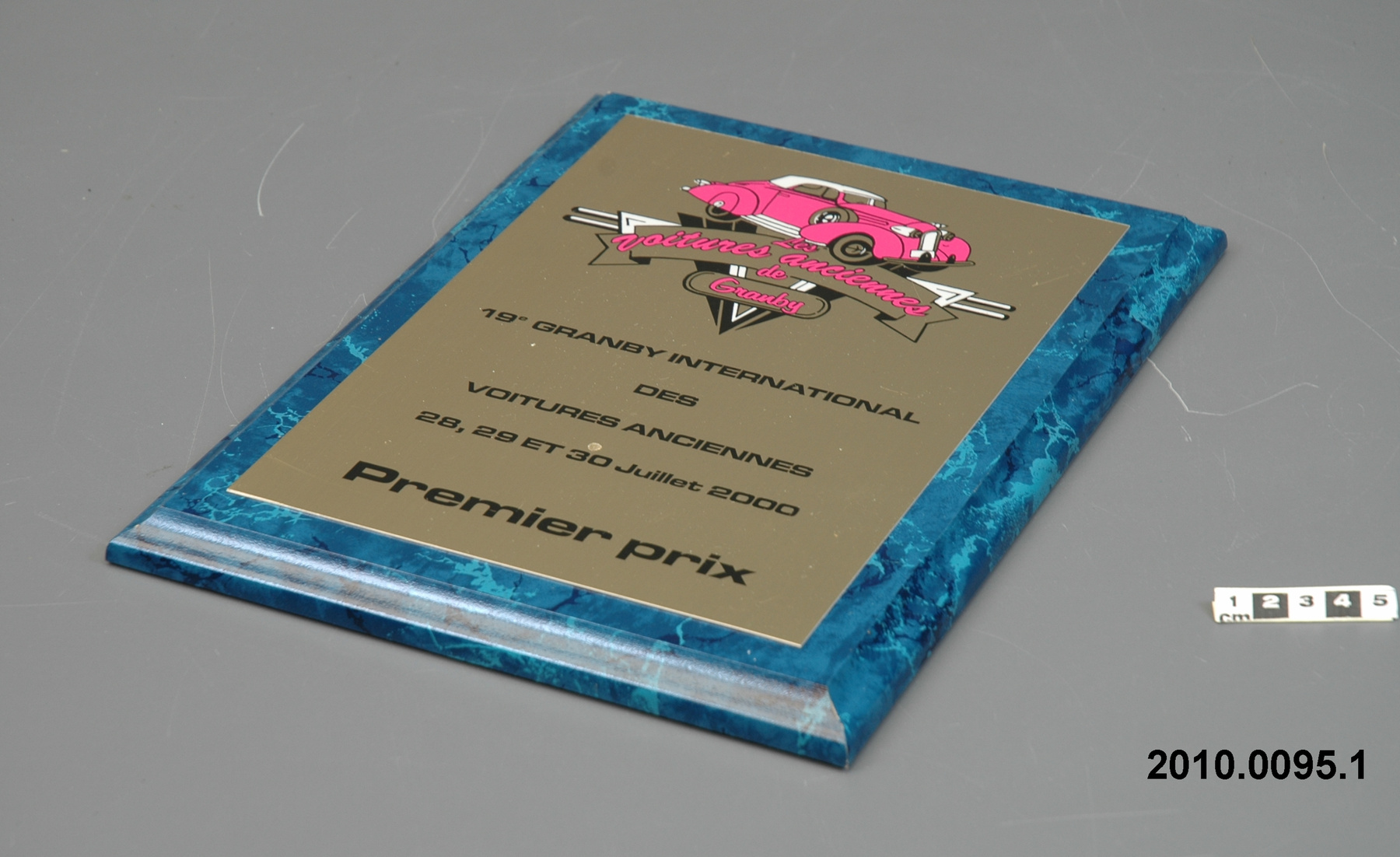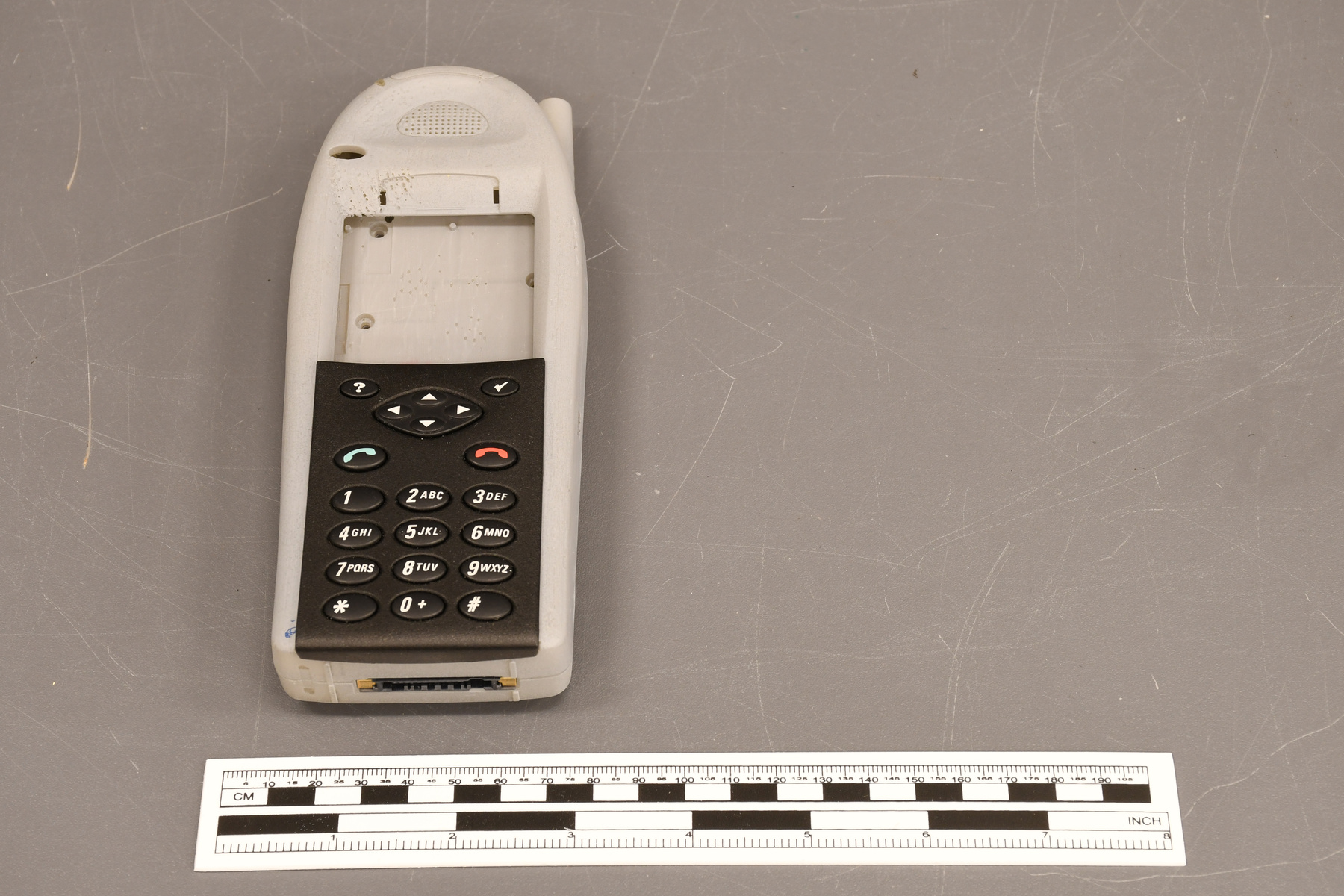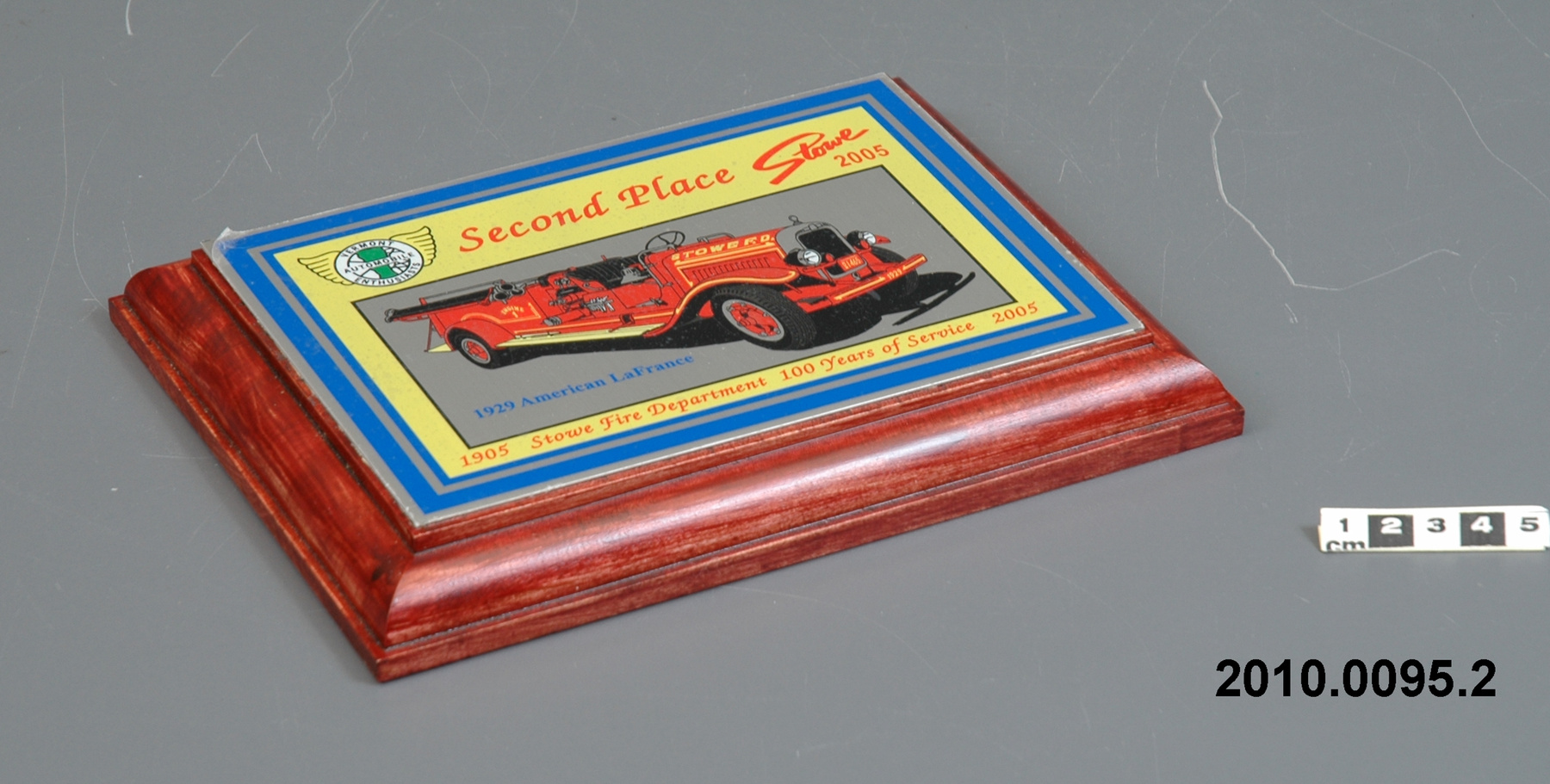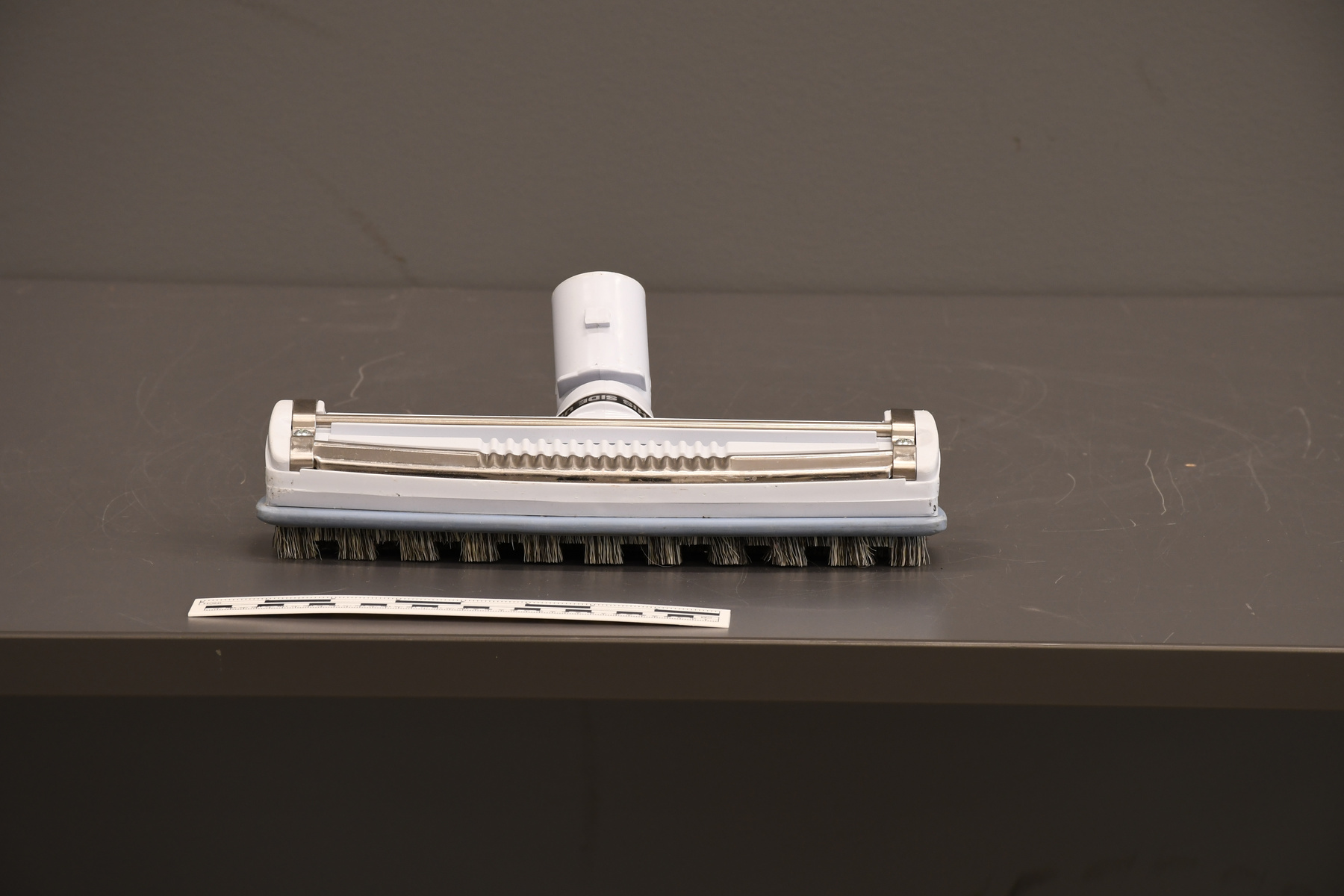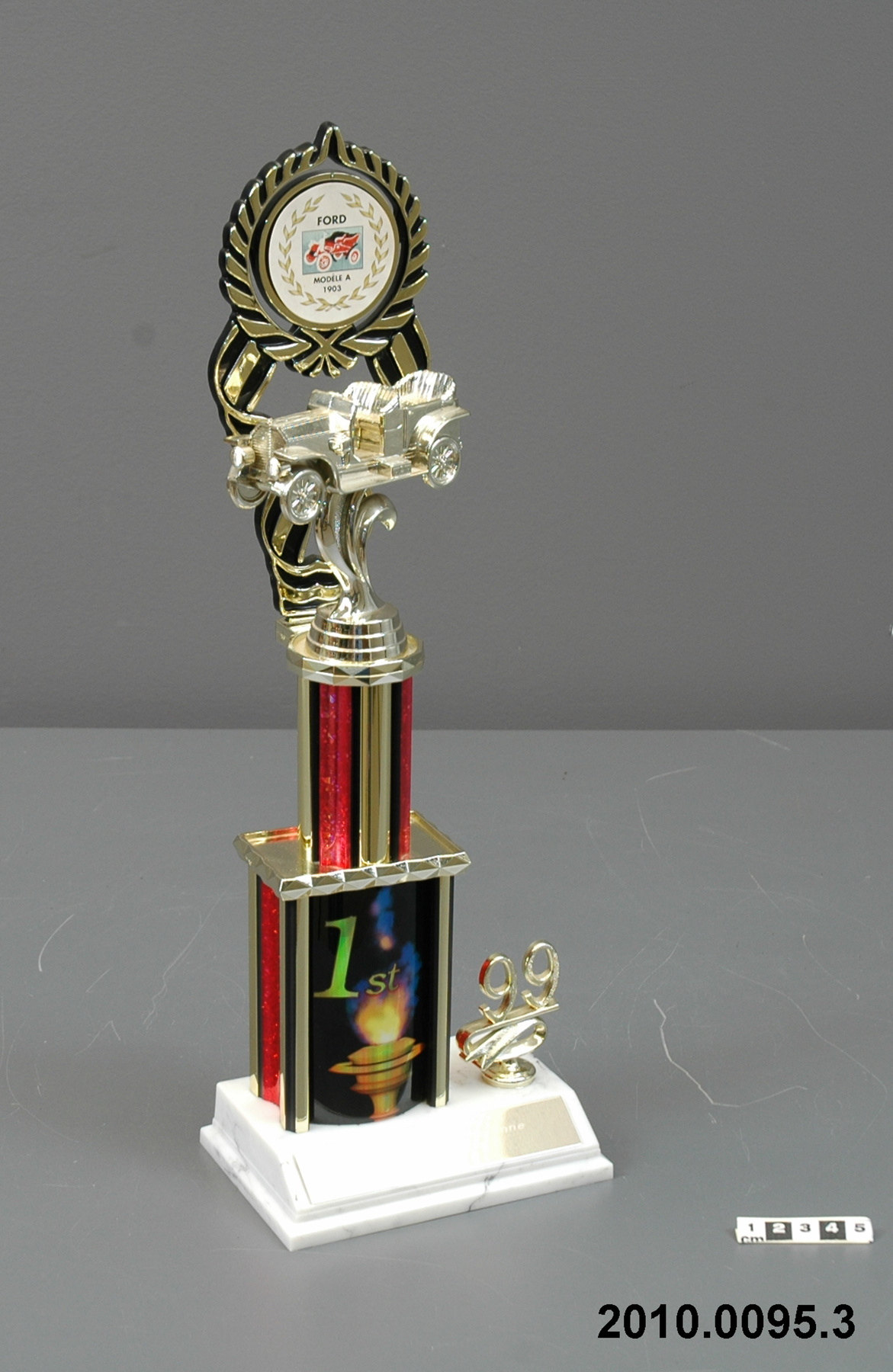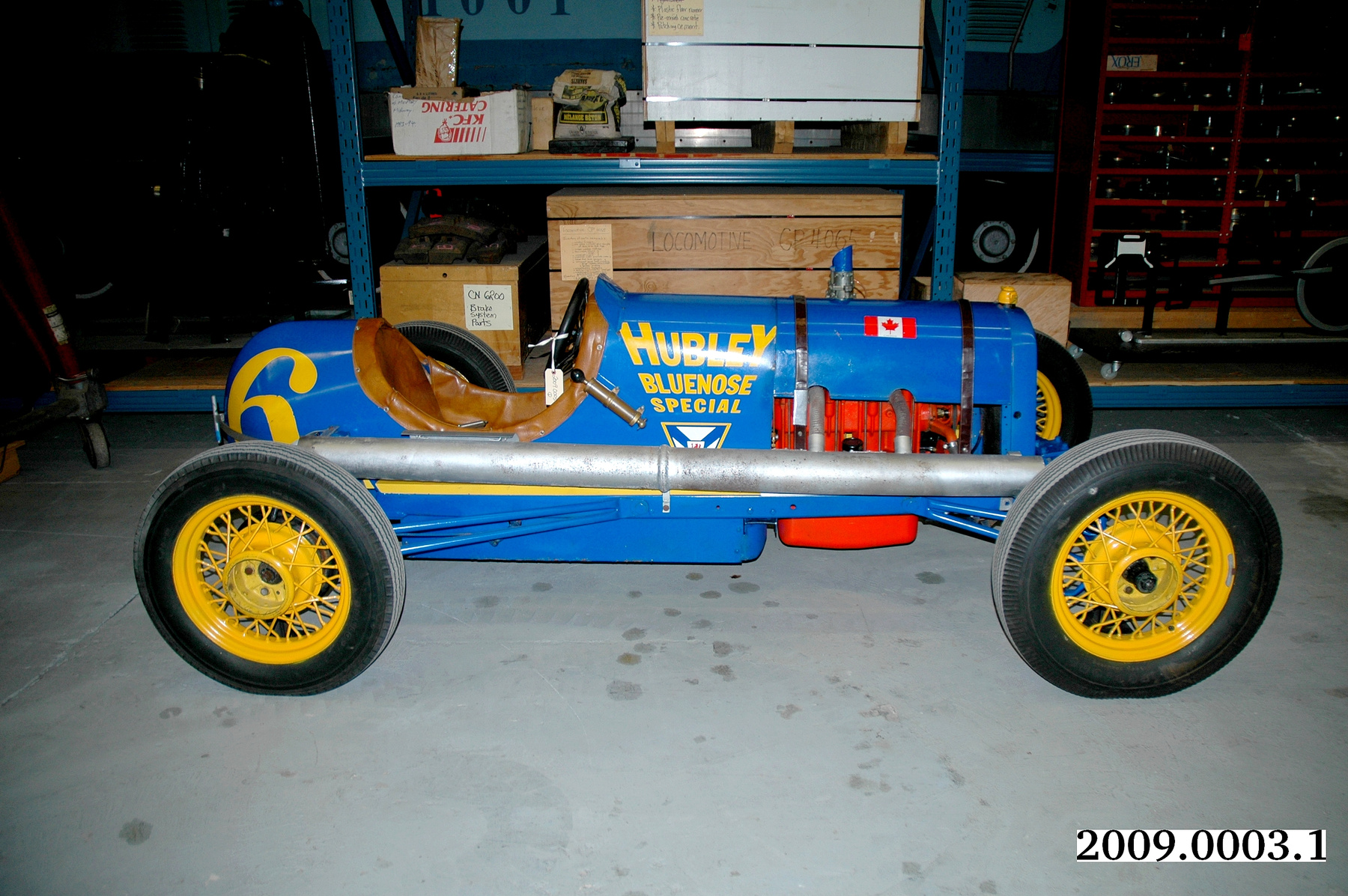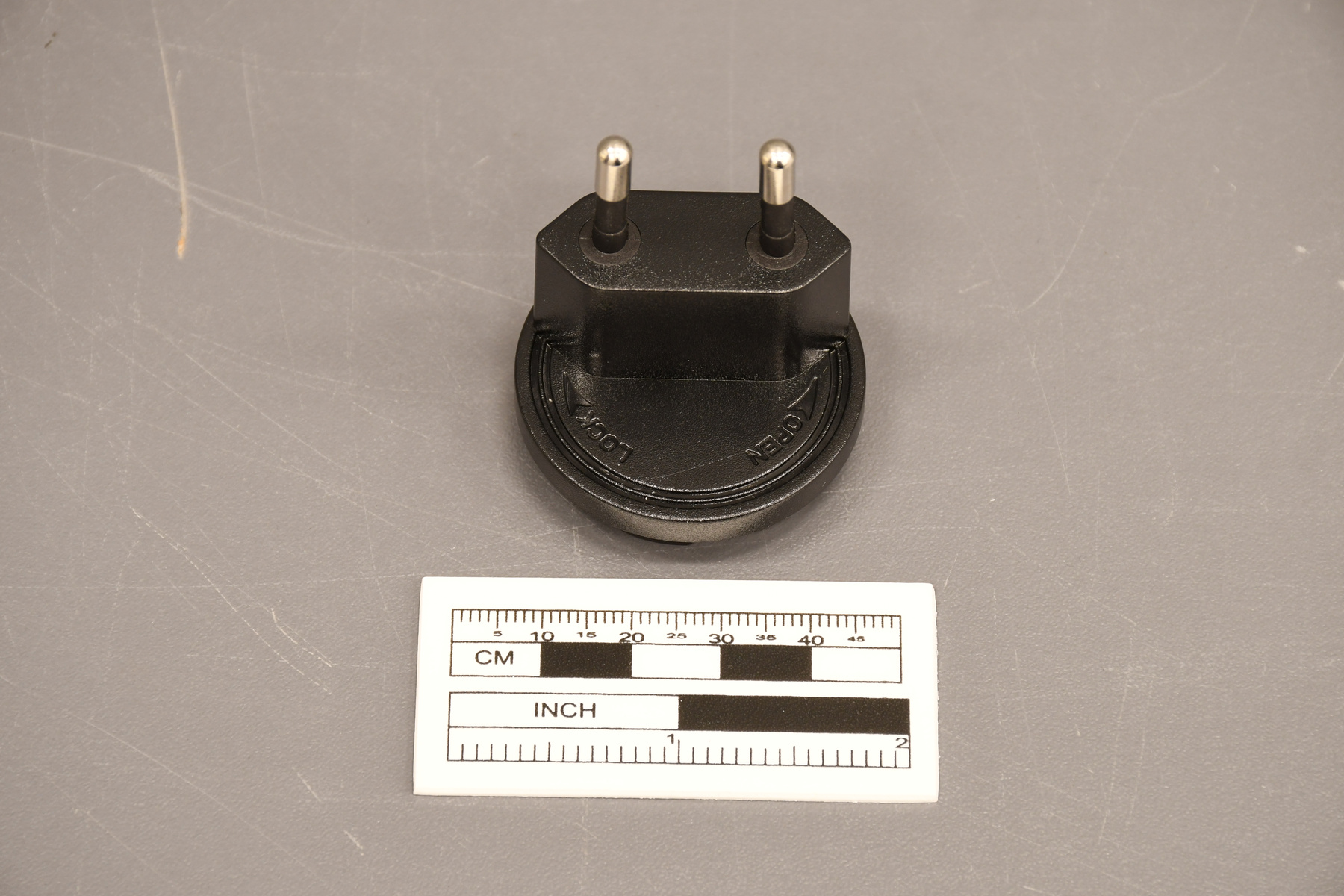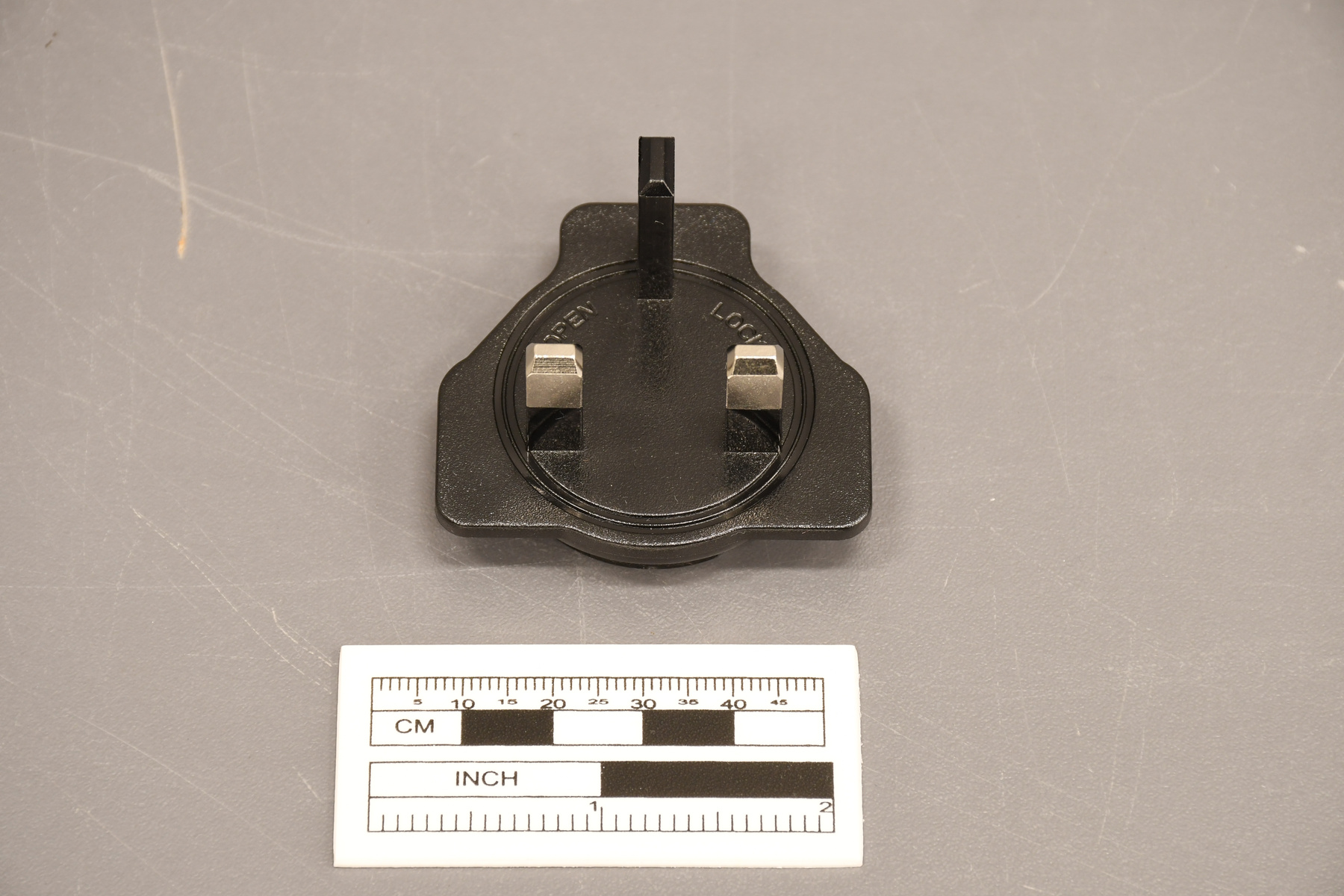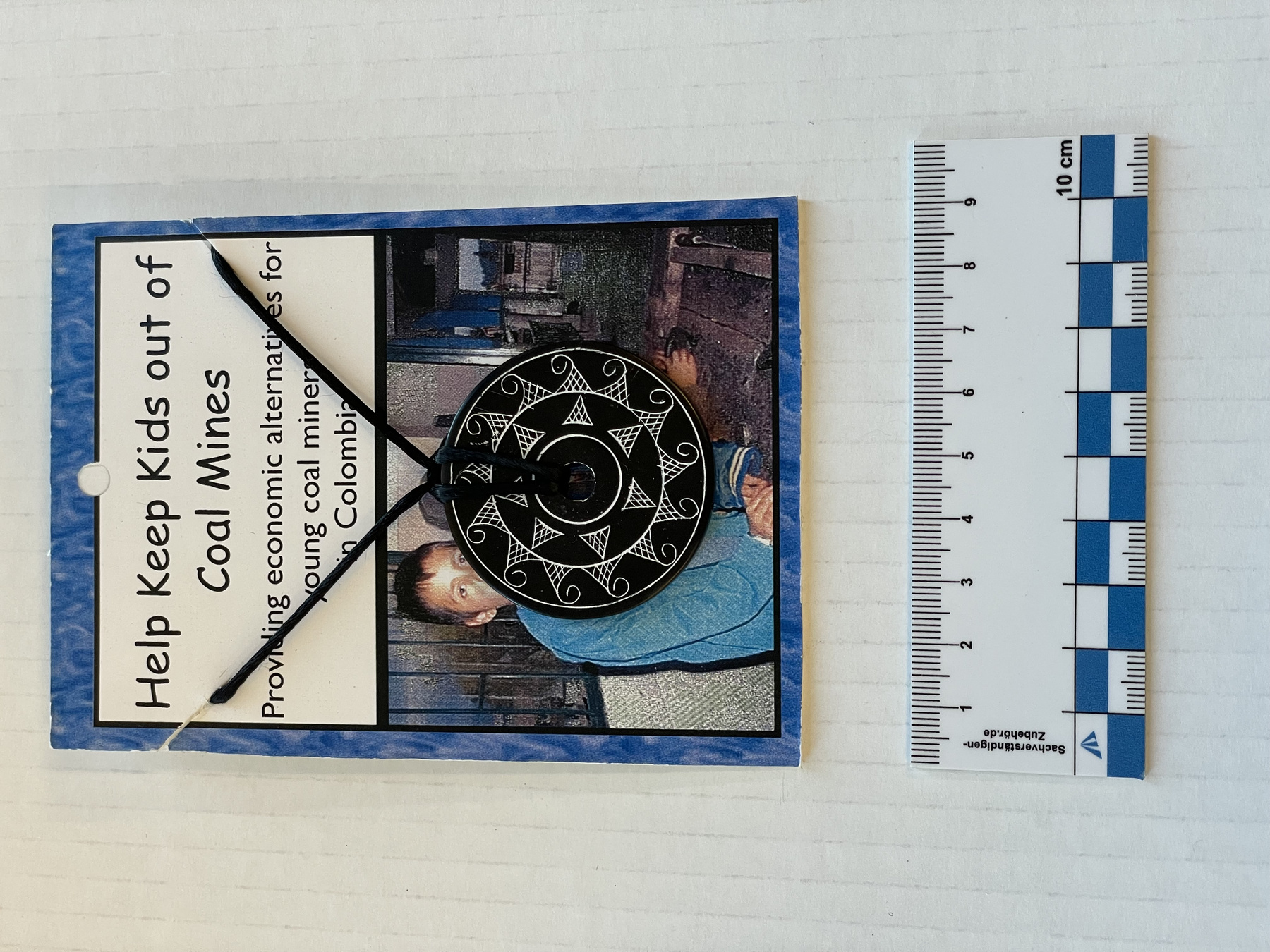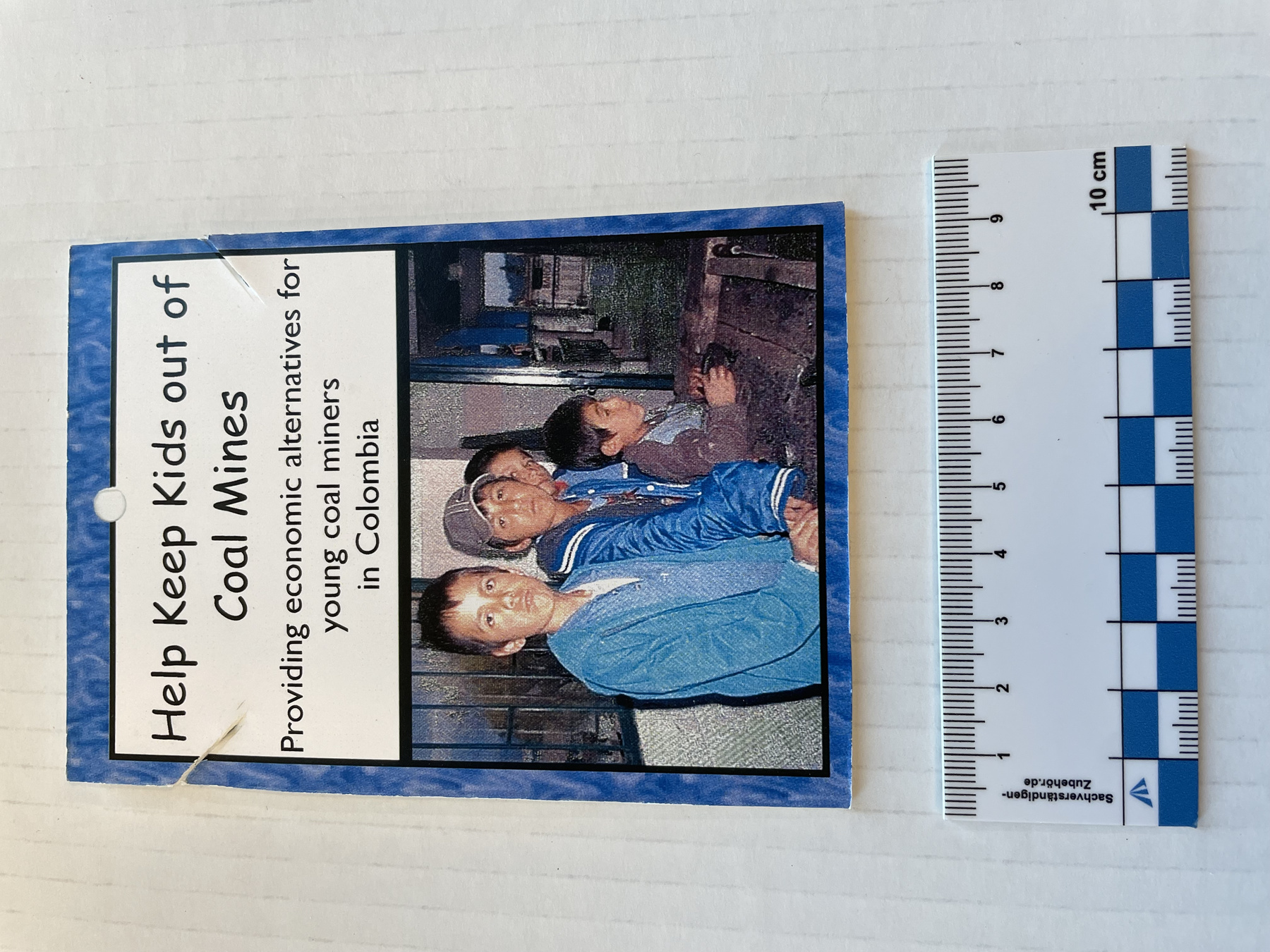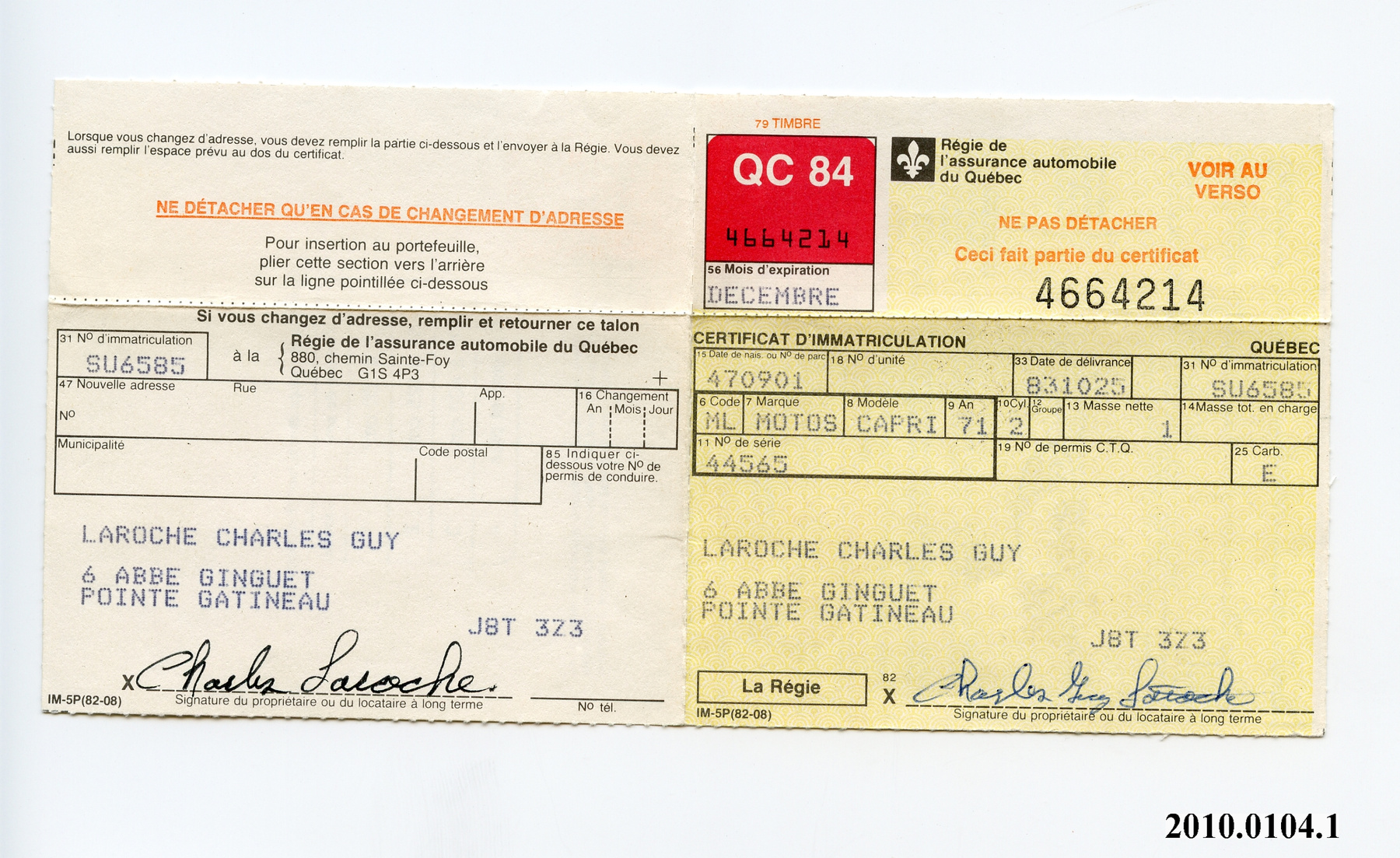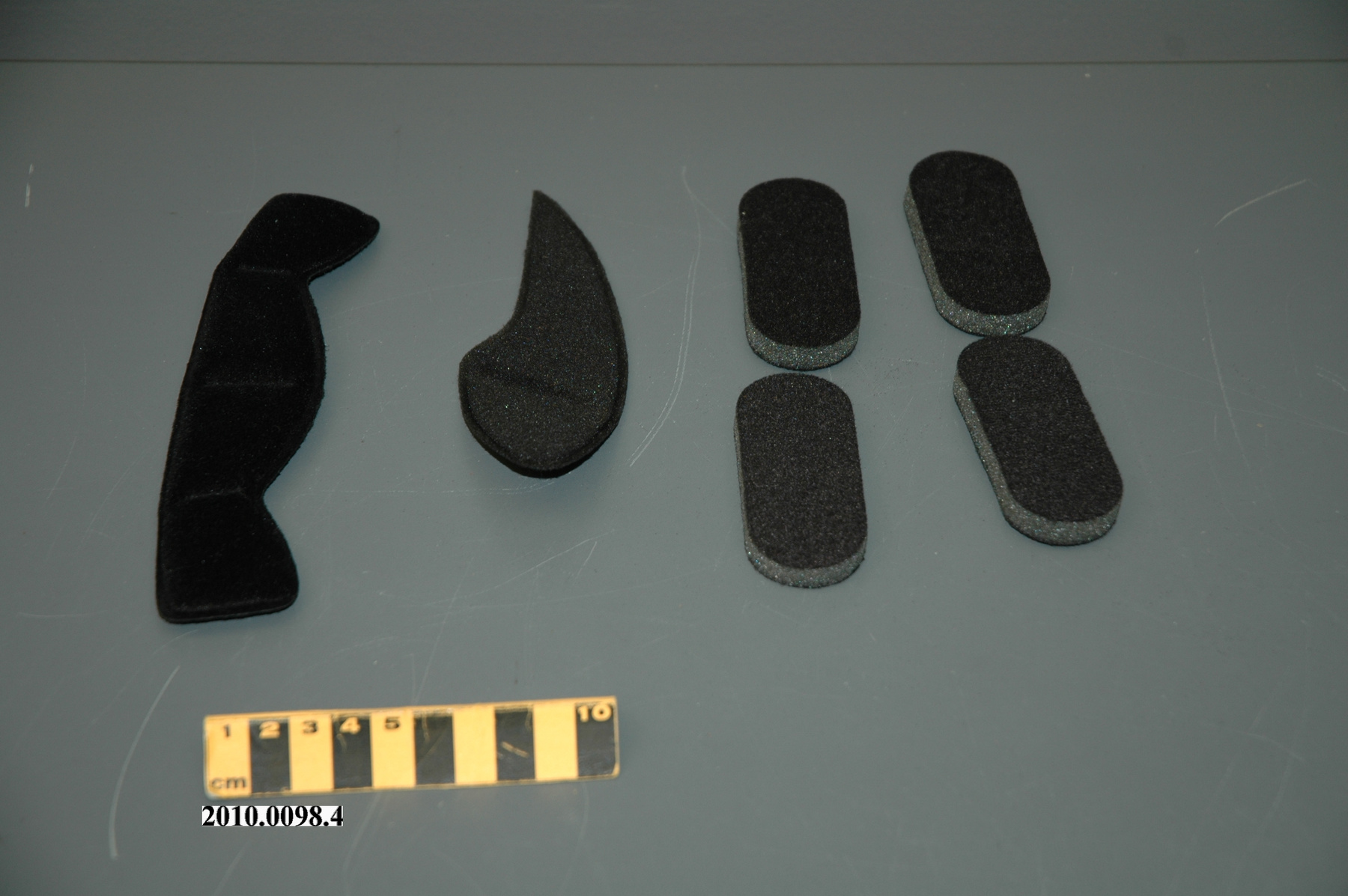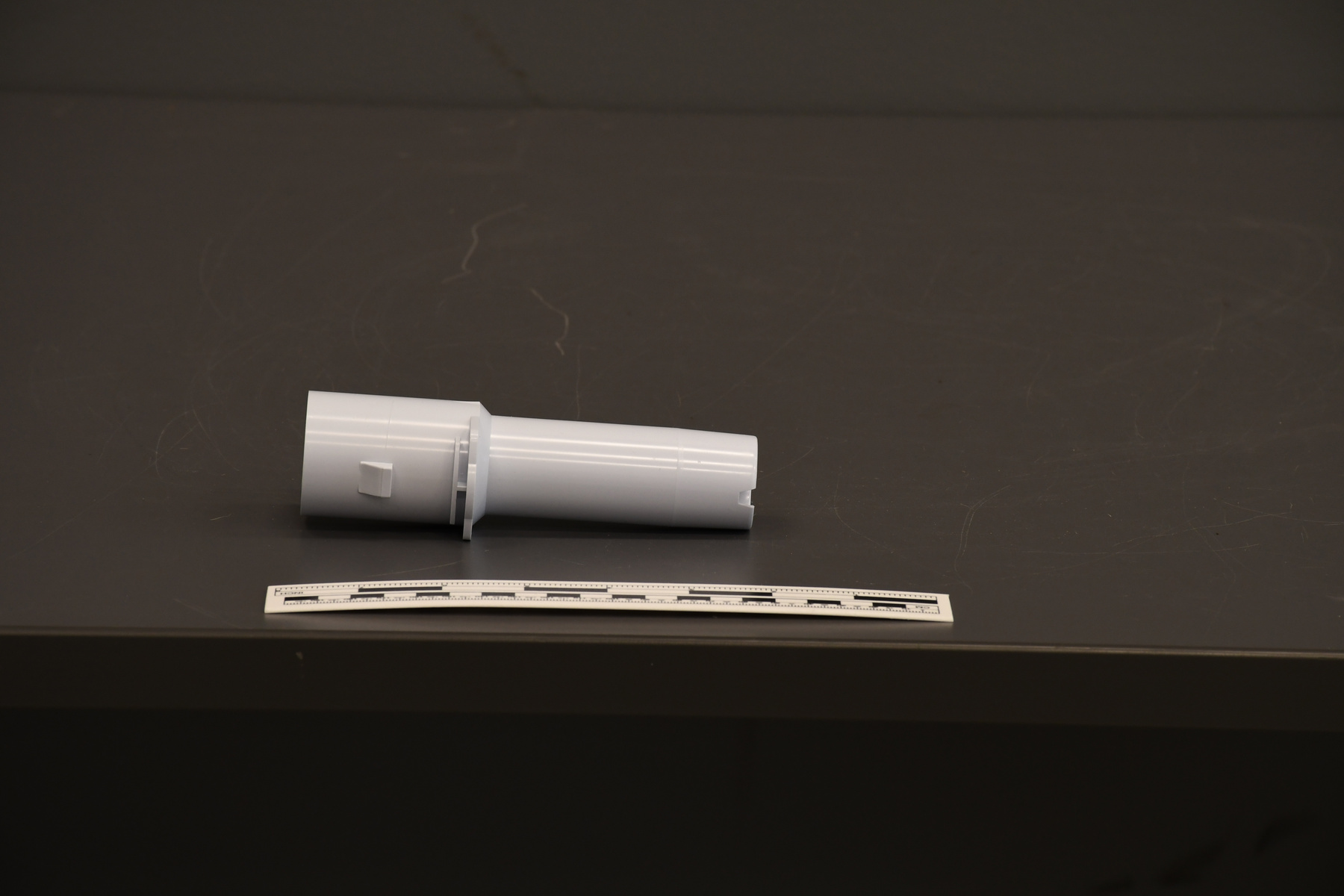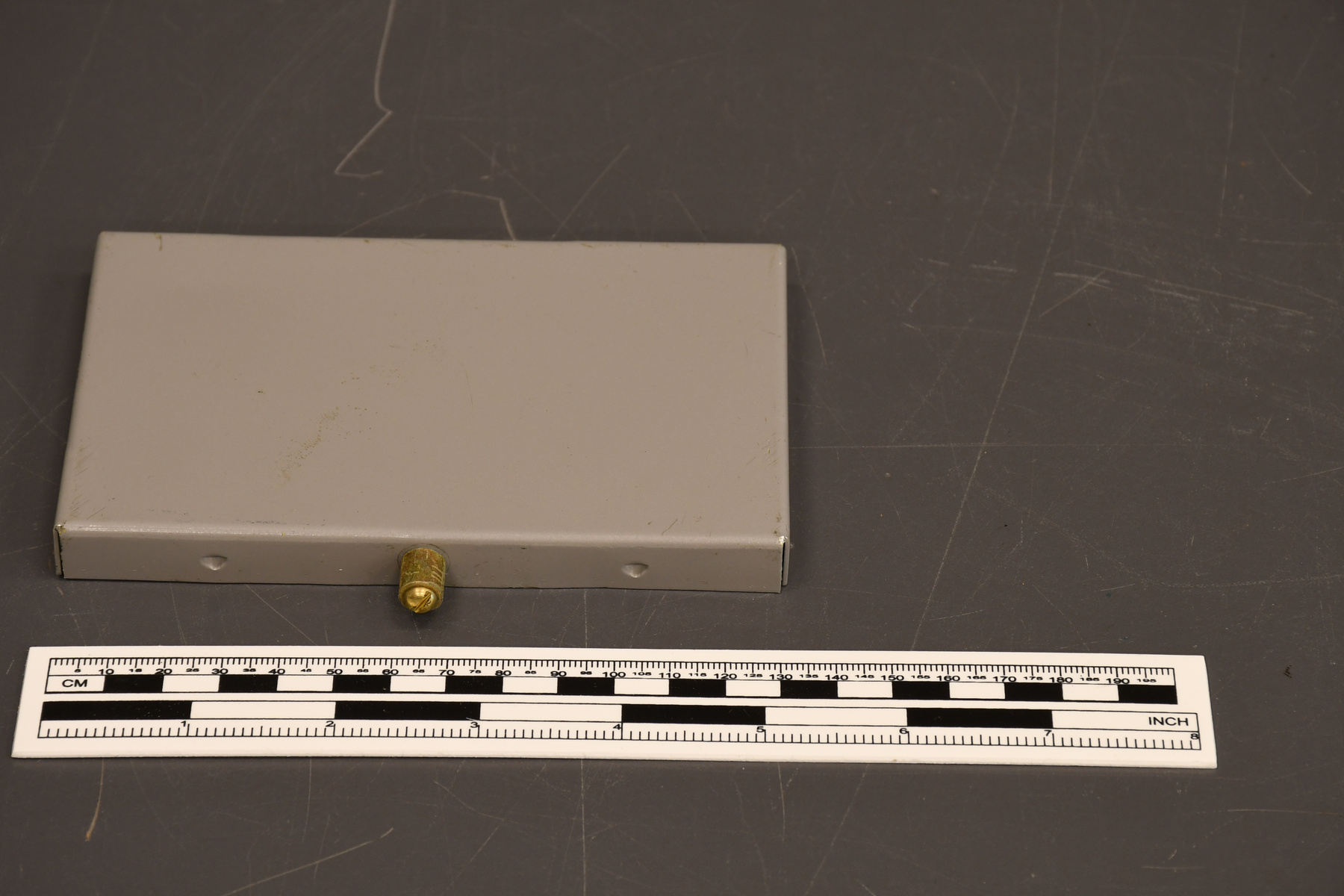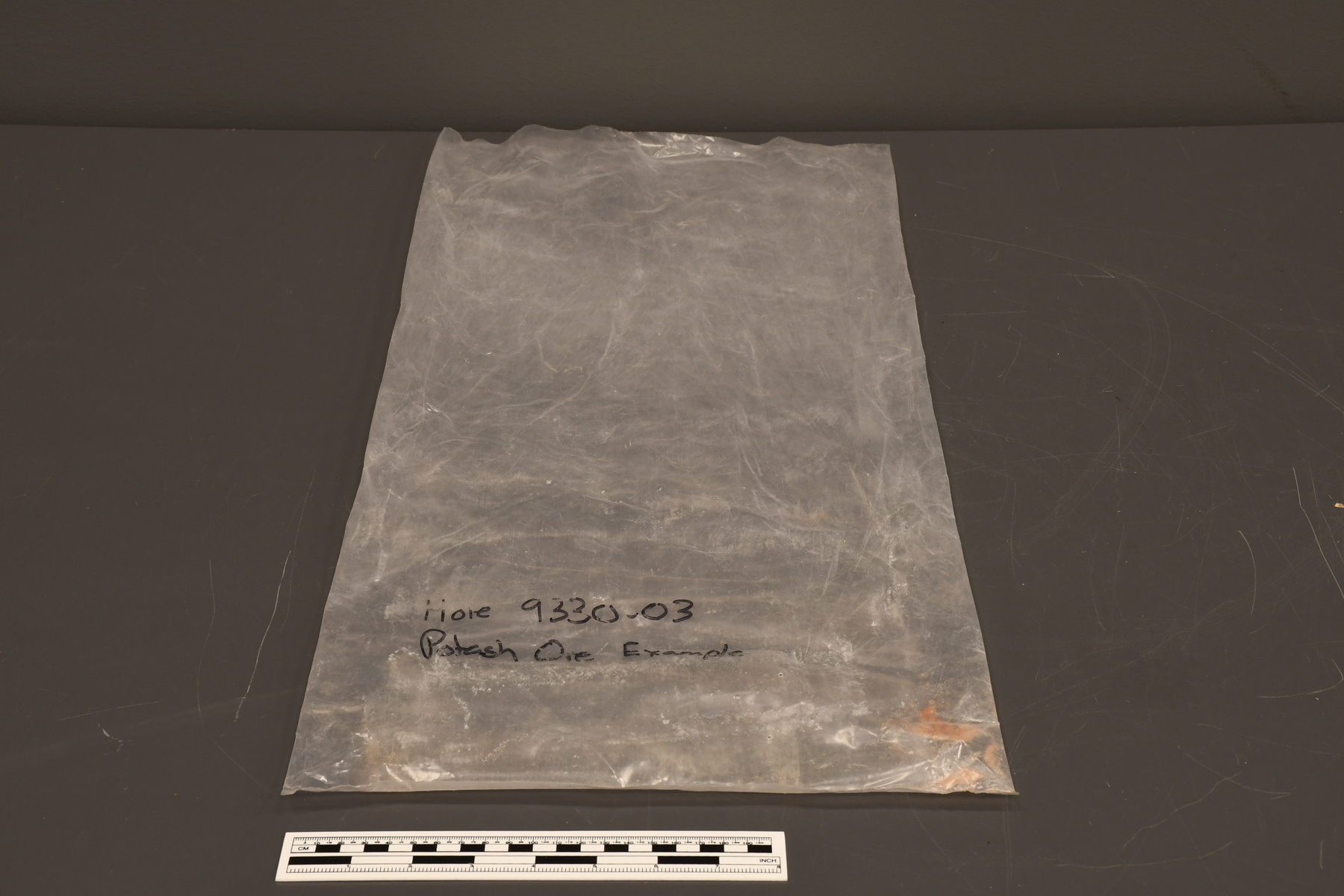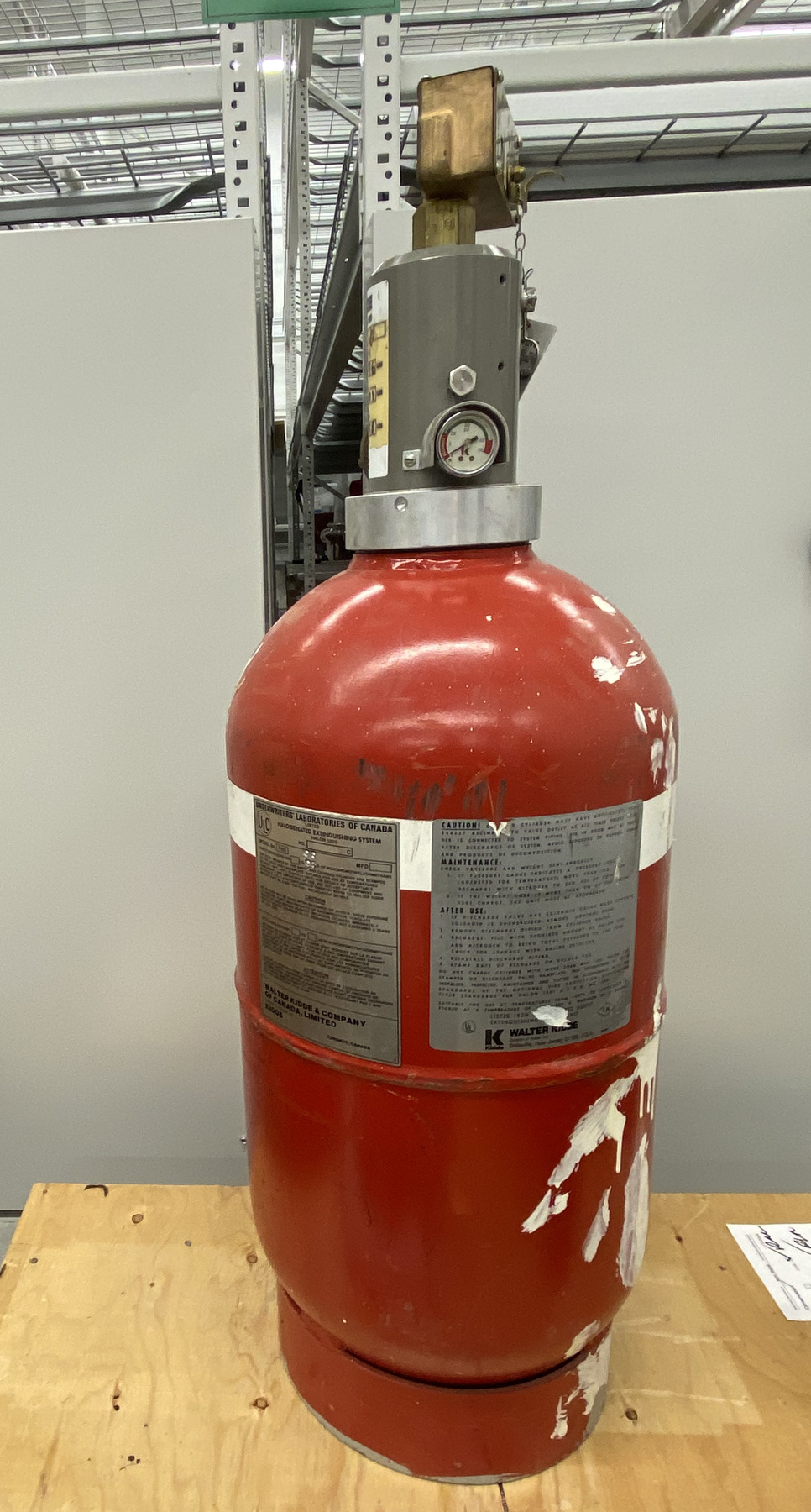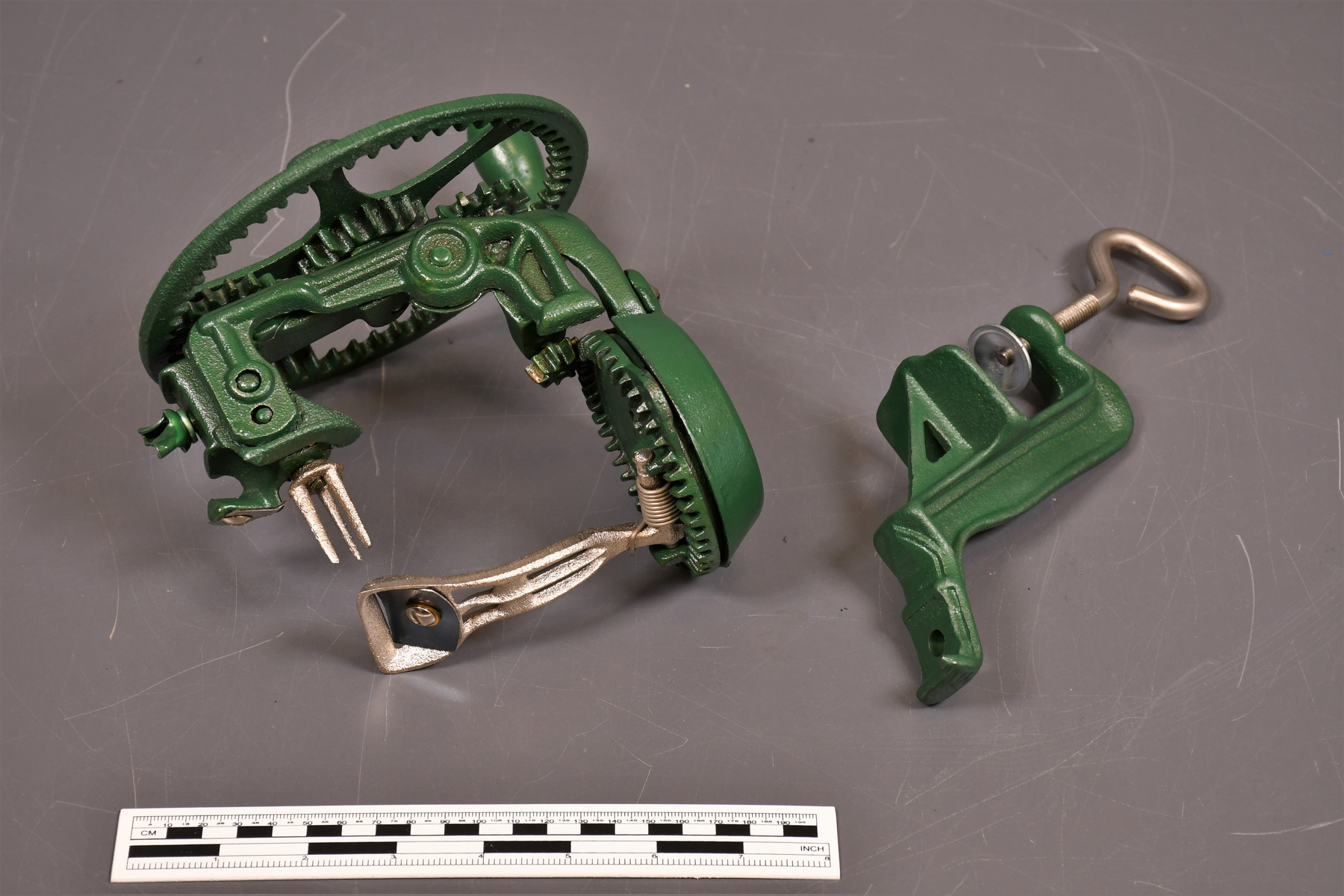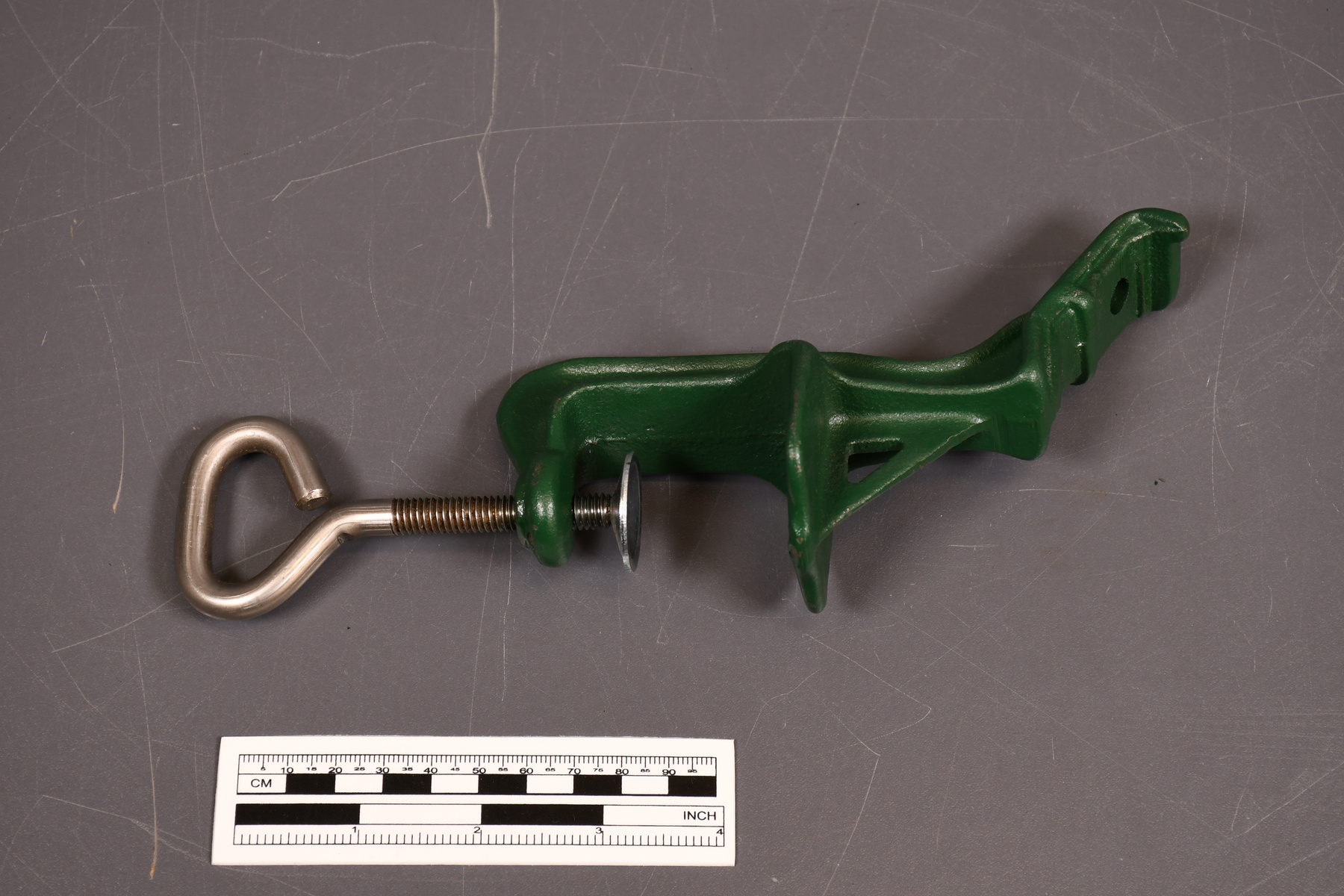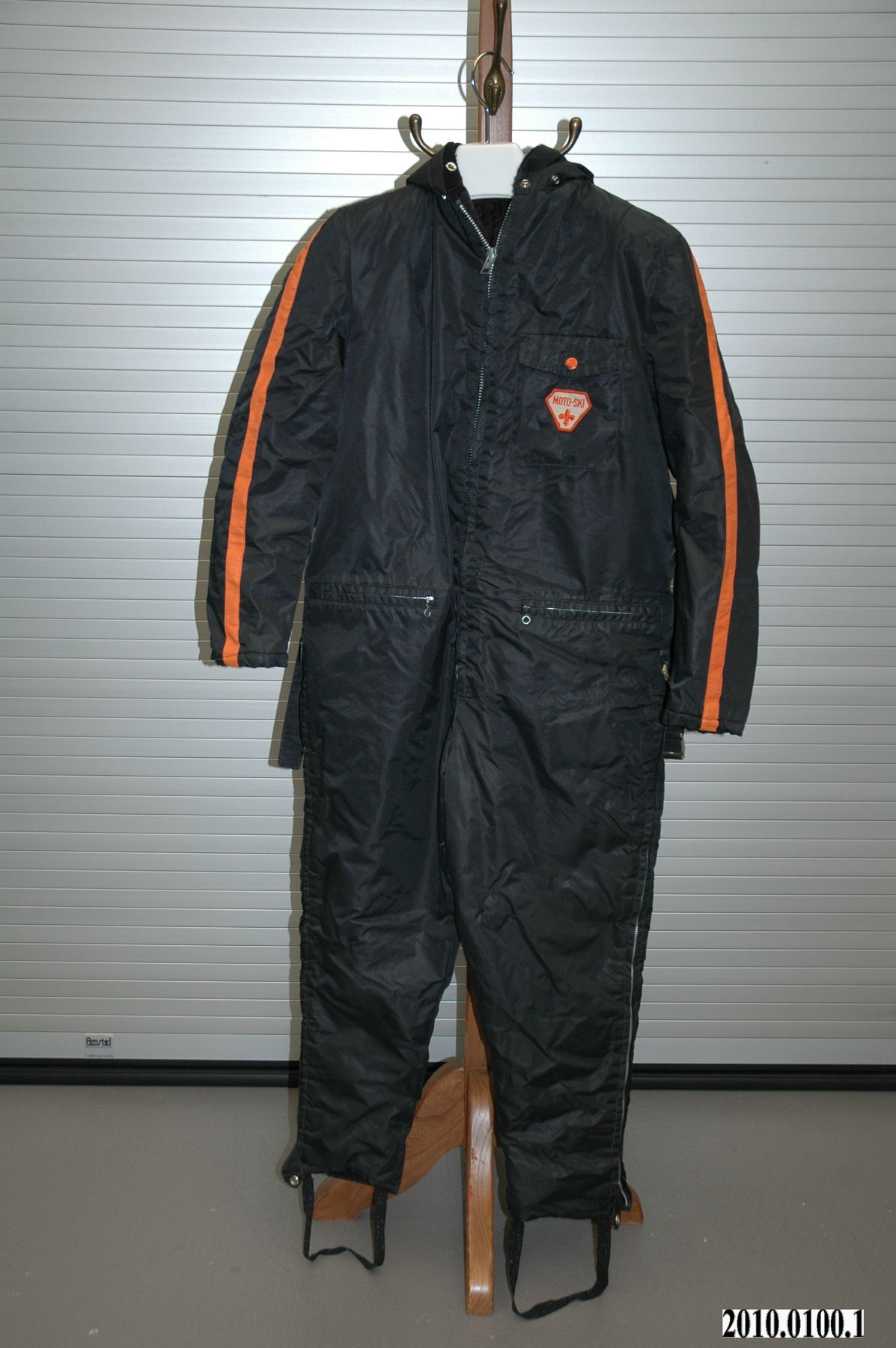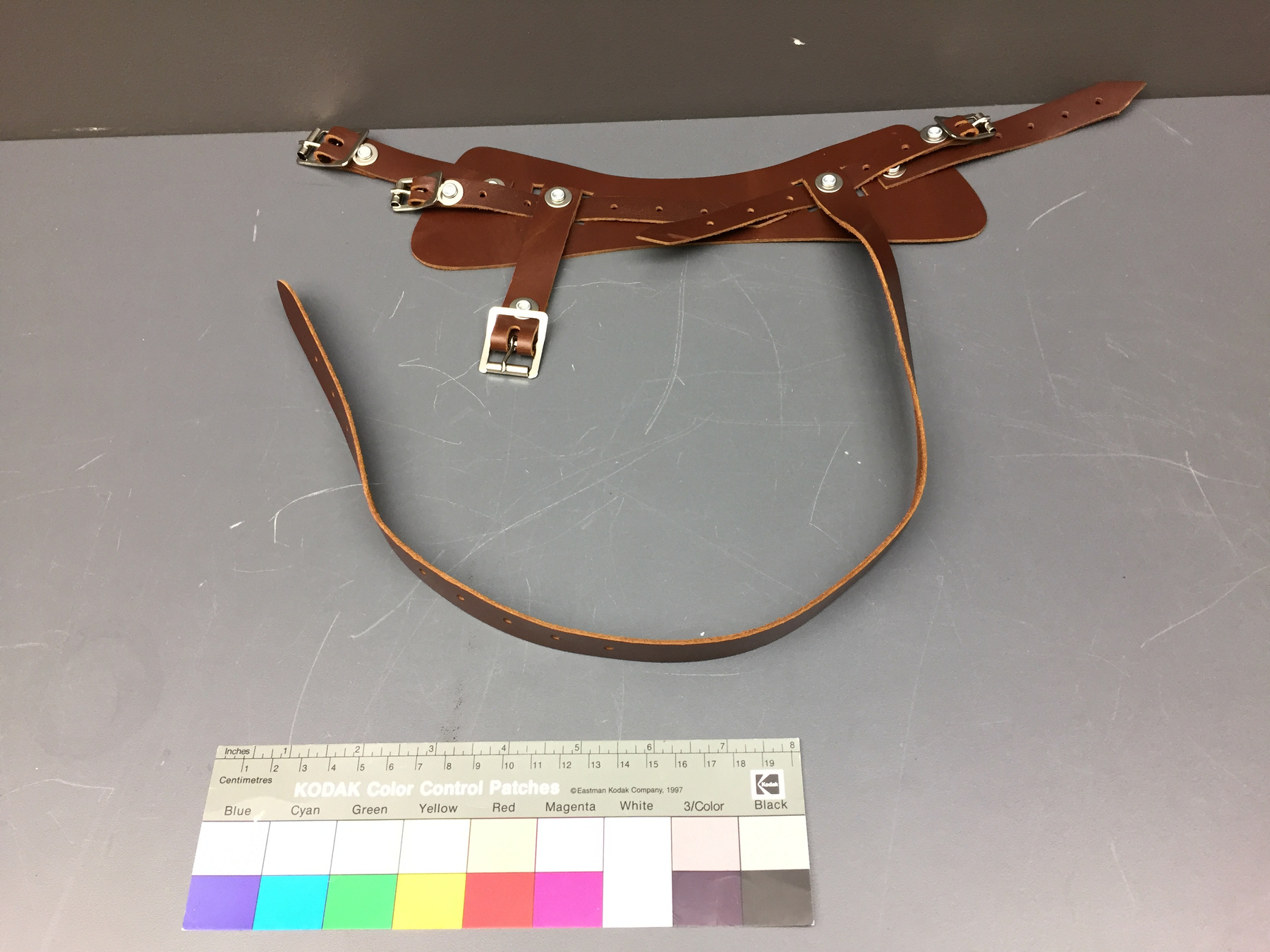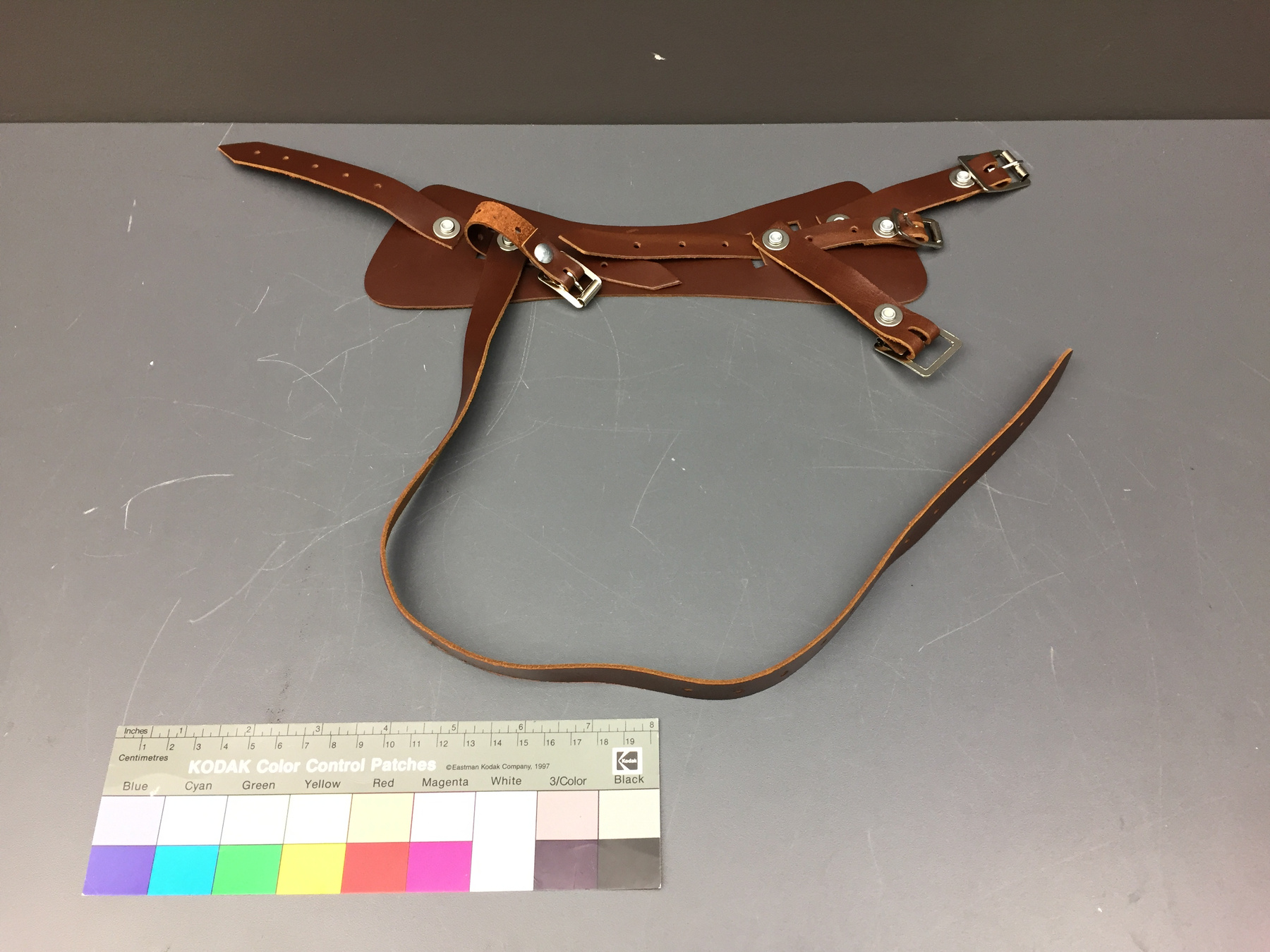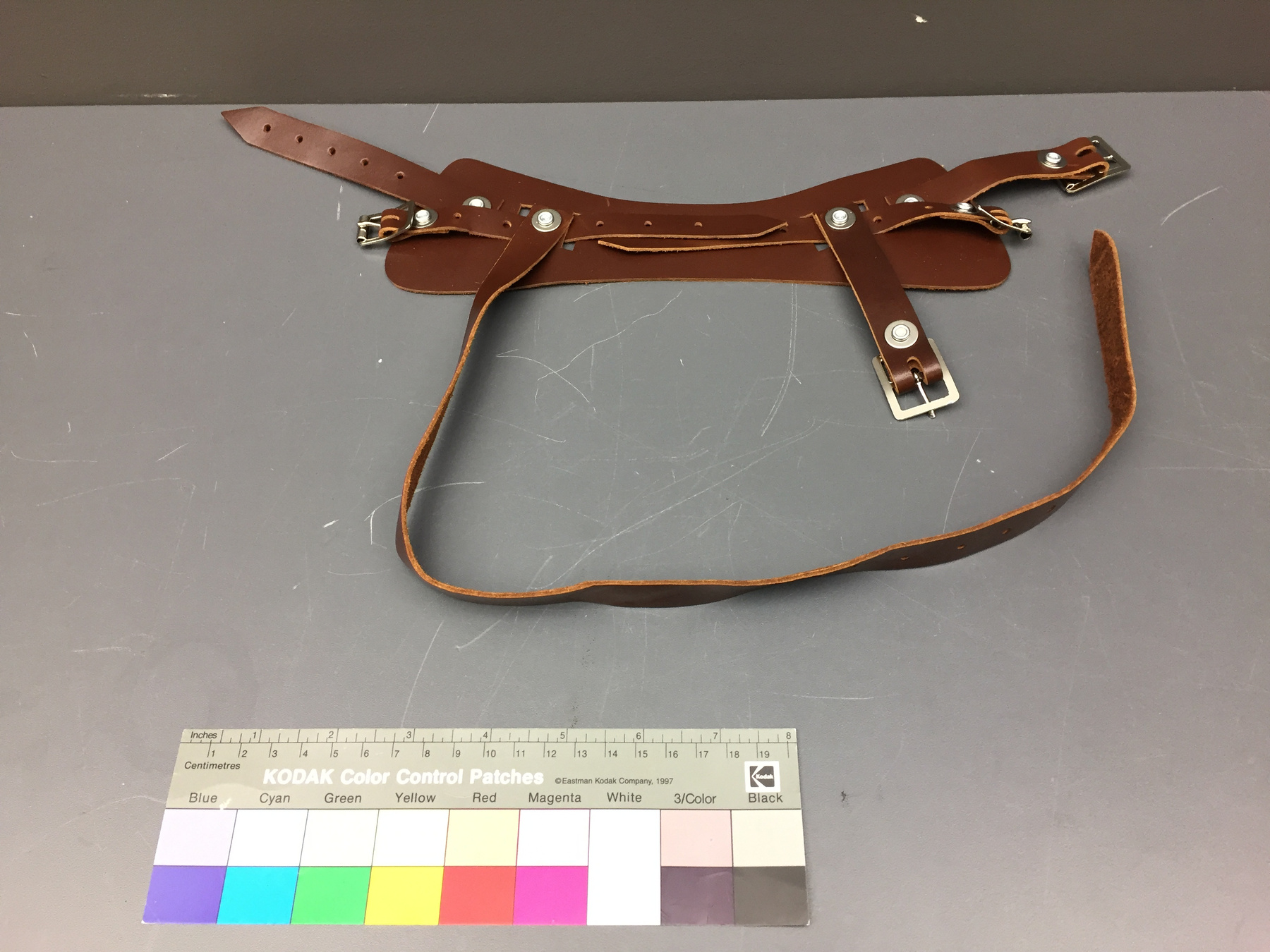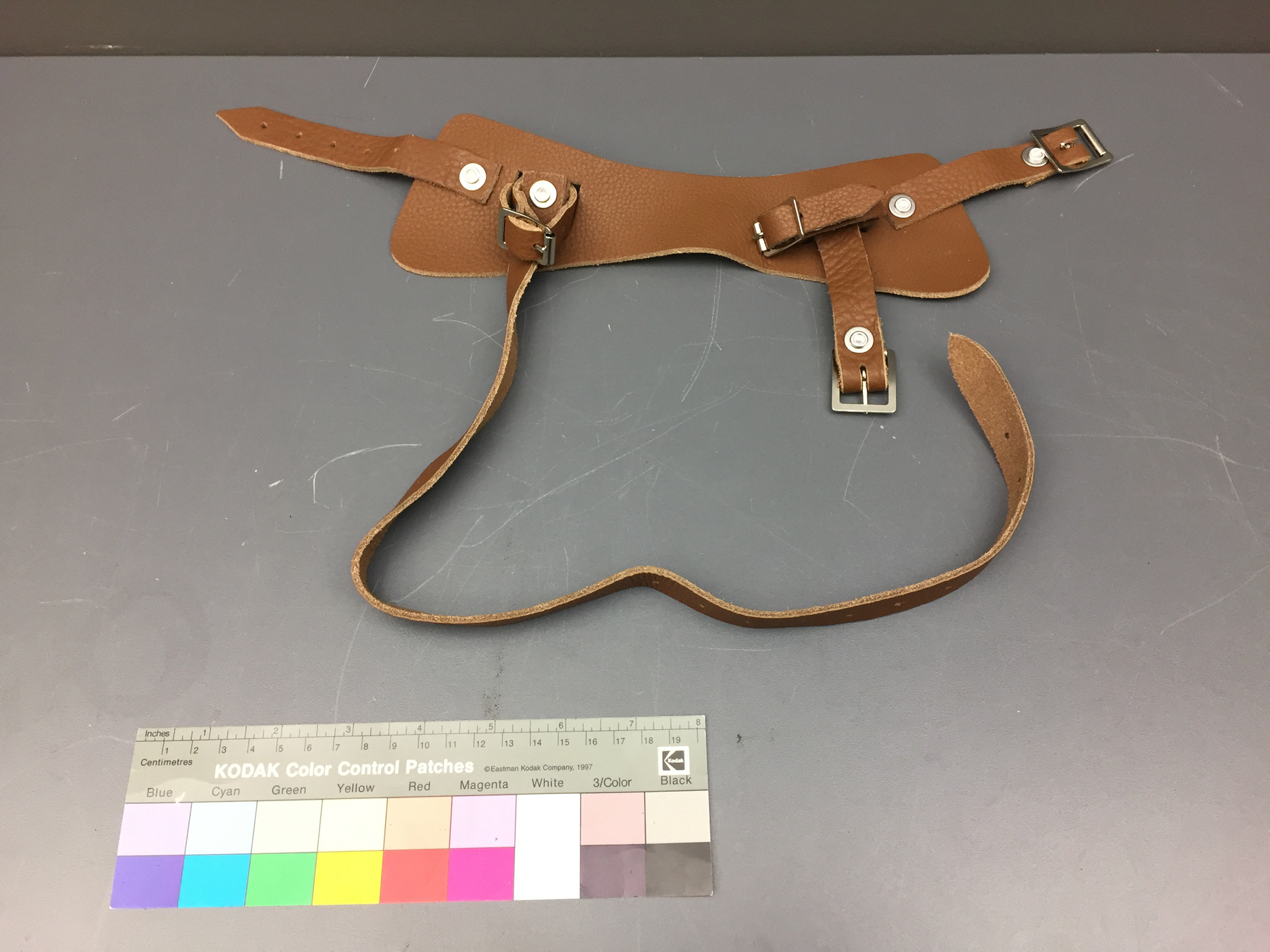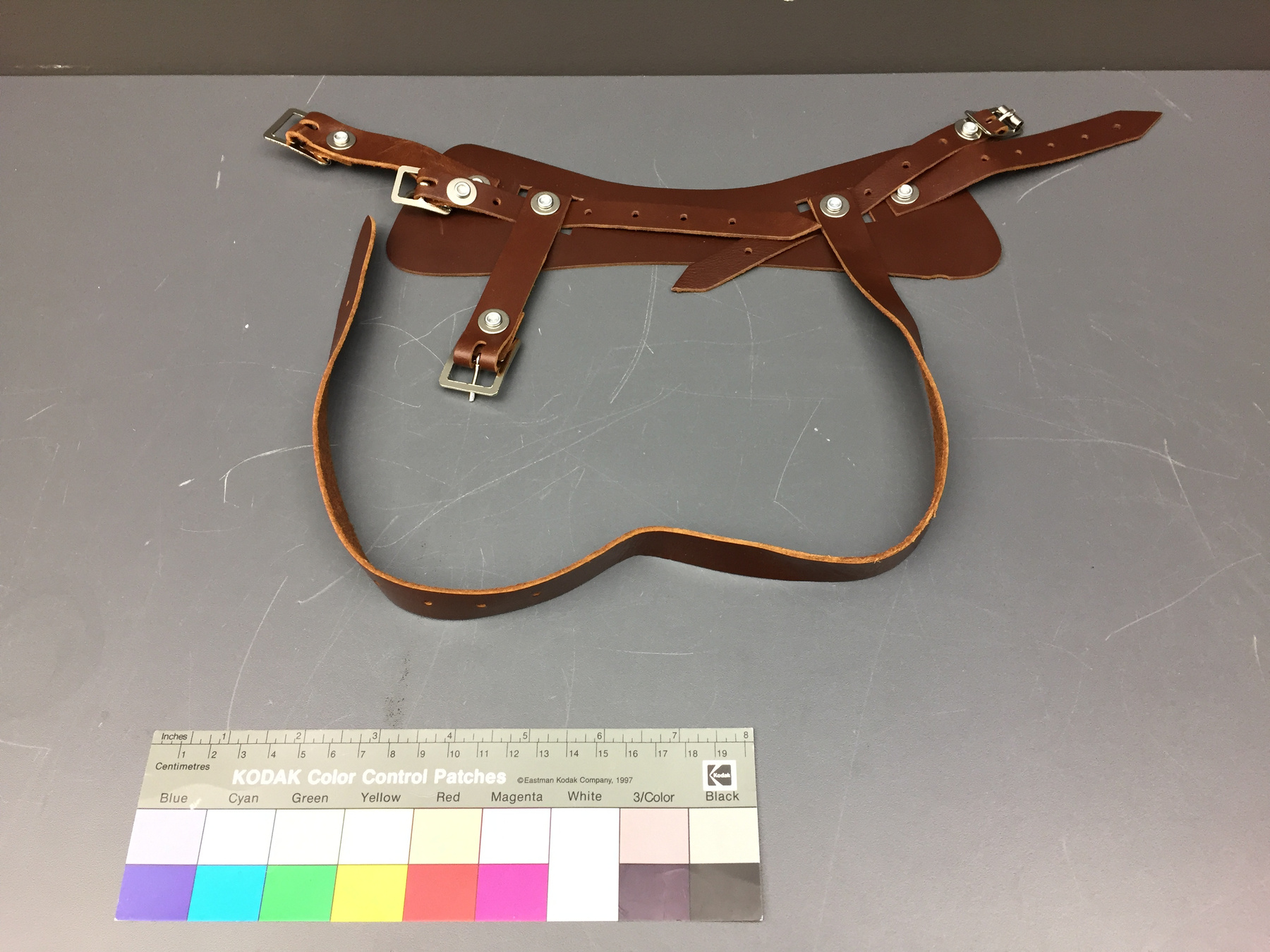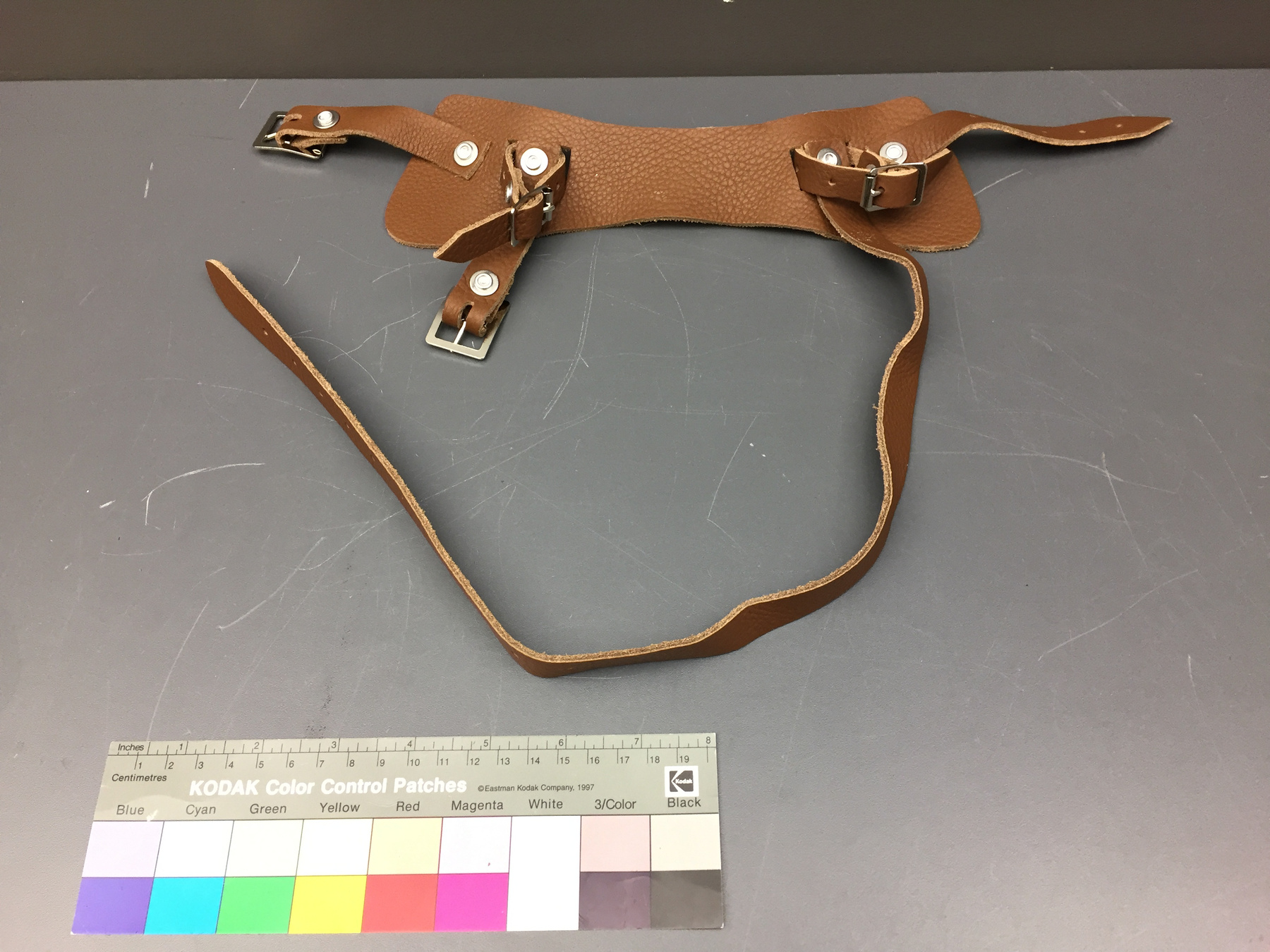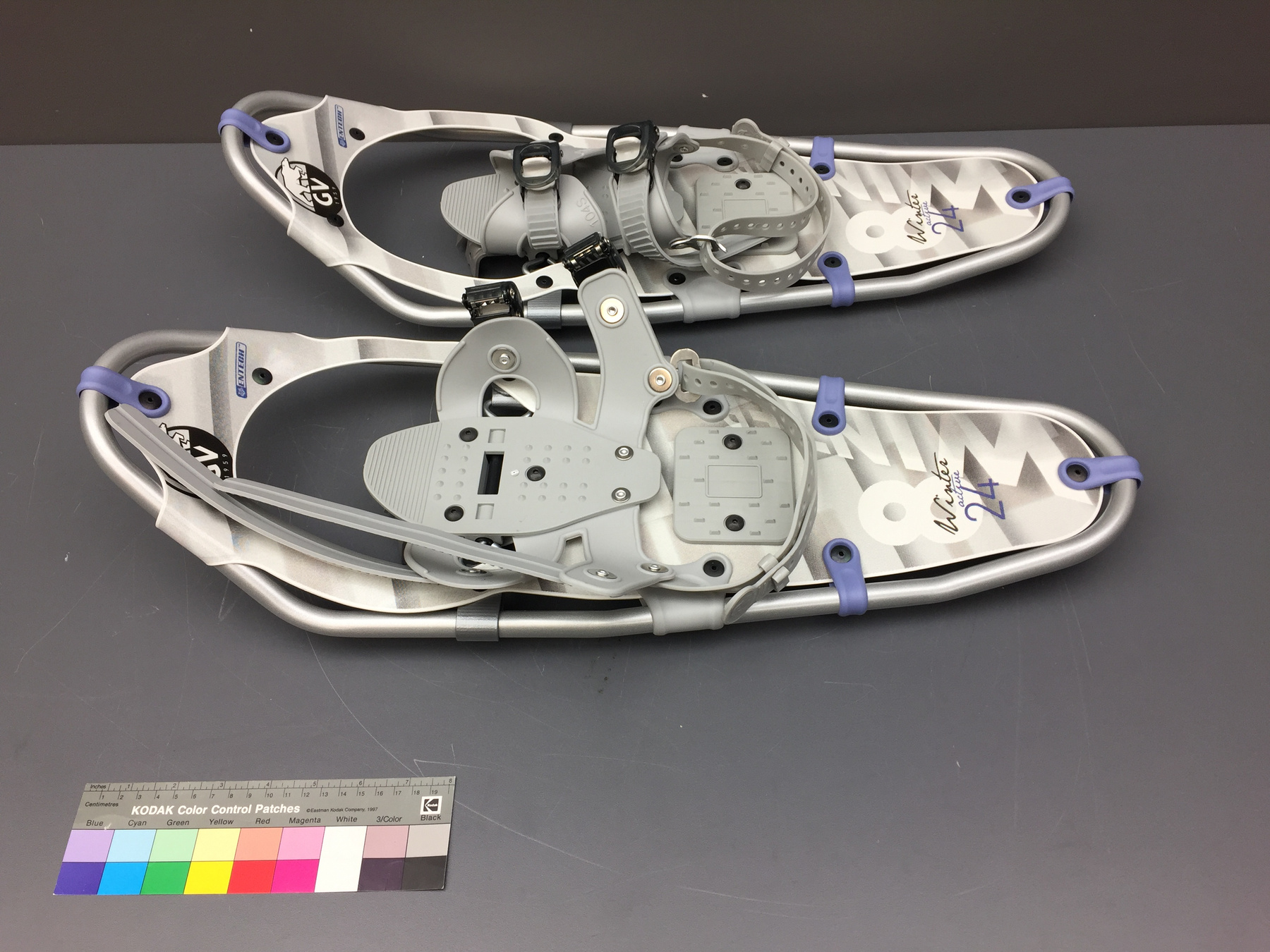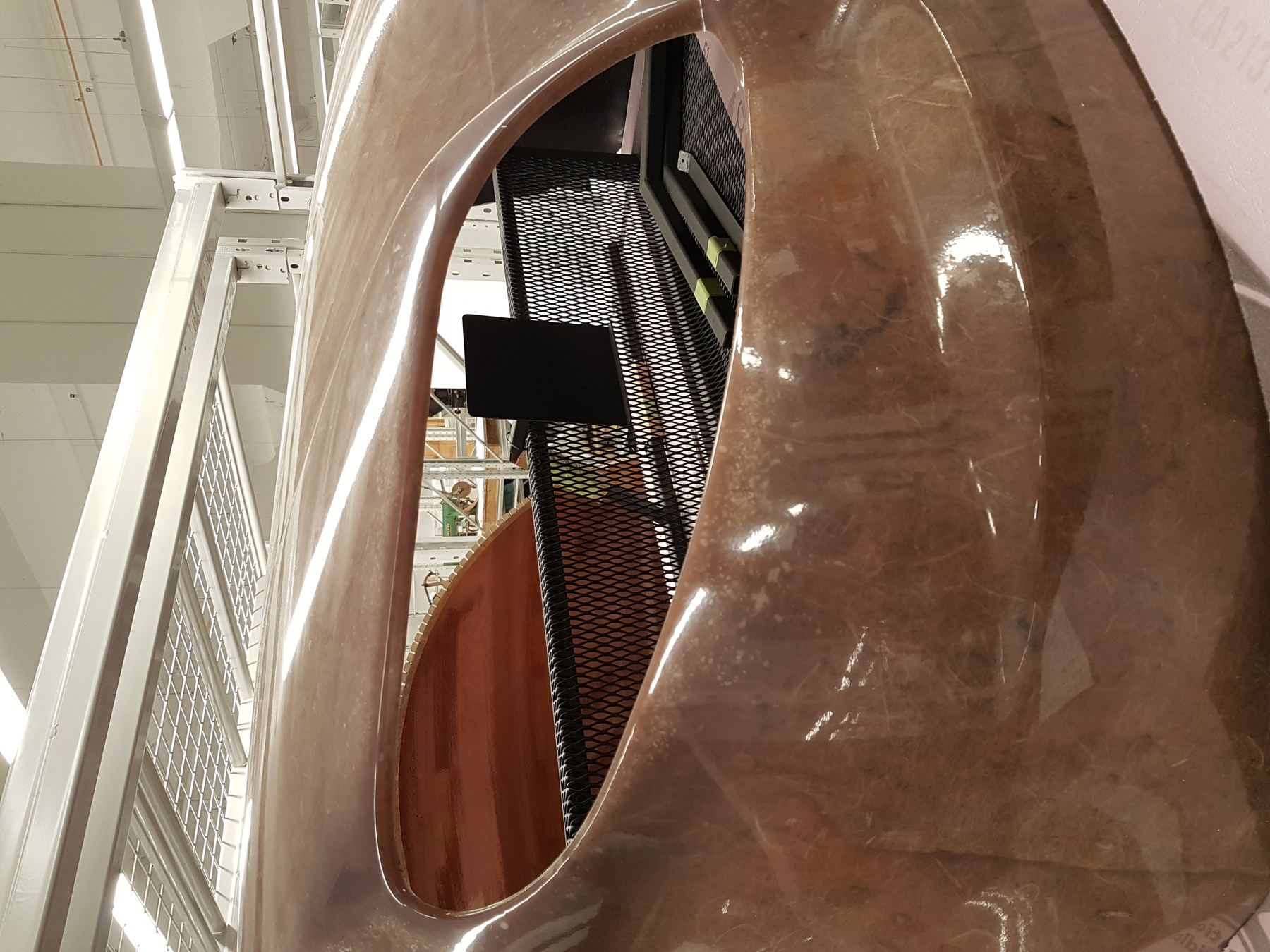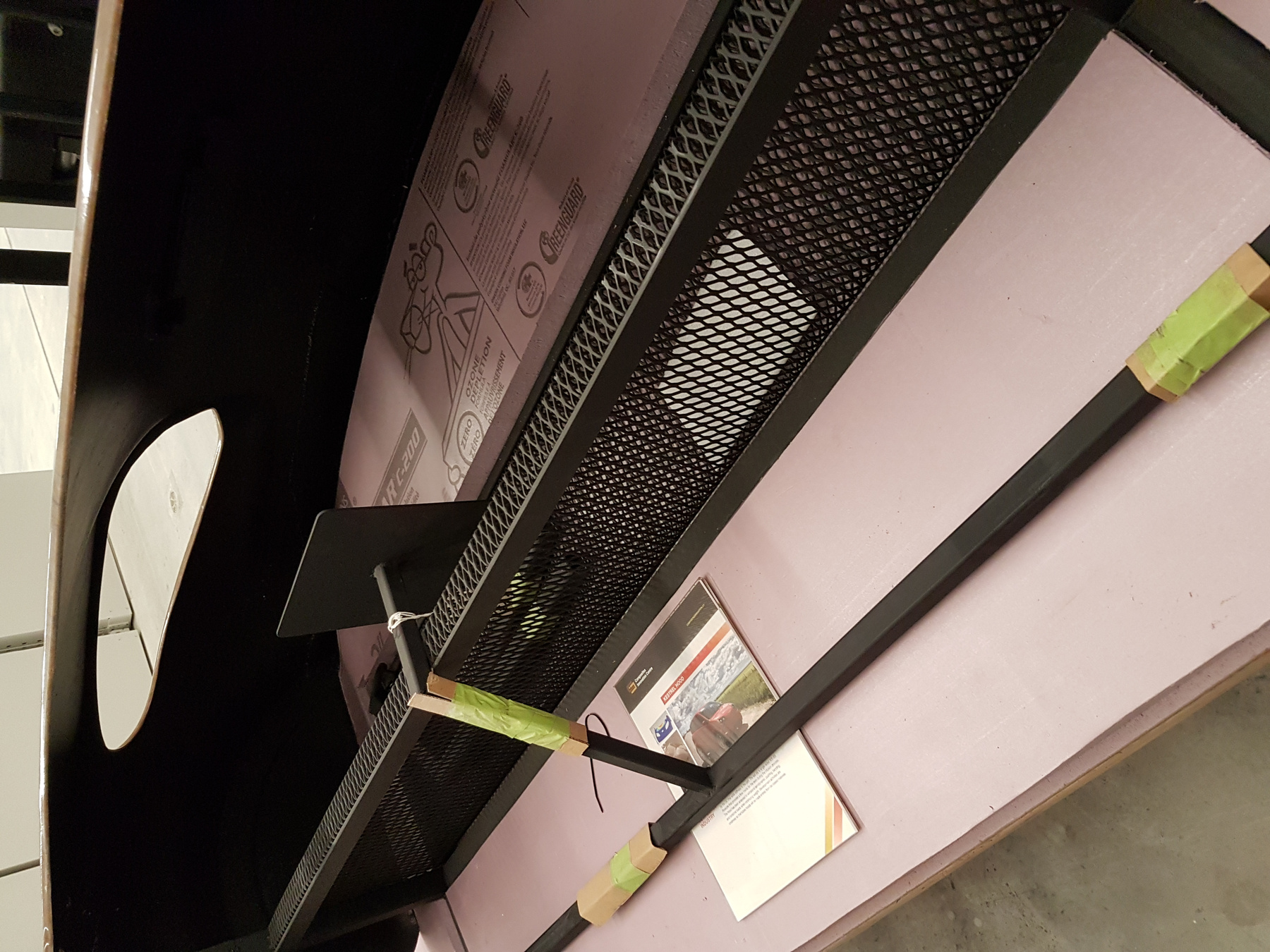Hood
Use this image
Can I reuse this image without permission? Yes
Object images on the Ingenium Collection’s portal have the following Creative Commons license:
Copyright Ingenium / CC BY-NC-ND (Attribution-NonCommercial 4.0 International (CC BY-NC 4.0)
ATTRIBUTE THIS IMAGE
Ingenium,
2014.0378.001
Permalink:
Ingenium is releasing this image under the Creative Commons licensing framework, and encourages downloading and reuse for non-commercial purposes. Please acknowledge Ingenium and cite the artifact number.
DOWNLOAD IMAGEPURCHASE THIS IMAGE
This image is free for non-commercial use.
For commercial use, please consult our Reproduction Fees and contact us to purchase the image.
- OBJECT TYPE
- N/A
- DATE
- 2012–2013
- ARTIFACT NUMBER
- 2014.0378.001
- MANUFACTURER
- Unknown
- MODEL
- Kestrel Hood
- LOCATION
- Unknown
More Information
General Information
- Serial #
- N/A
- Part Number
- 1
- Total Parts
- 1
- AKA
- Kestrel Hemp Hood
- Patents
- N/A
- General Description
- Mix of fiberglass and natural fibres such as hemp fibre, flax, soy and agave. Metal supports/mounts on the inside. Mélange de fibre de verre et fibres naturelles comme hemp, lin, soja et agave. Support en métal à l'intérieur.
Dimensions
Note: These reflect the general size for storage and are not necessarily representative of the object's true dimensions.
- Length
- 91.5 cm
- Width
- 178.0 cm
- Height
- 64.75 cm
- Thickness
- N/A
- Weight
- N/A
- Diameter
- N/A
- Volume
- N/A
Lexicon
- Group
- Non-motorized Ground Transportation
- Category
- N/A
- Sub-Category
- N/A
Manufacturer
- AKA
- Unknown
- Country
- Unknown
- State/Province
- Unknown
- City
- Unknown
Context
- Country
- Canada
- State/Province
- Alberta
- Period
- 2012 / 2013
- Canada
-
The Kestrel Hood exemplifies the renewed interest in "environmentally friendly" car manufacturing in the late 20th and early 21st centuries. In Canada, increased interest in electric vehicles led to Project Eve, a consortium of Canadian companies launched in 2010 designed to promote and support electric vehicle production. The Kestrel car became one of Project Eve's high-profile projects, but the car never entered commercial production. Indeed, a complete car was never built. Motive Industries closed in 2013. The Kestrel's failure highlights the risks of innovation and obstacles to full-scale electric-car production in Canada. As an example of bio-composite manufacturing, The Kestrel Hood represents a growing sector in Canadian agriculturing. While crops such as flax and oilseeds have traditionally contributed materials for manufacturing, there has been increased emphasis in the 2000s on agricultural crops for uses other than food. The Kestrel Hood, which includes Manitoba-grown hemp, represents this new emphasis in agricultural production, which has sought to replace petroleum in numerous industrial applications. The Kestrel Hood also materially represents the intensification of Canadian research efforts in this field: Canadian researchers have been working on automotive bio-materials since at least 2001, when Auto21 was established at the University of Windsor; a key element of its mandate is to research bio-materials and bring them into commercial use in automotive manufacturing. Le capot Kestrel exemplifie l'intérêt renouvelé envers la production d'automobile proenvironnement à la fin du 20e et début du 21e siècle. Au Canada, l'intérêt augmenté envers les automobiles électriques mènent au "Project Eve", un consortium de compagnies Canadiennes crée en 2010 pour promouvoir la production des automobiles électriques. Un des participants du consortium était "Motive Industries" de Calgary, une compagnie en conseil en conception d'automobile. L'auto Kestrel est devenu un des projets vedette de "Project Eve", mais l'auto n'a jamais été produite commercialement. Ceci dit, un auto entière n'a jamais été construite et "Motive Industries" a fermé leurs portes en 2013. L'échec de Kestrel souligne les risques en innovations et les obstacles d'une production d'automobile électrique à grande échelle au Canada. En tant qu'exemple de production bio-composite, le capot représente un secteur en croissance d'agriculture canadienne. Alors que certaines ressources comme le lin et oléagineux ont traditionnellement été utilisés comme matériaux de production, il y a un nouvel emphase dans les années 2000 pour utiliser autres ressources d'agriculture en production. Le capot Kestrel, qui inclue du chanvre venant du Manitoba, représente un nouveau mouvement en production d'agriculture qui pousse a remplacé le pétrole dans plusieurs secteurs industriels. Le capot Kestrel représente également l'intensification des efforts en recherche dans ce domaine de la part du Canada. Des chercheurs canadiens travaillent sur la recherche des matériaux biologiques depuis 2001 lorsque "Auto21" a été établi à l'Université de Windsor. Un élément clé de leur mandat est la recherche en matériaux biologiques et les introduire en utilisation commerciale en ce qui concerne la production automobile. - Function
-
The Kestrel Hood is the front hood for a prototype electric vehicle, the Kestrel Car. Le capot d'automobile pour le prototype d'un véhicule électrique, l'automobile Kestrel. - Technical
-
The Kestrel Hood demonstrated that structural car parts can be constructed of bio-composite materials capable of withstanding strong forces. With a high strength-to-weight ratio, the Kestrel Hood provided a light-weight part for a concept hybrid electric vehicle. The bio-materials used in the Kestrel included Manitoba-grown hemp fibre as well as fax, soy and agave. Bio-composite parts such as hemp-based hoods have the potential of replacing heavier steel components, reducing reliance on petroleum based materials and the carbon footprint of automobile manufacture. This desideratum goes back to Henry Ford, who sought to use soy as a feed-stock for the production of automobile parts. Le capot Kestrel démontre que certaines pièces structurel d'un automobile peut être construit de matériaux bio-composite étant capable de résister des forces puissantes. Avec un rapport résistance/poids élevé, le capot Kestrel est une pièce légère faisant partie du concept d'un véhicule électrique hybride. Les matériaux biologiques utilisés dans le projet Kestrel inclue du chanvre poussé au Manitoba, ainsi que fax, soja et agave. Des composantes bio-composite comme des capots à base de chanvre ont le potentiel de remplacer certaines composantes à base d'acier, réduire la dépendance sur les matériaux à base de pétrole et réduire l'empreinte de charbon de la production d'automobile. Ce desiderata remonte à Henry Ford, qui cherchait à utiliser le soja comme matière première pour la production de pièces automobiles. - Area Notes
-
Unknown
Details
- Markings
- N/A
- Missing
- None apparent
- Finish
- Brown composite mix of fiberglass and natural fibres. Mélange composite brun de fibre de verre et de fibres naturelles.
- Decoration
- None
CITE THIS OBJECT
If you choose to share our information about this collection object, please cite:
Unknown Manufacturer, Hood, circa 2012–2013, Artifact no. 2014.0378, Ingenium – Canada’s Museums of Science and Innovation, http://collection.ingeniumcanada.org/en/id/2014.0378.001/
FEEDBACK
Submit a question or comment about this artifact.
More Like This


